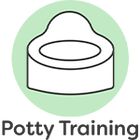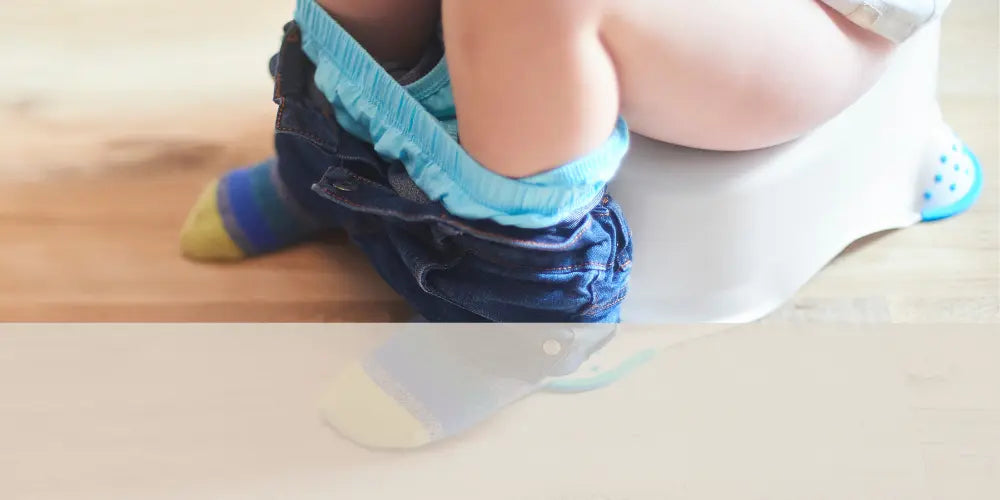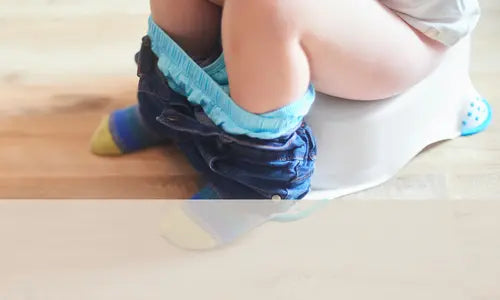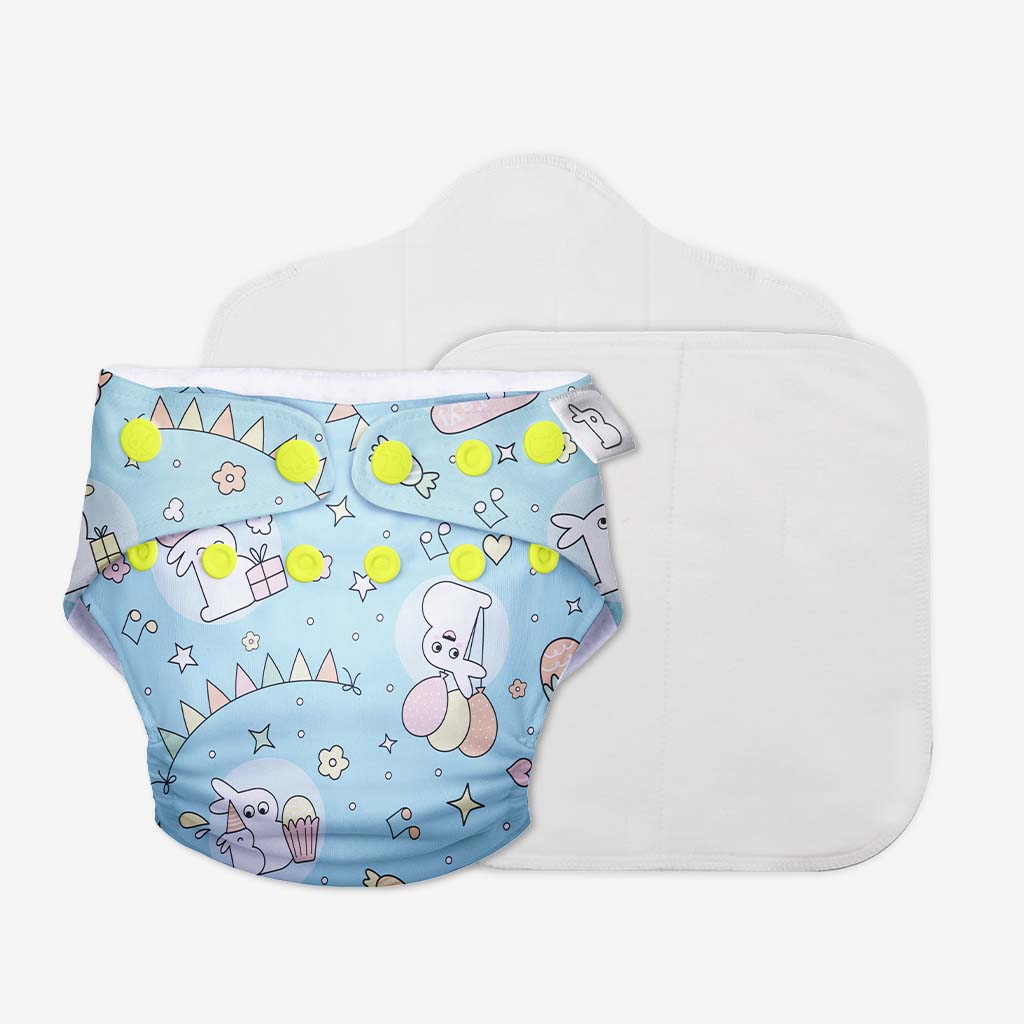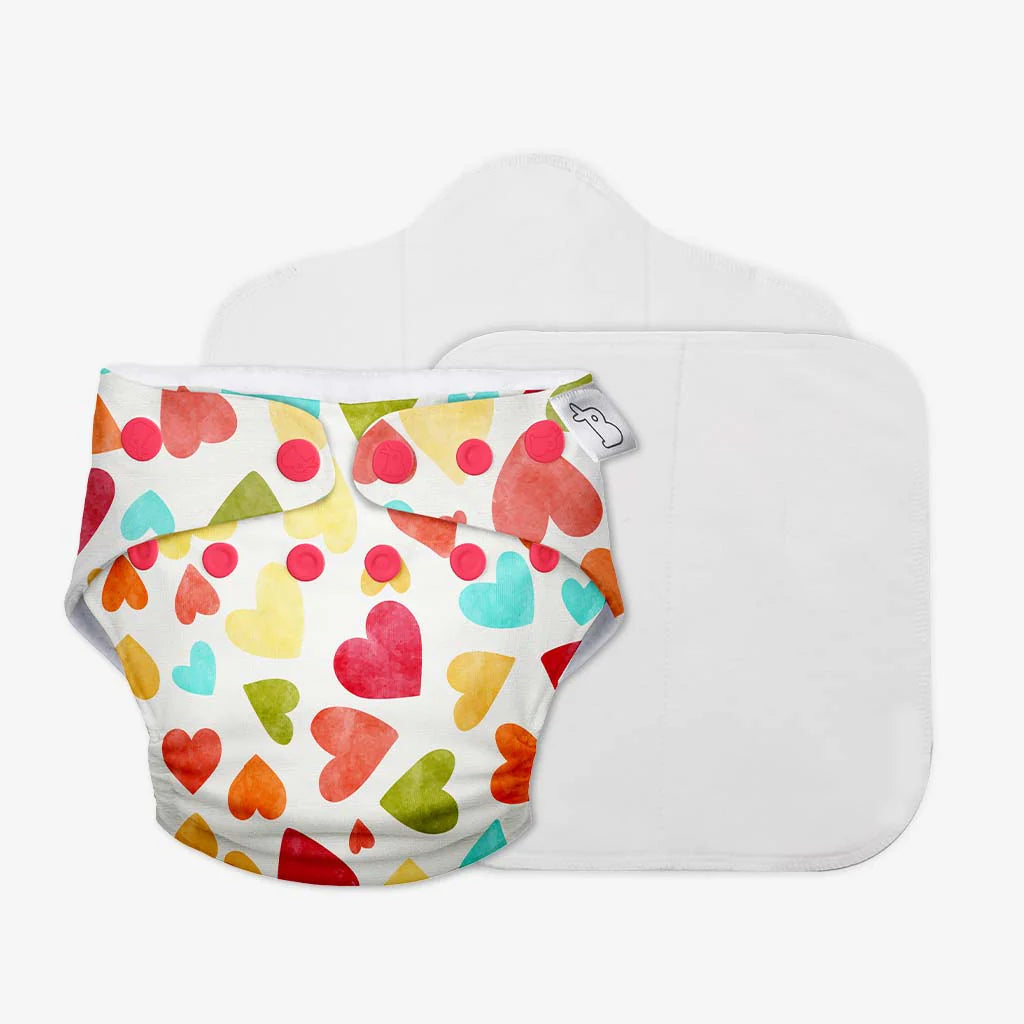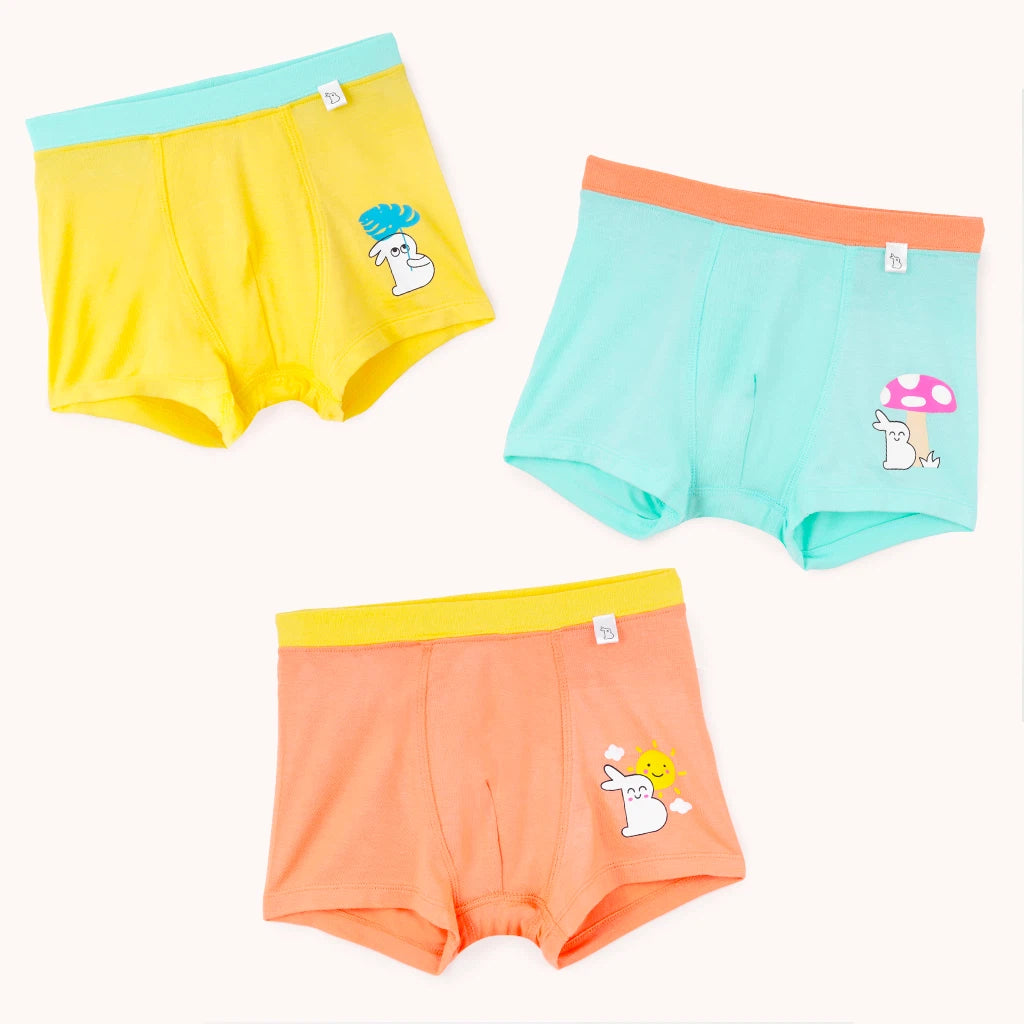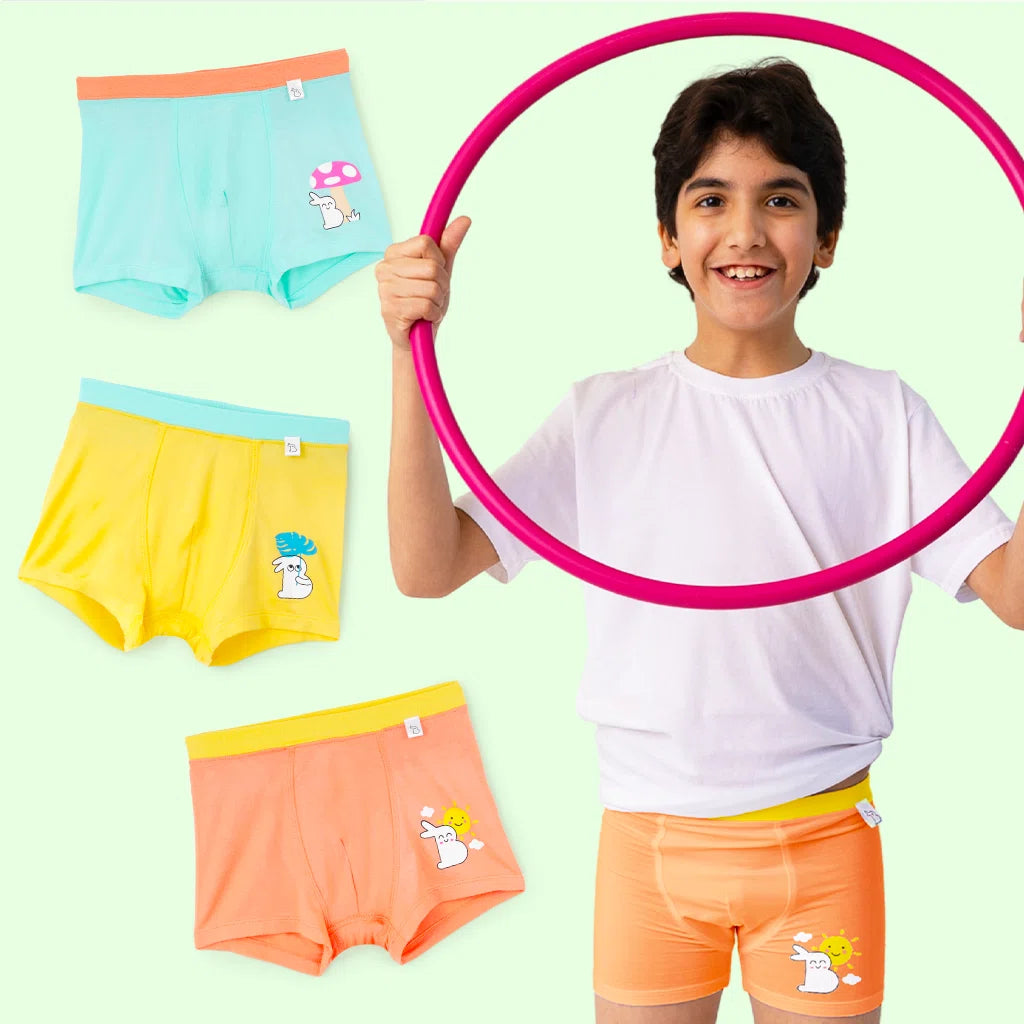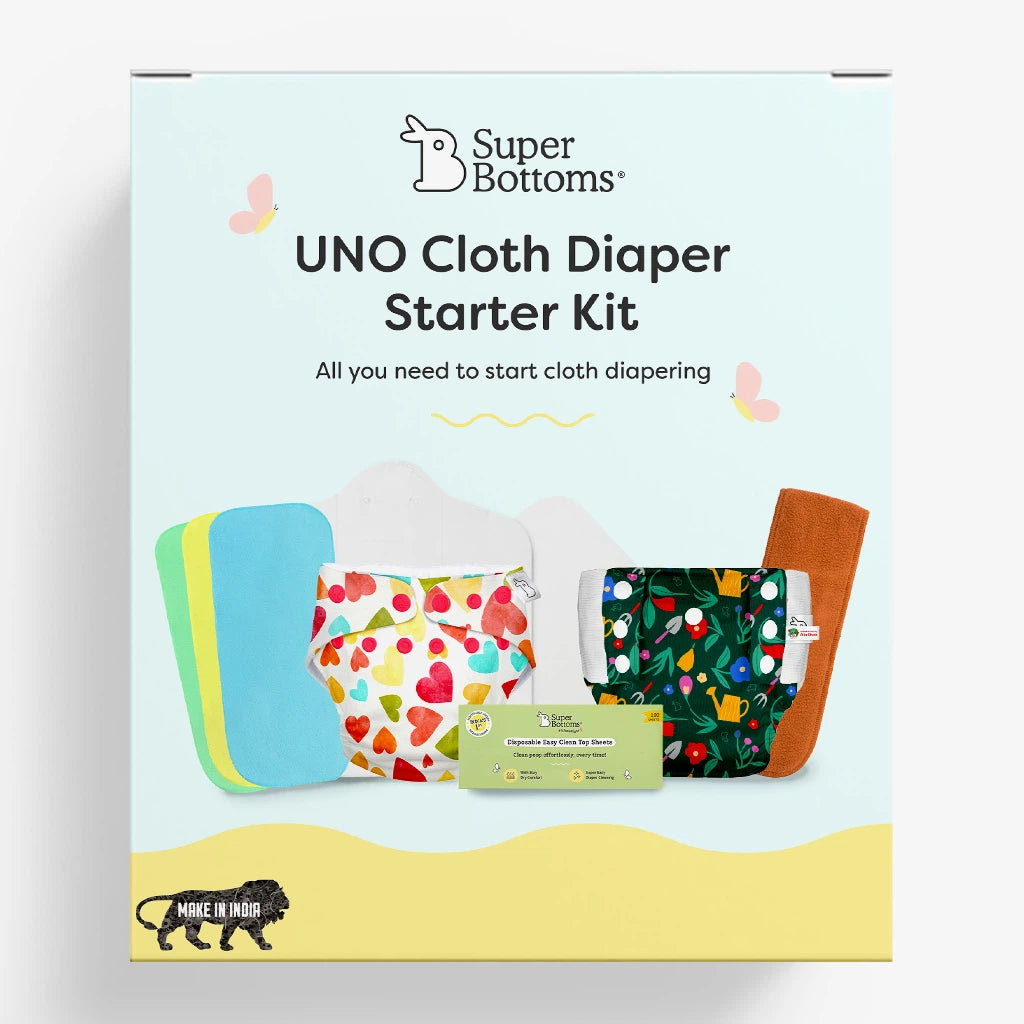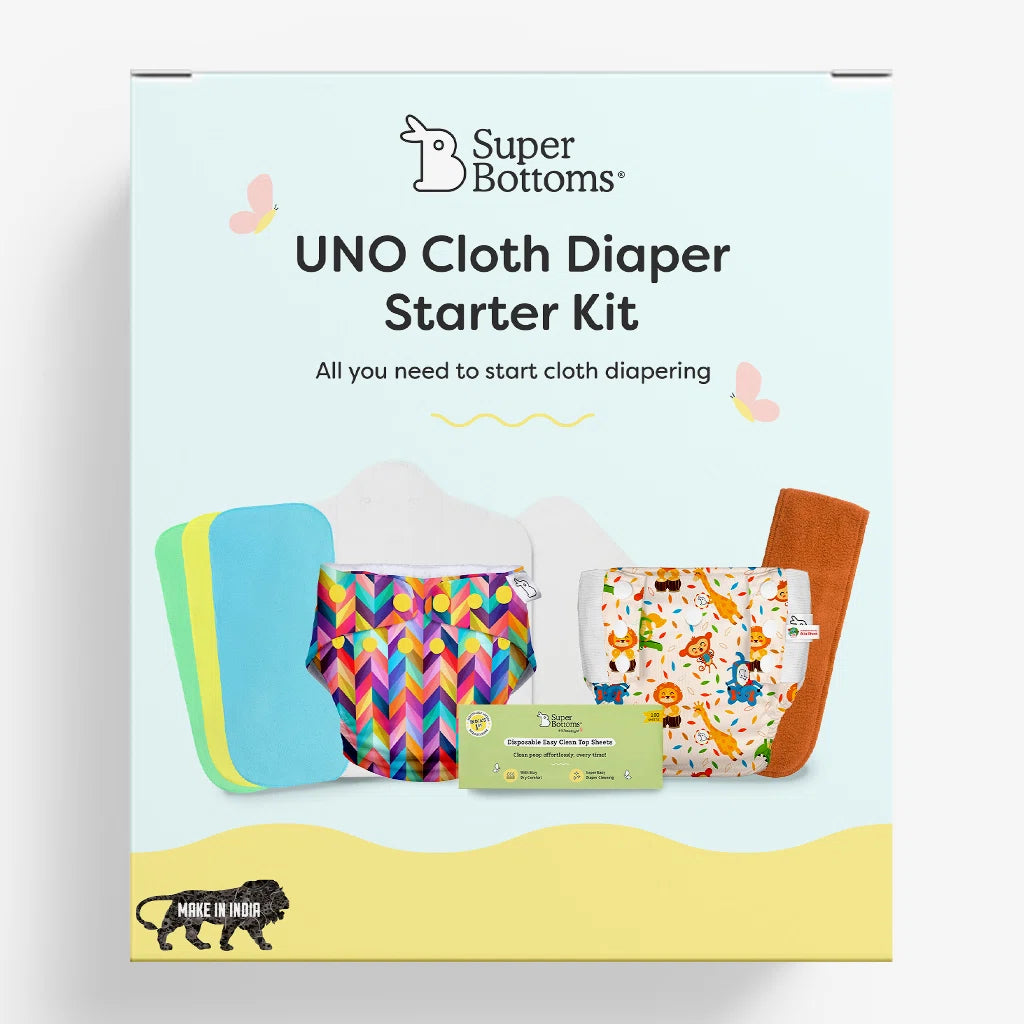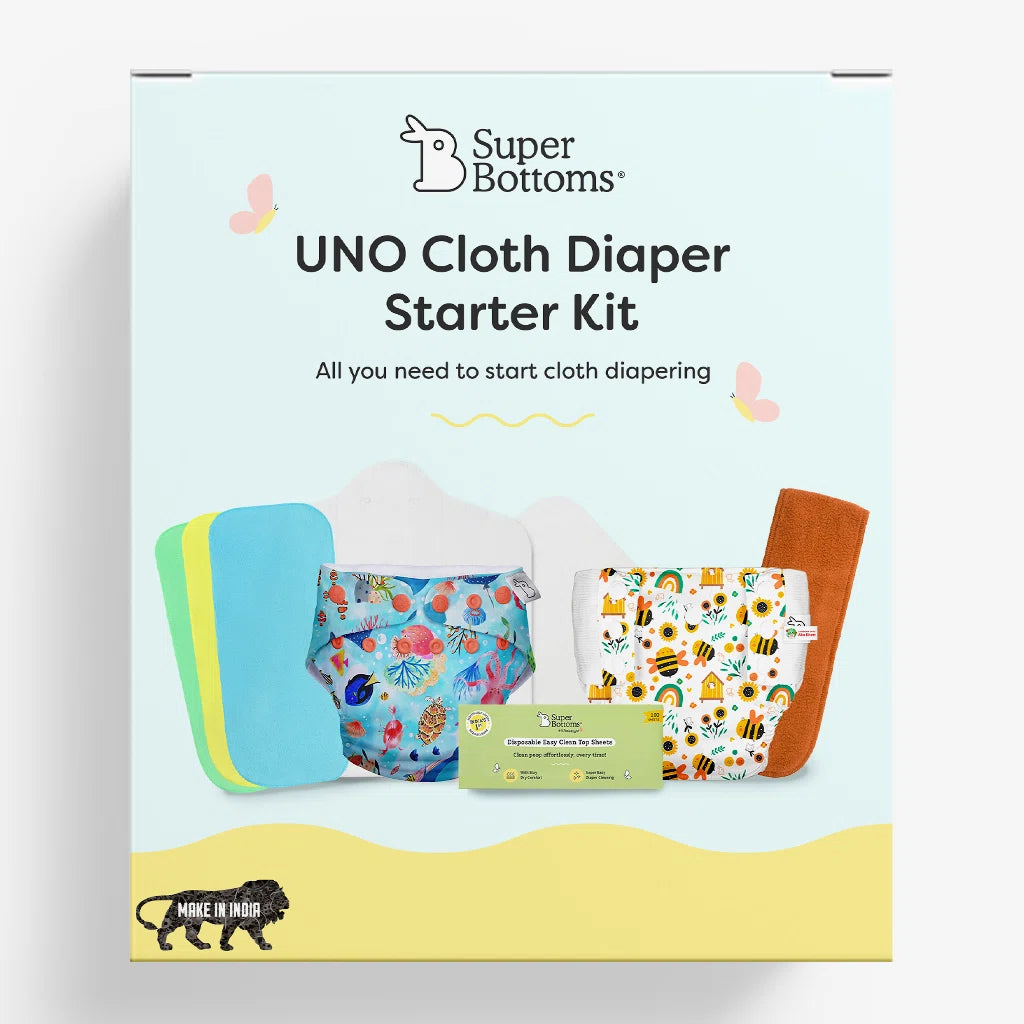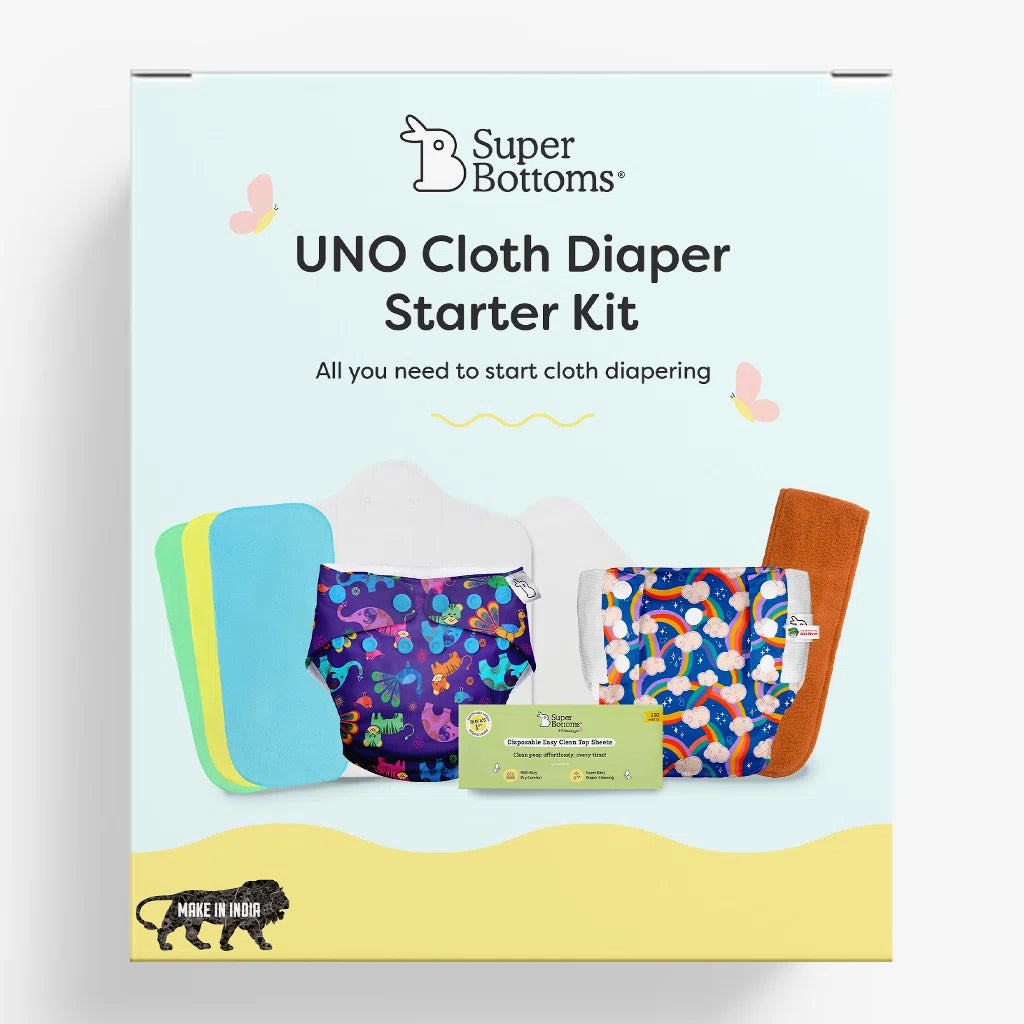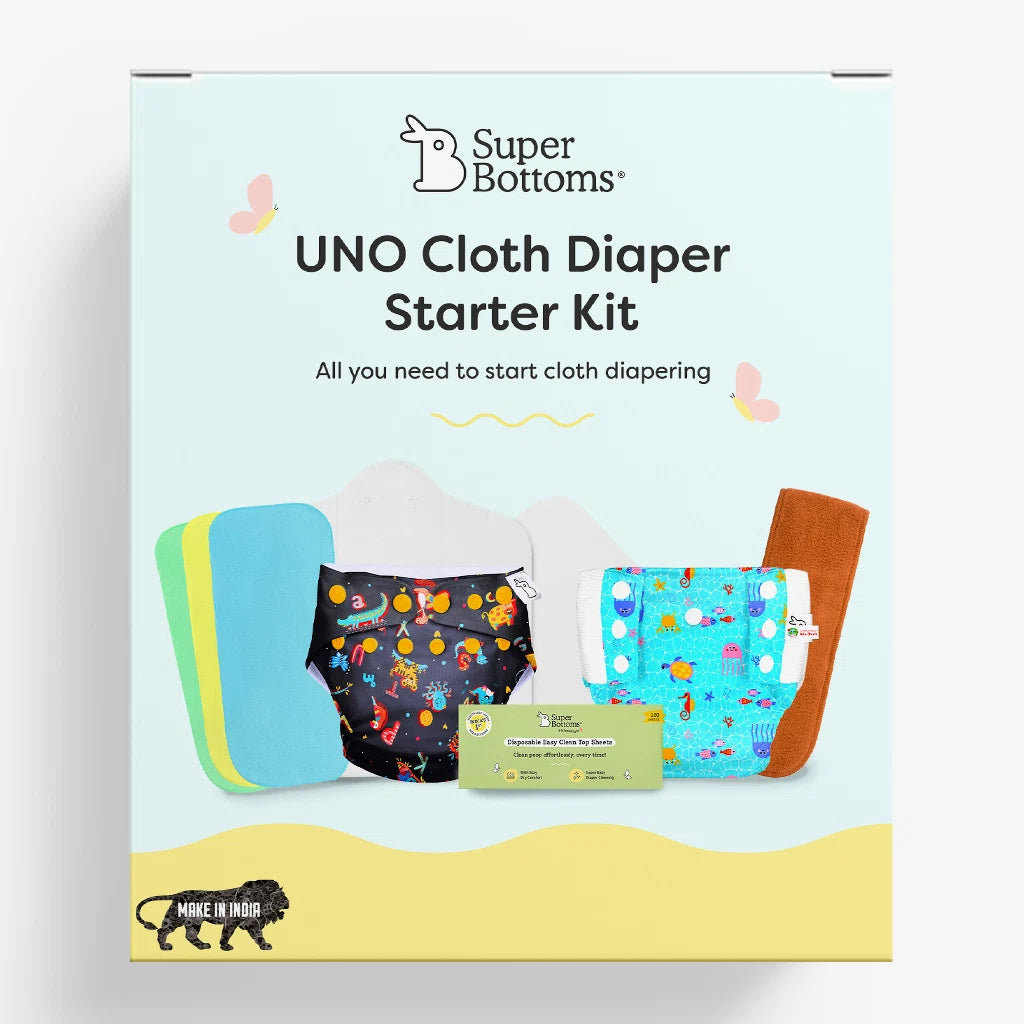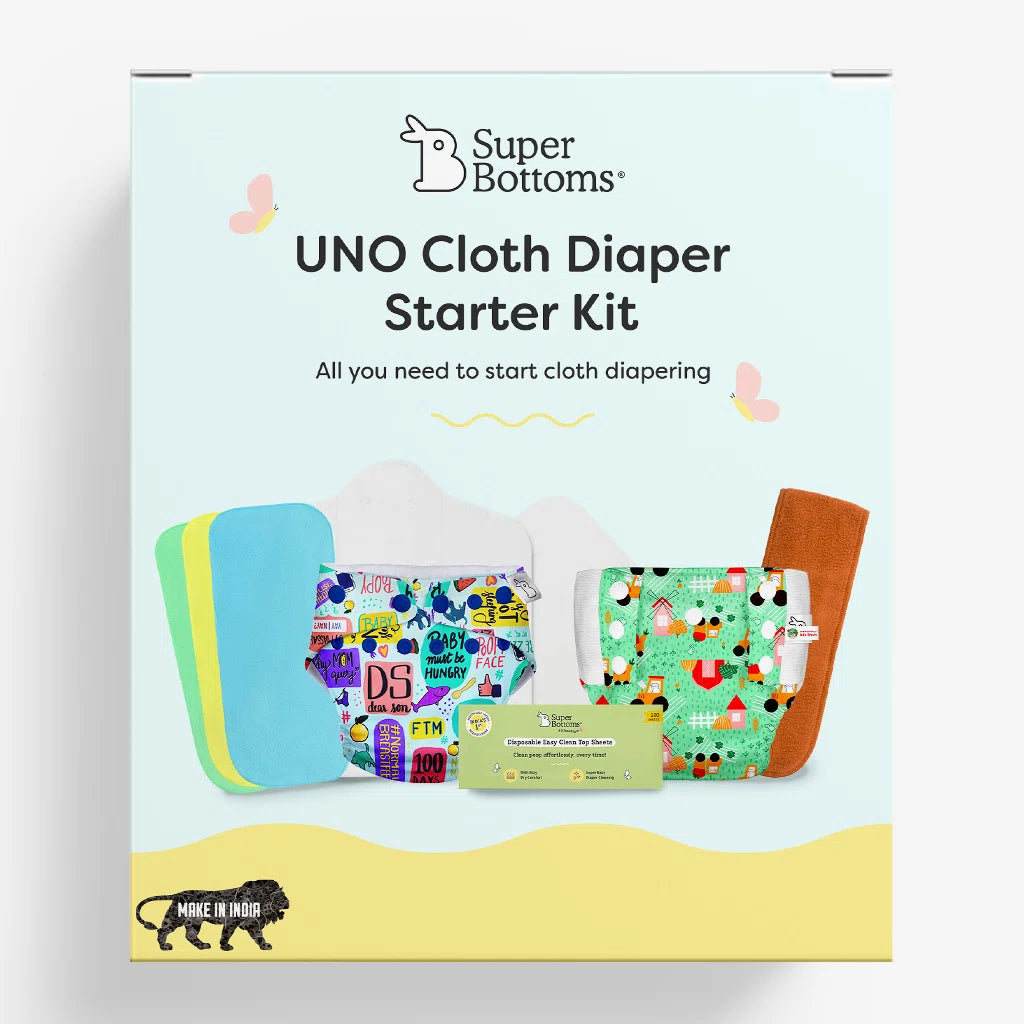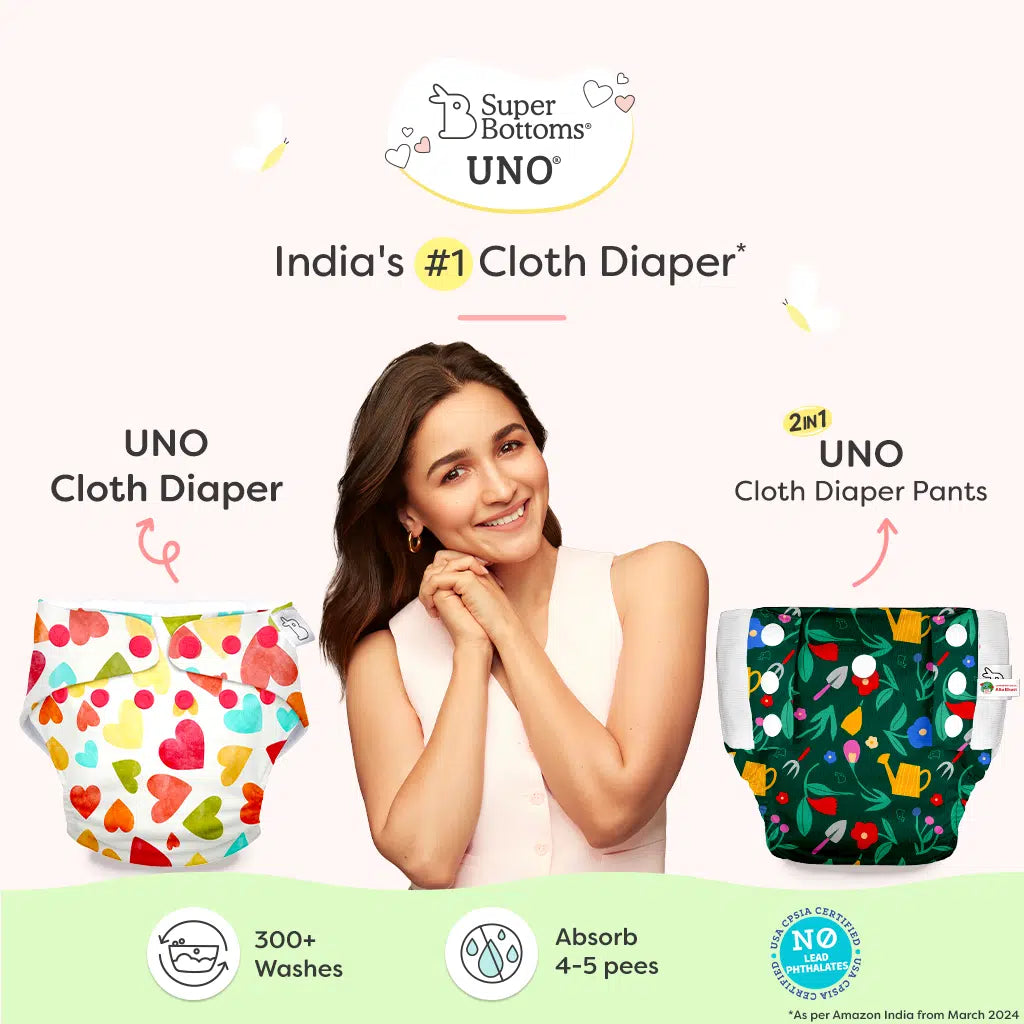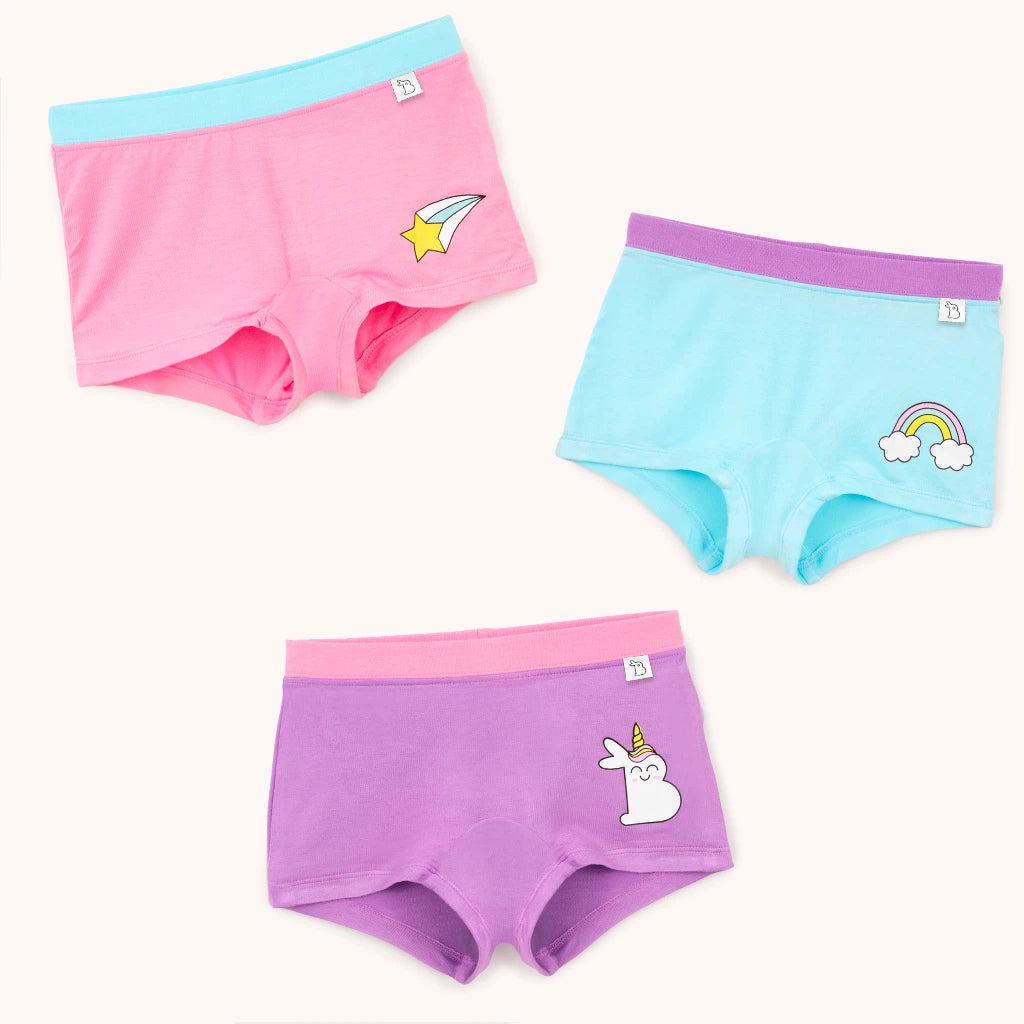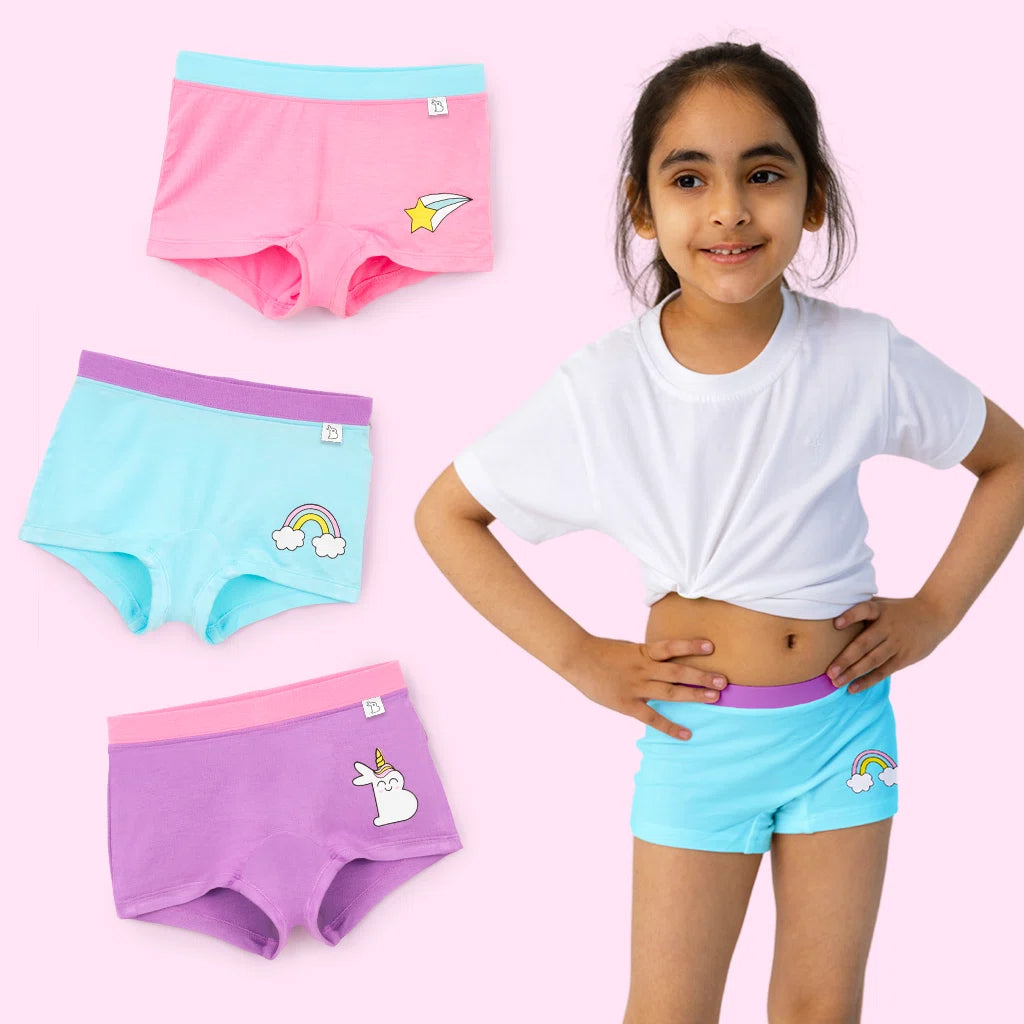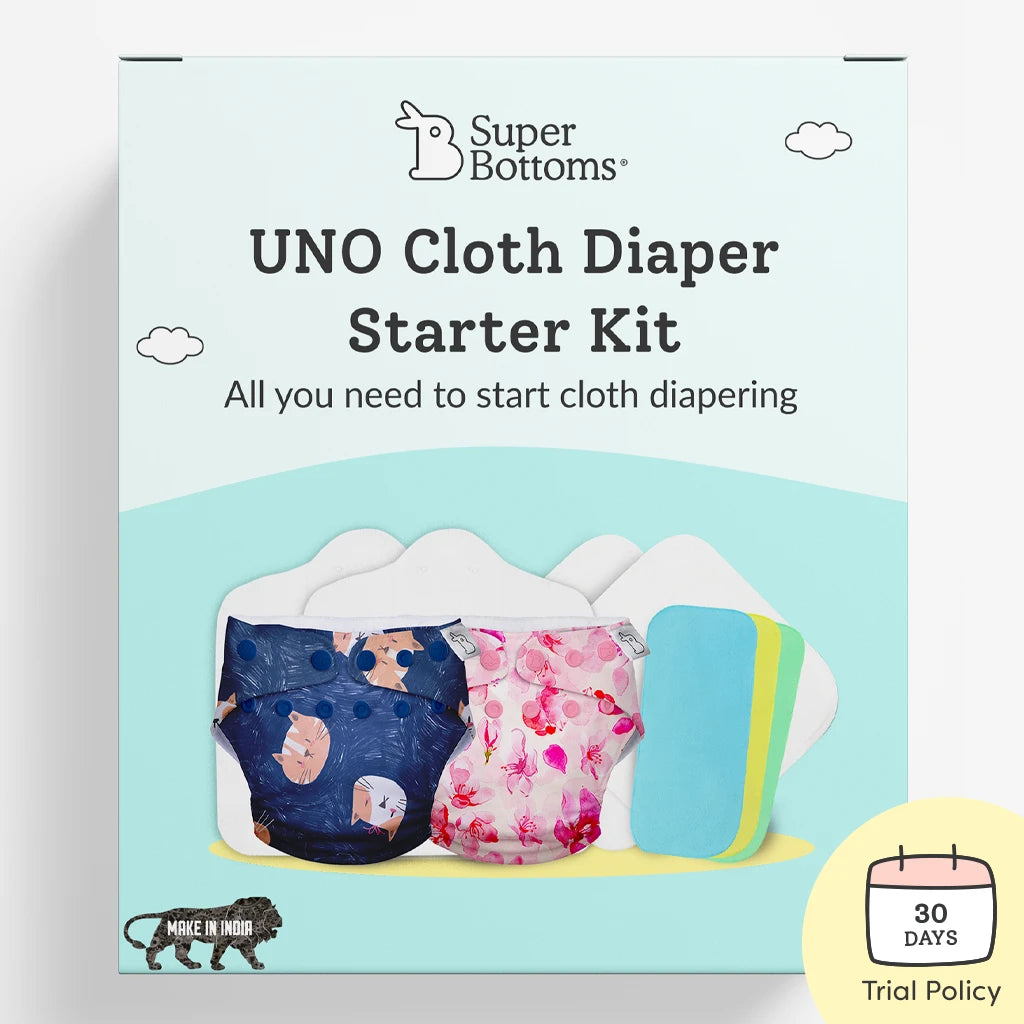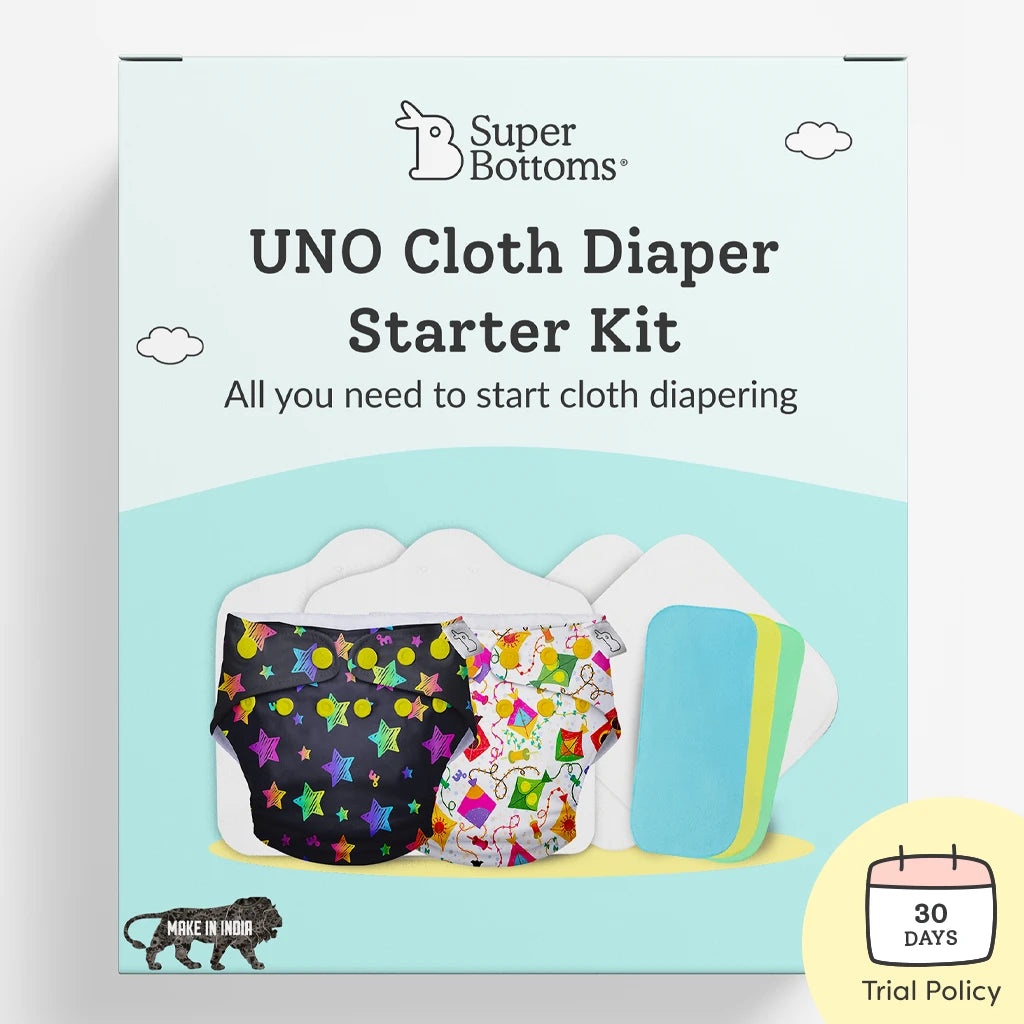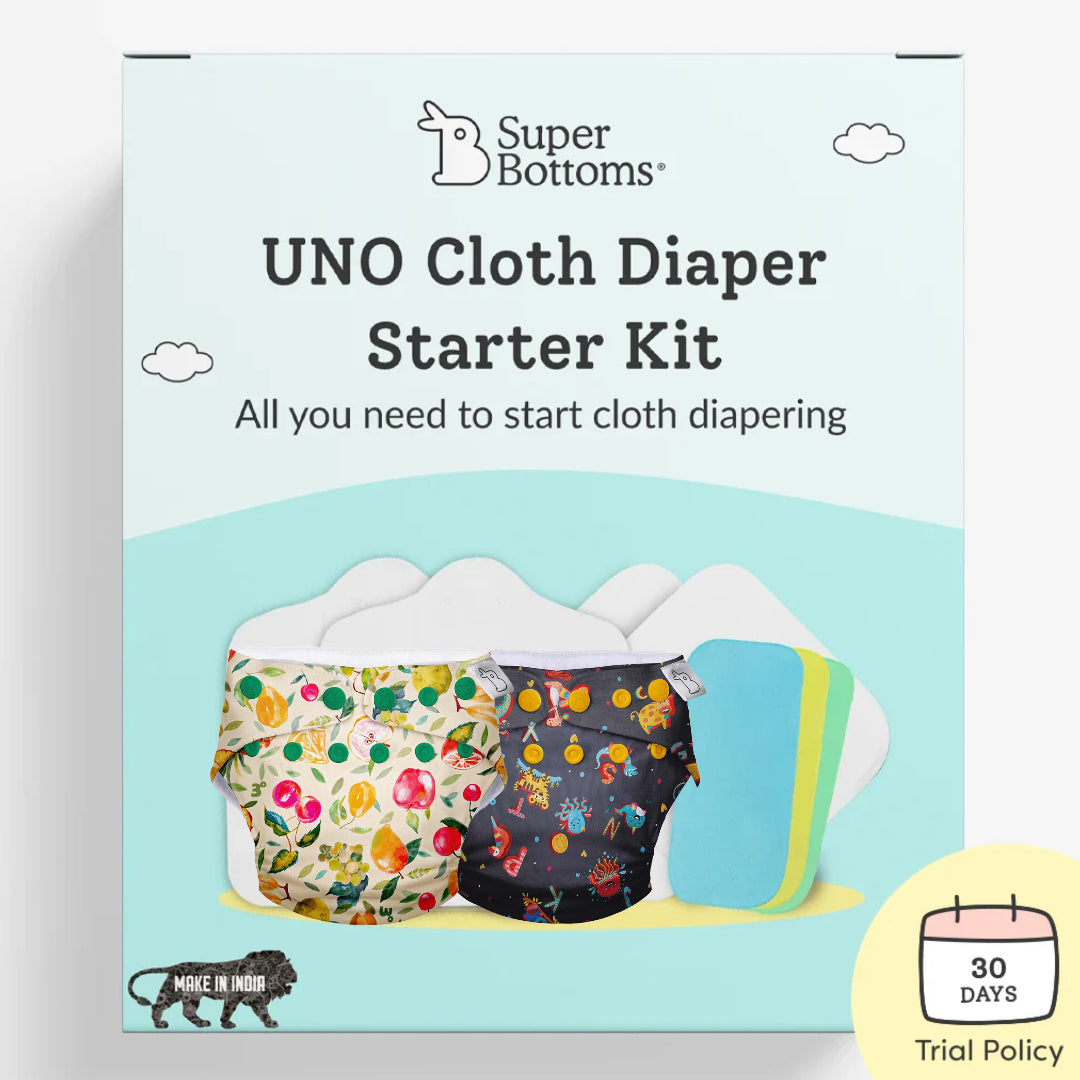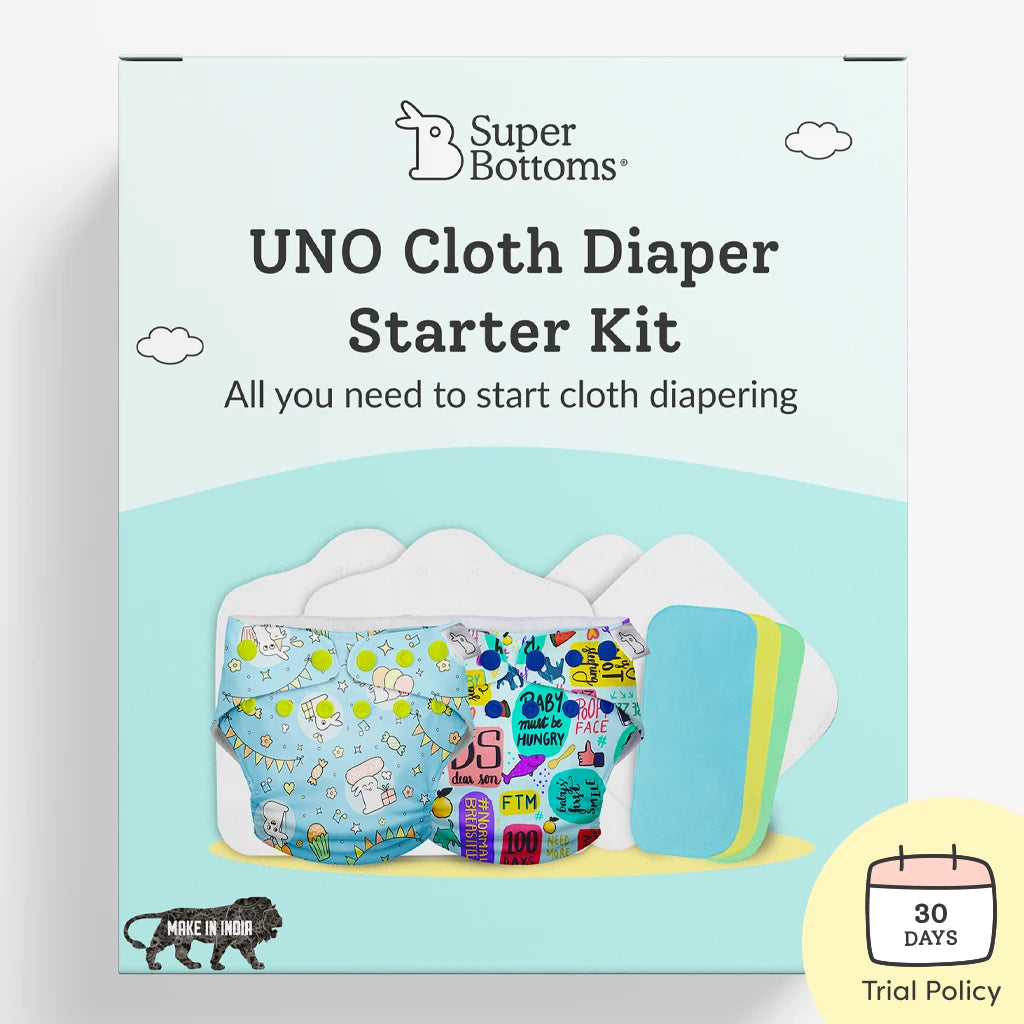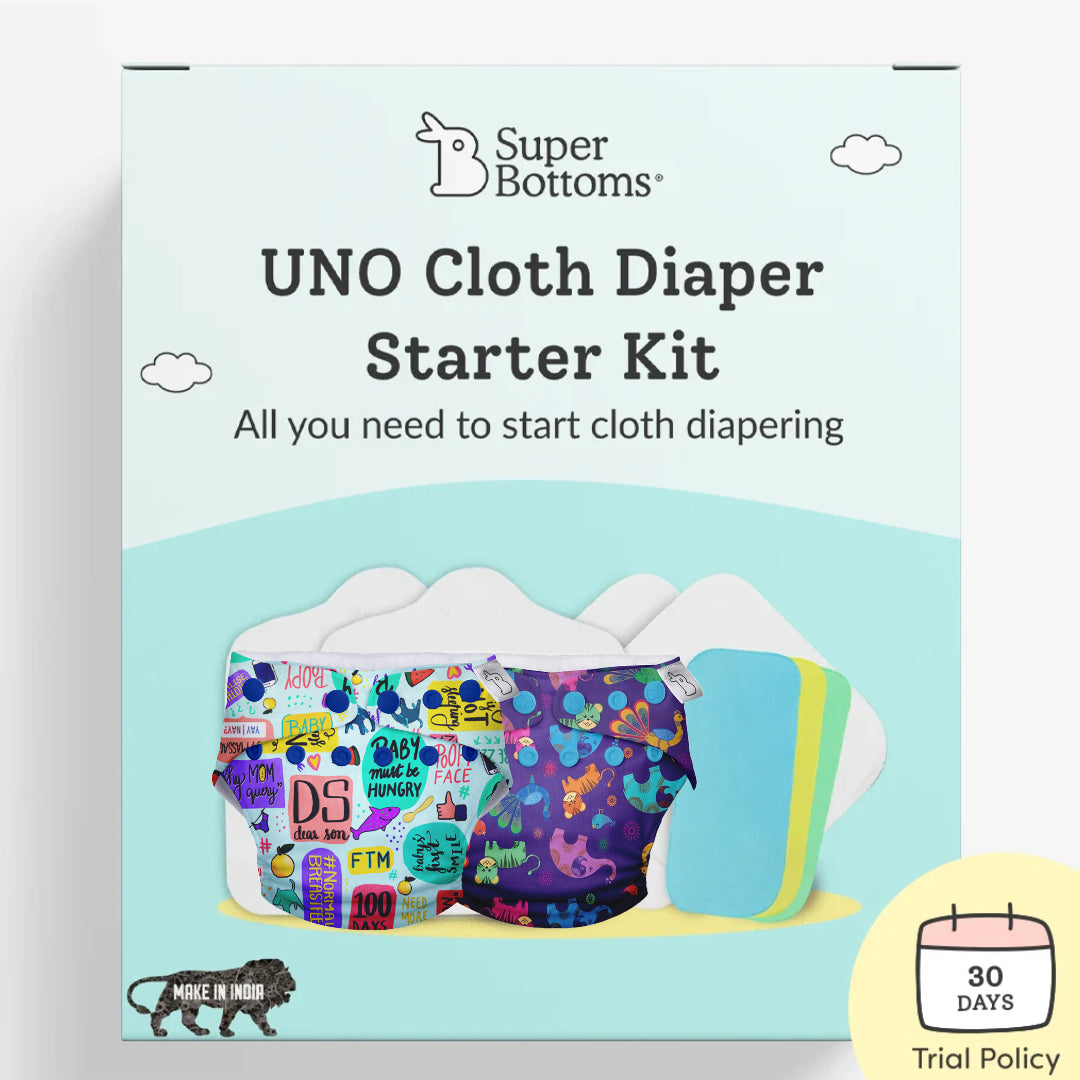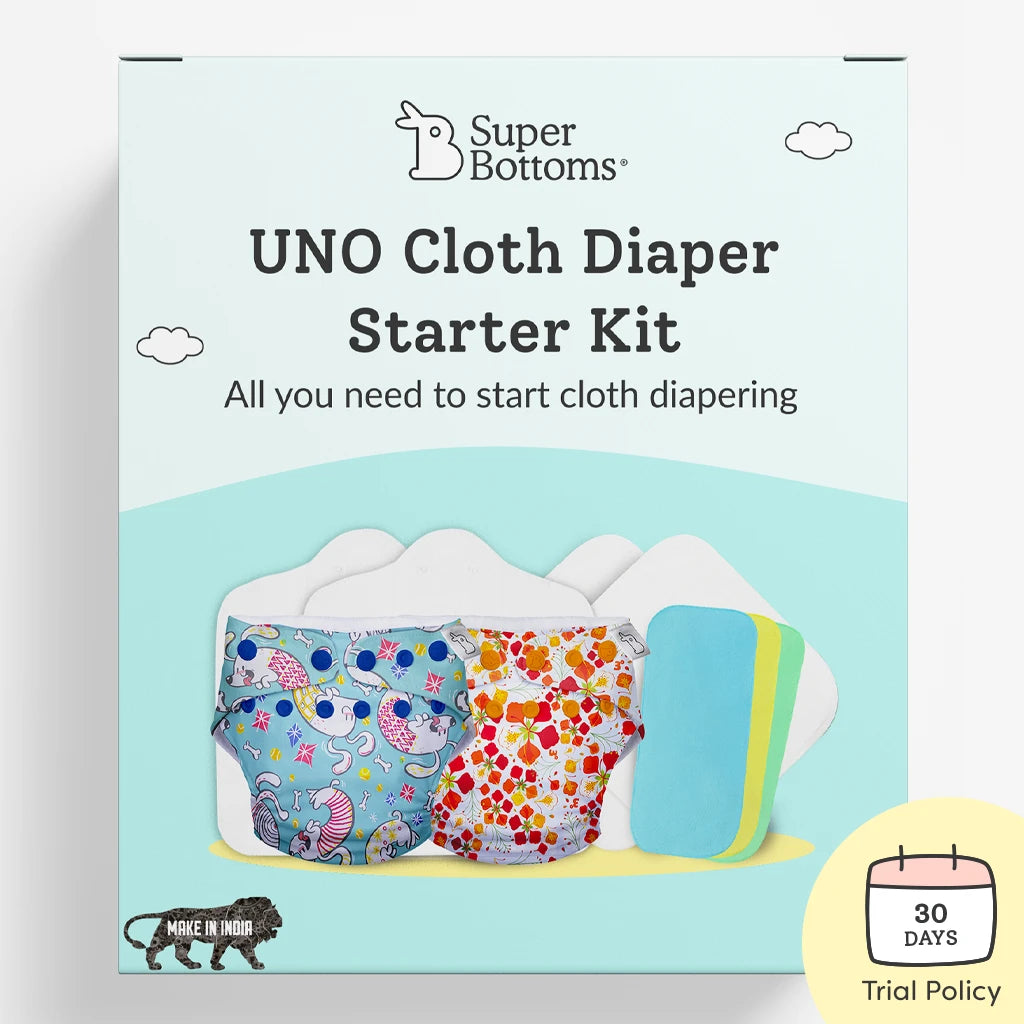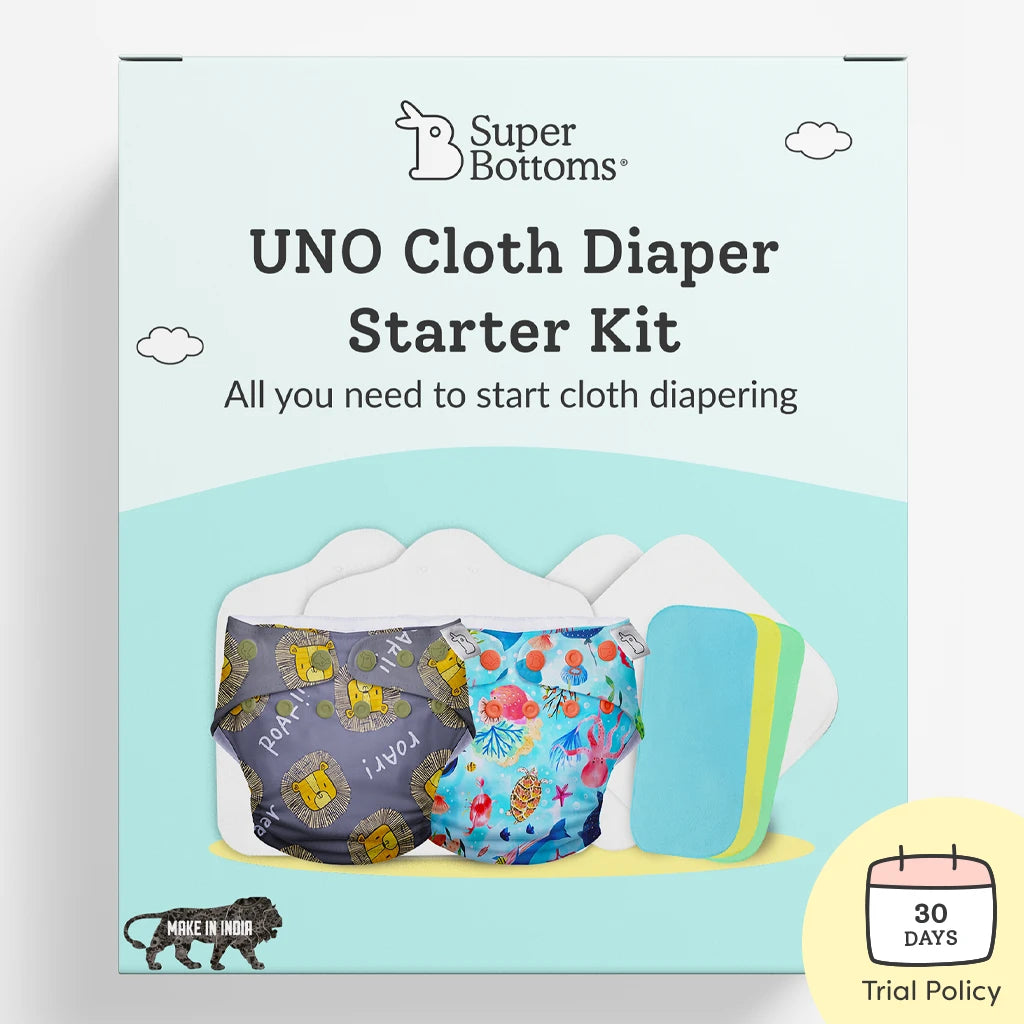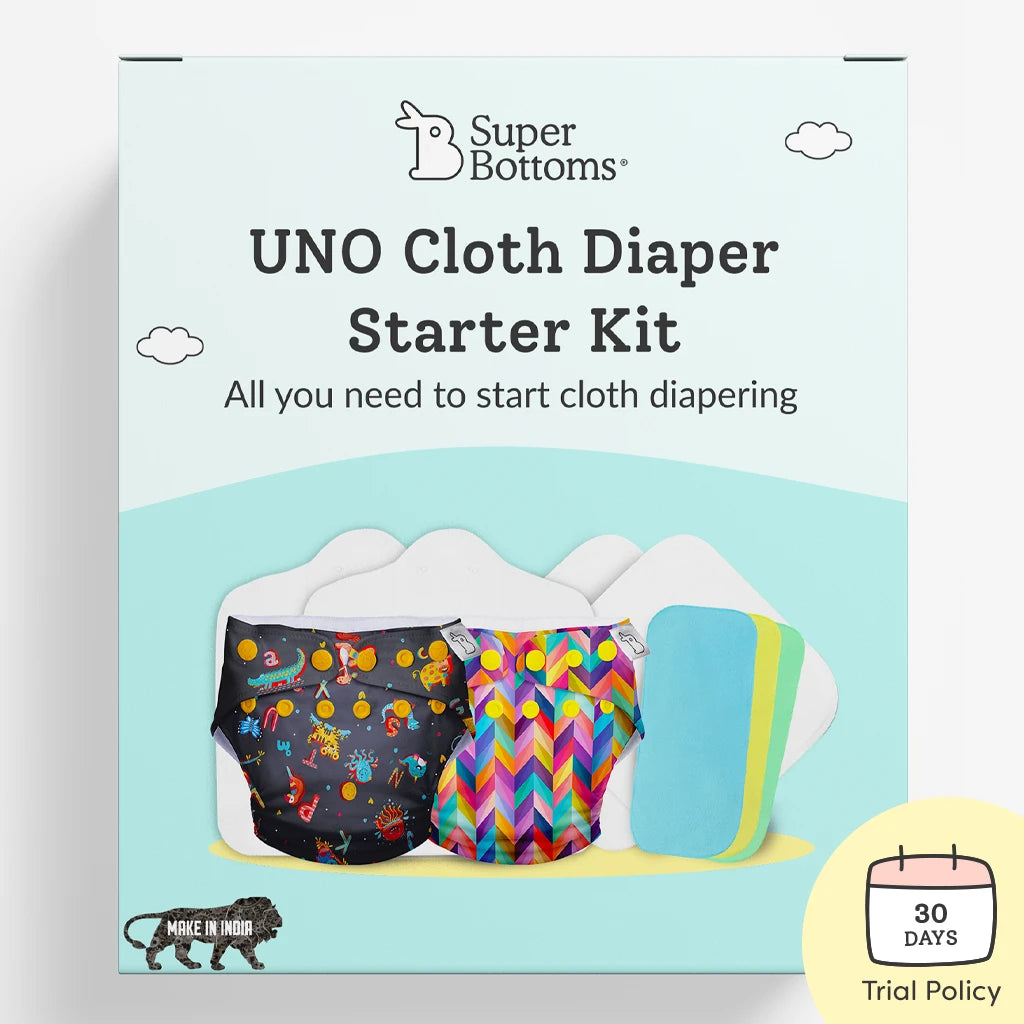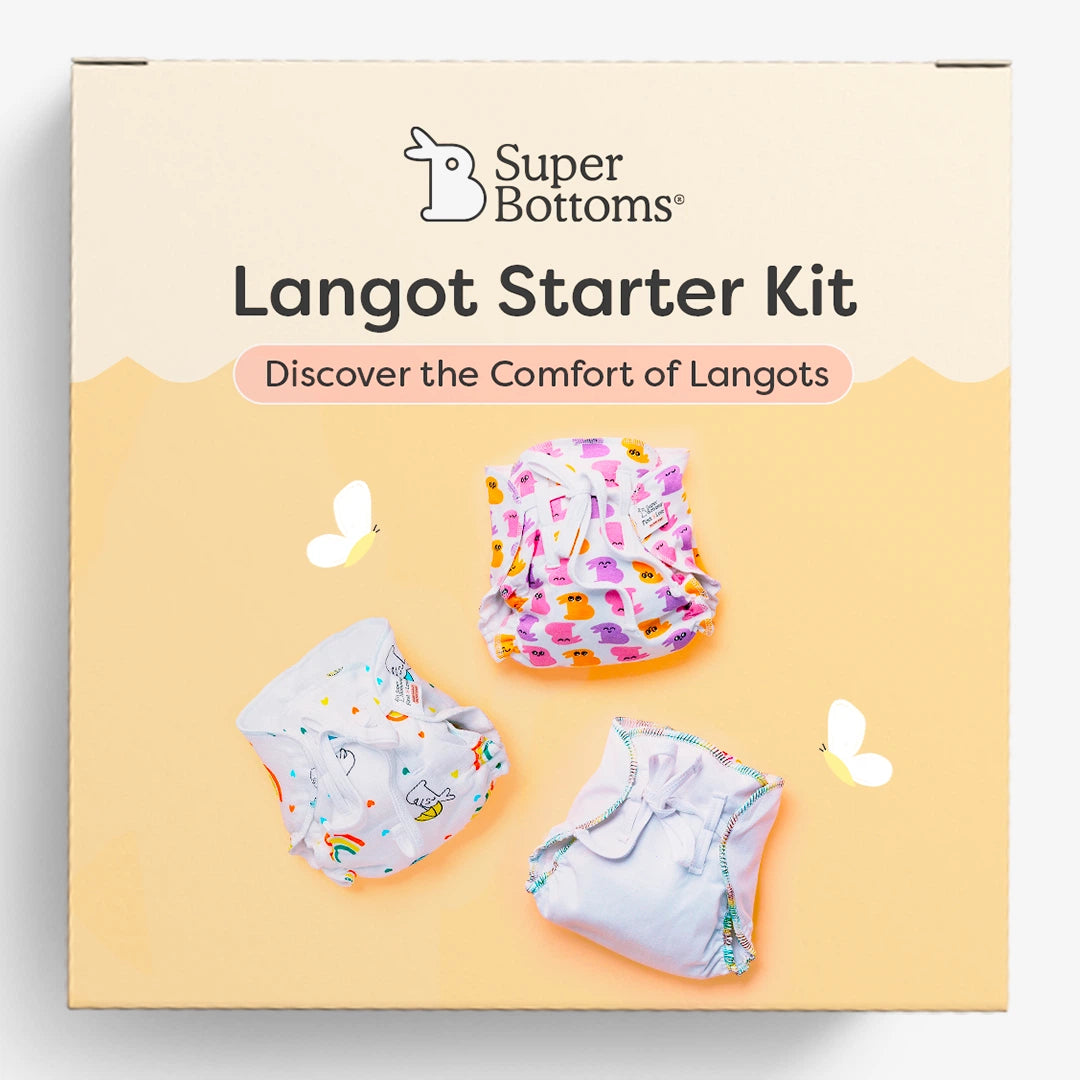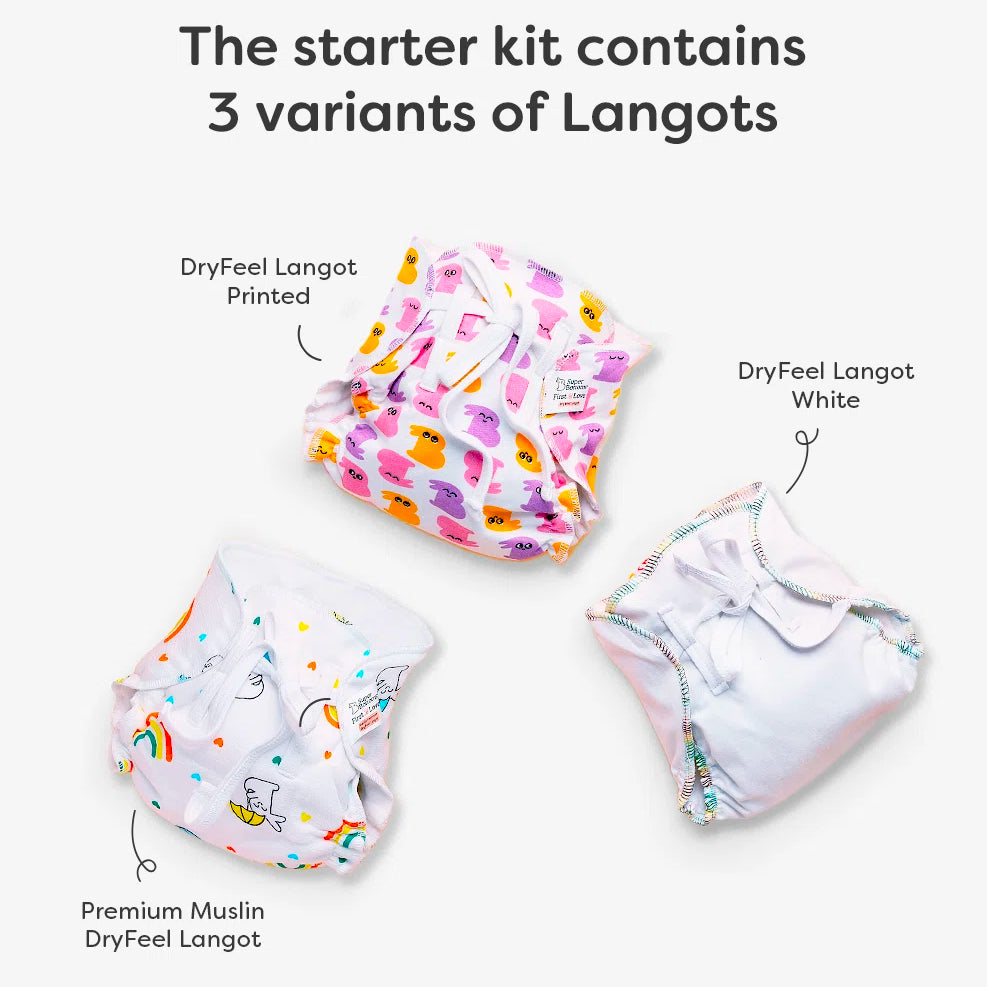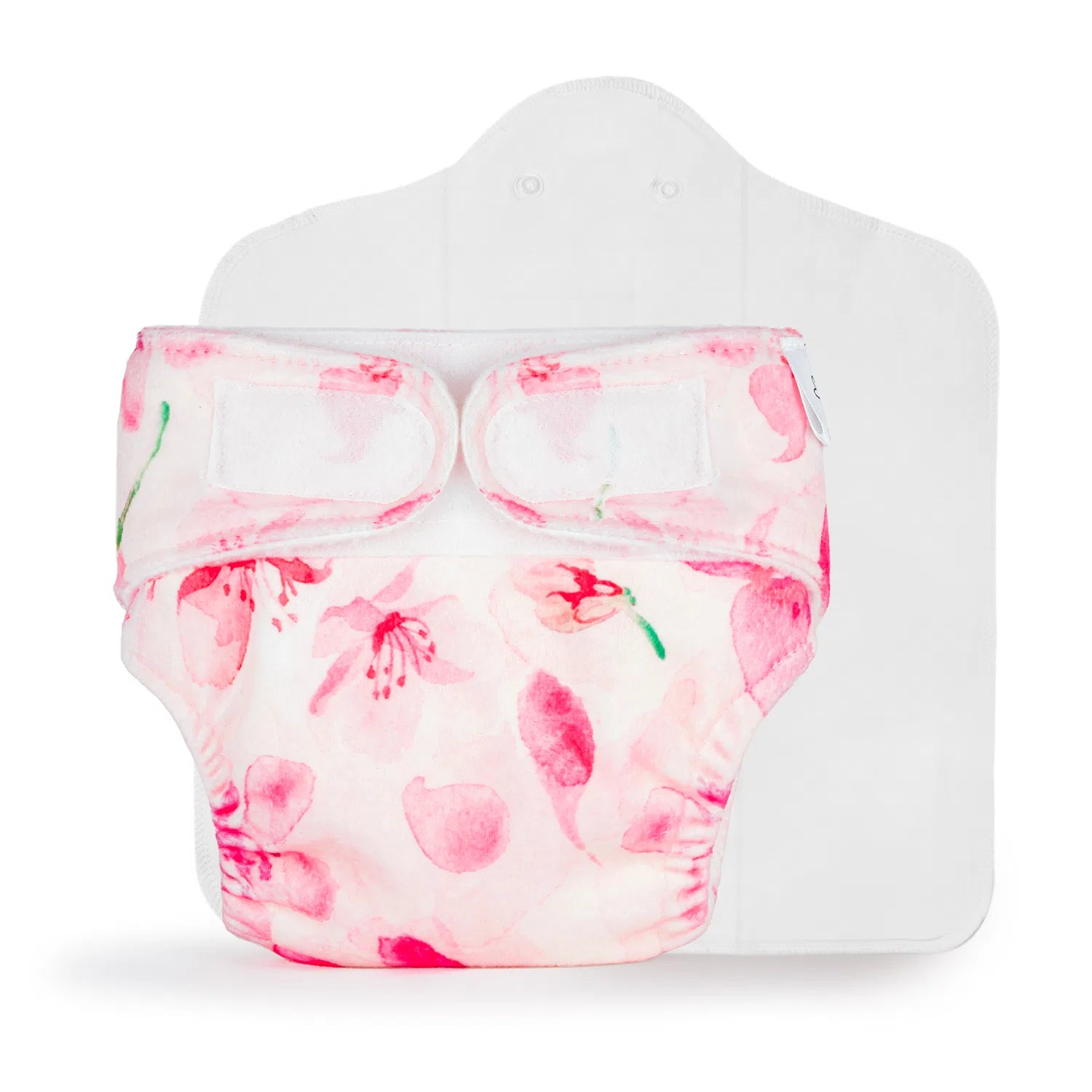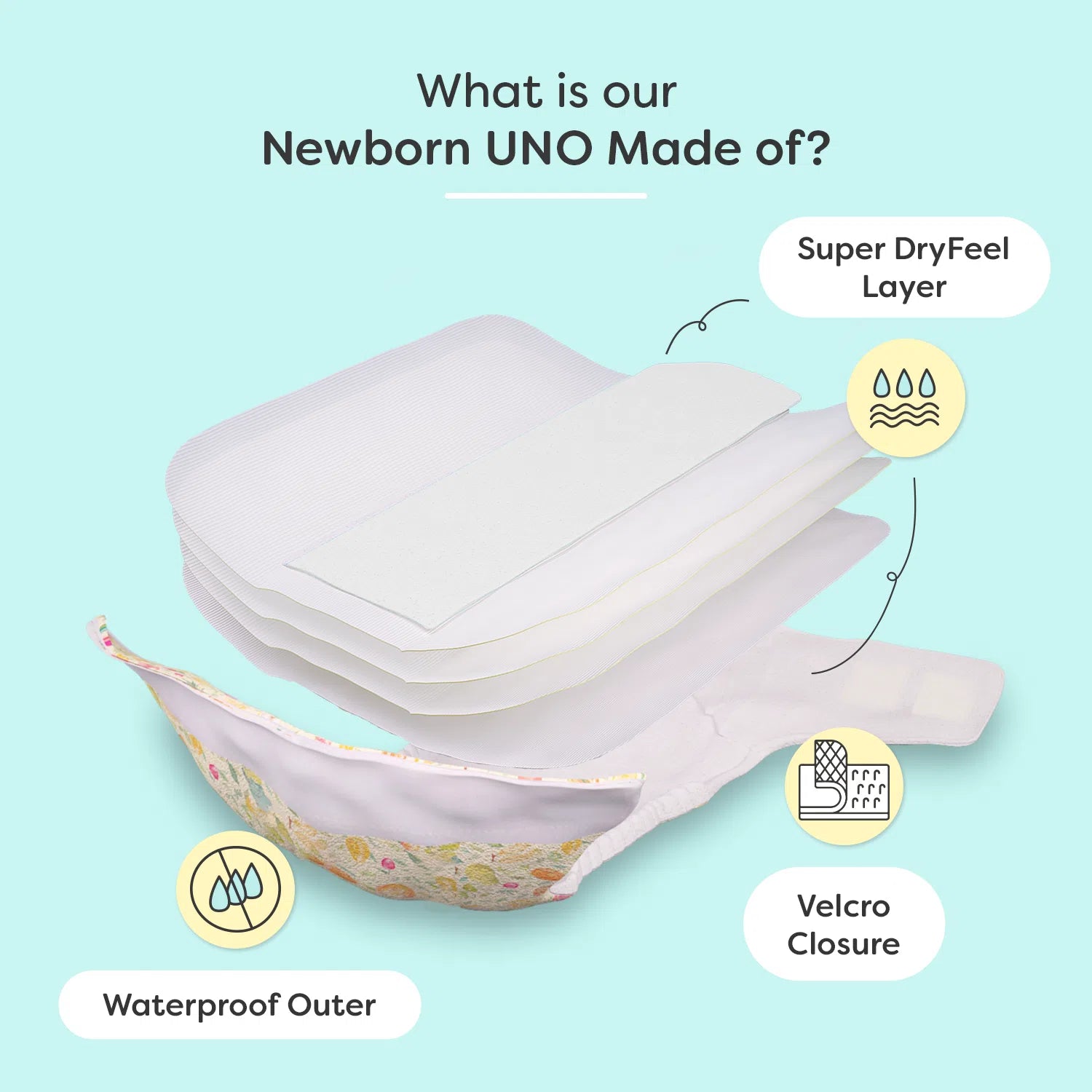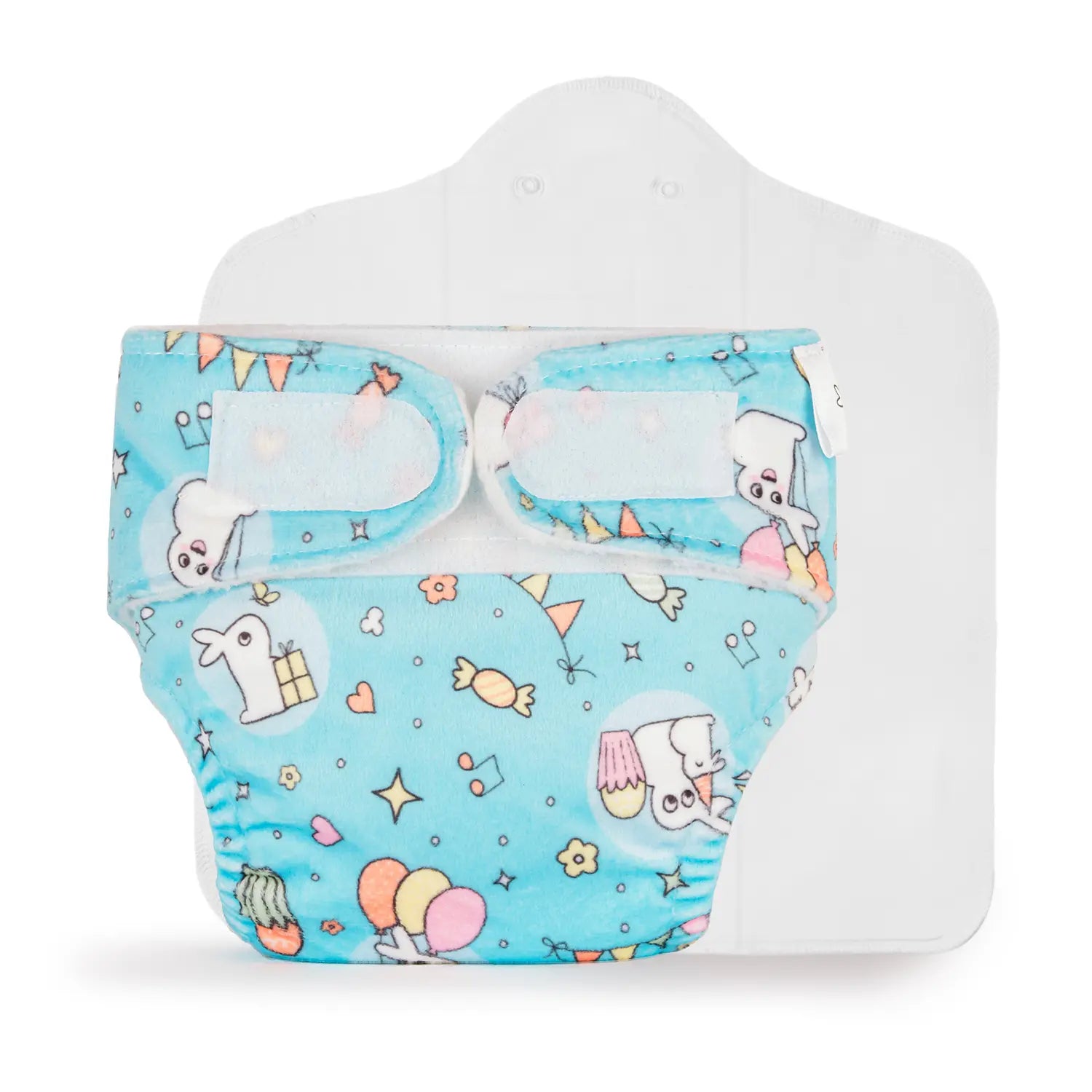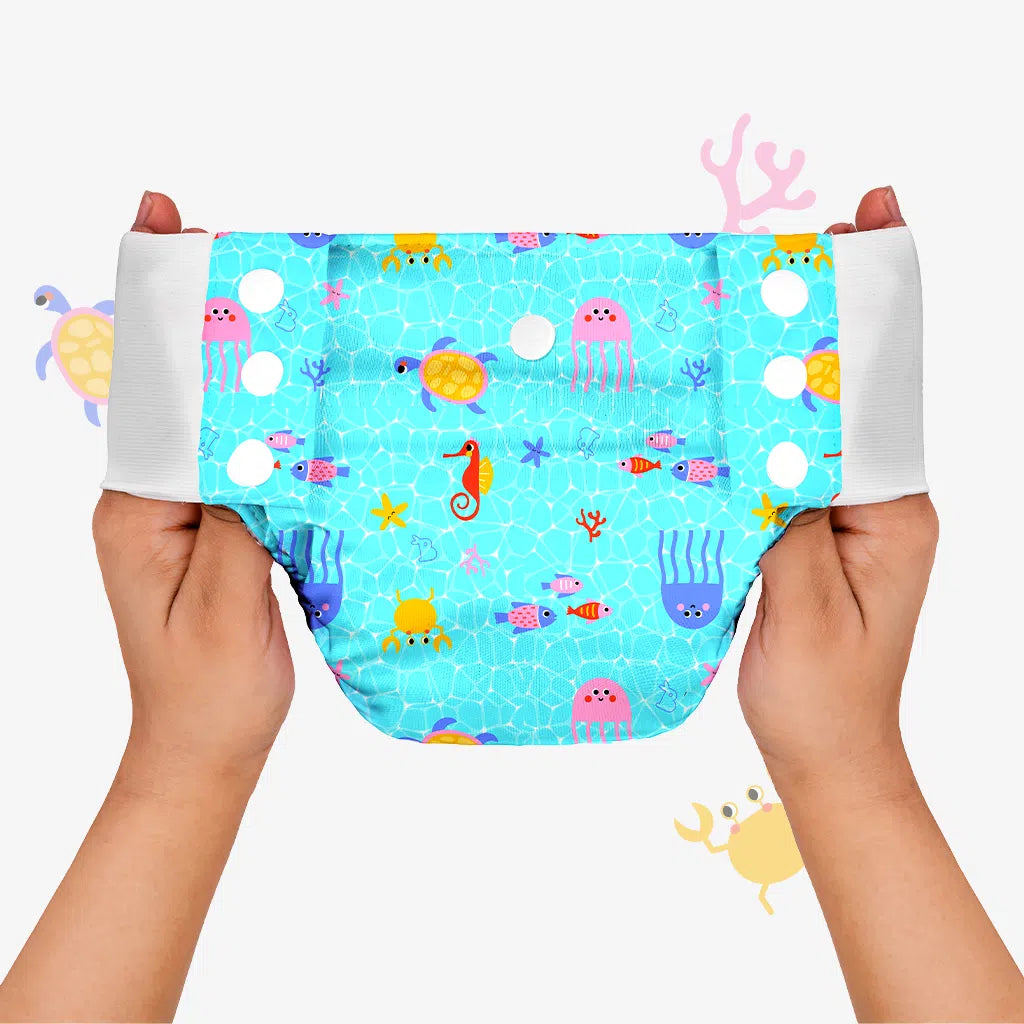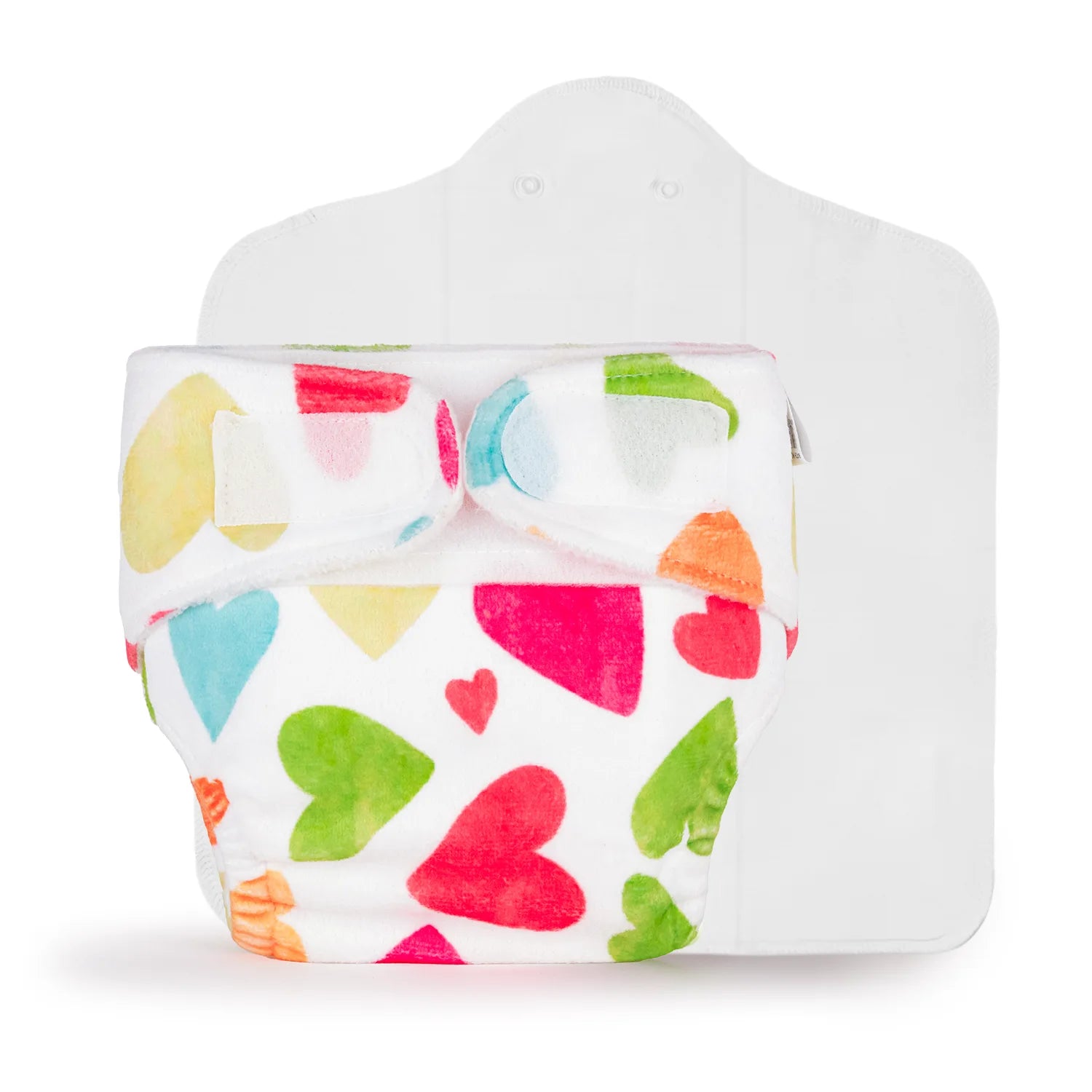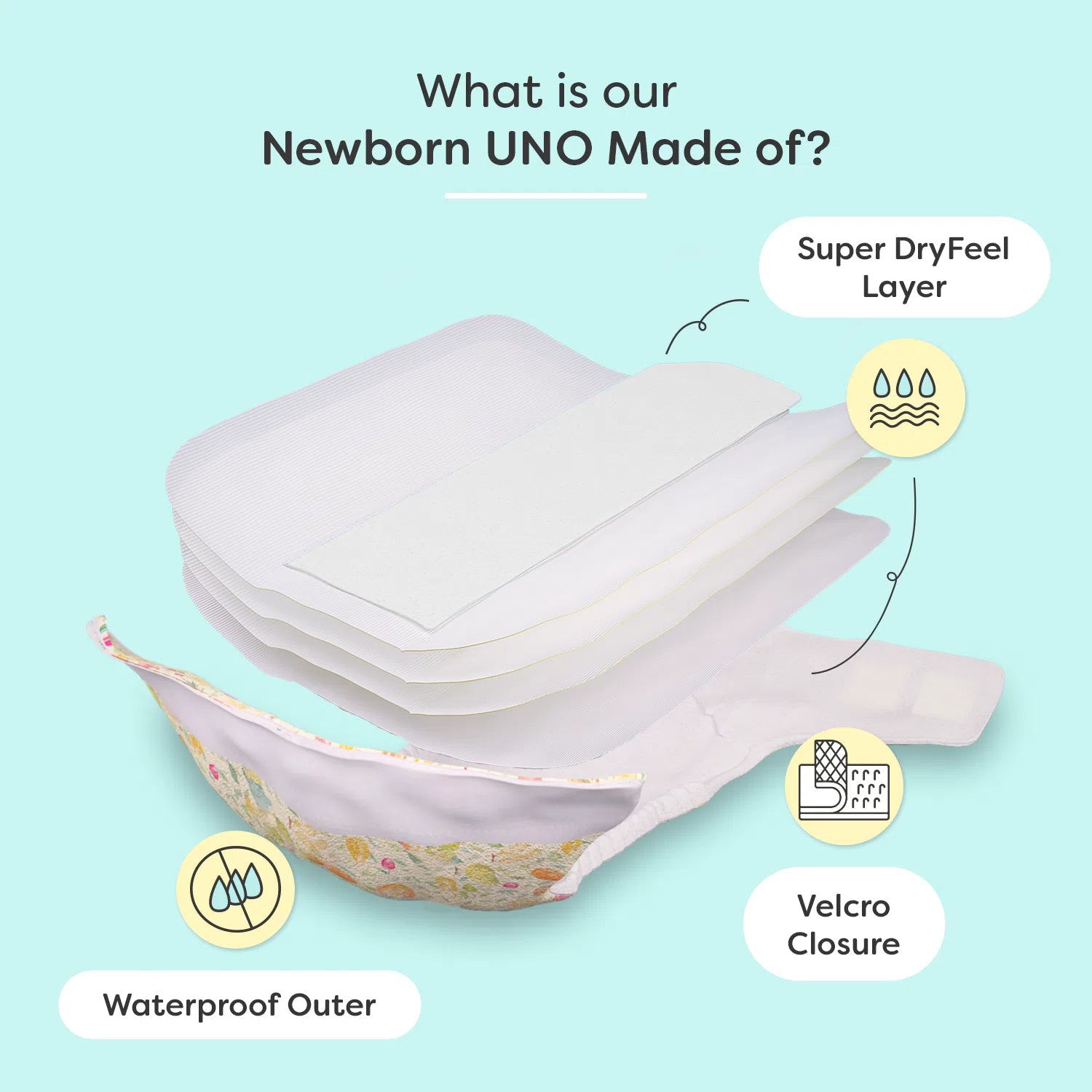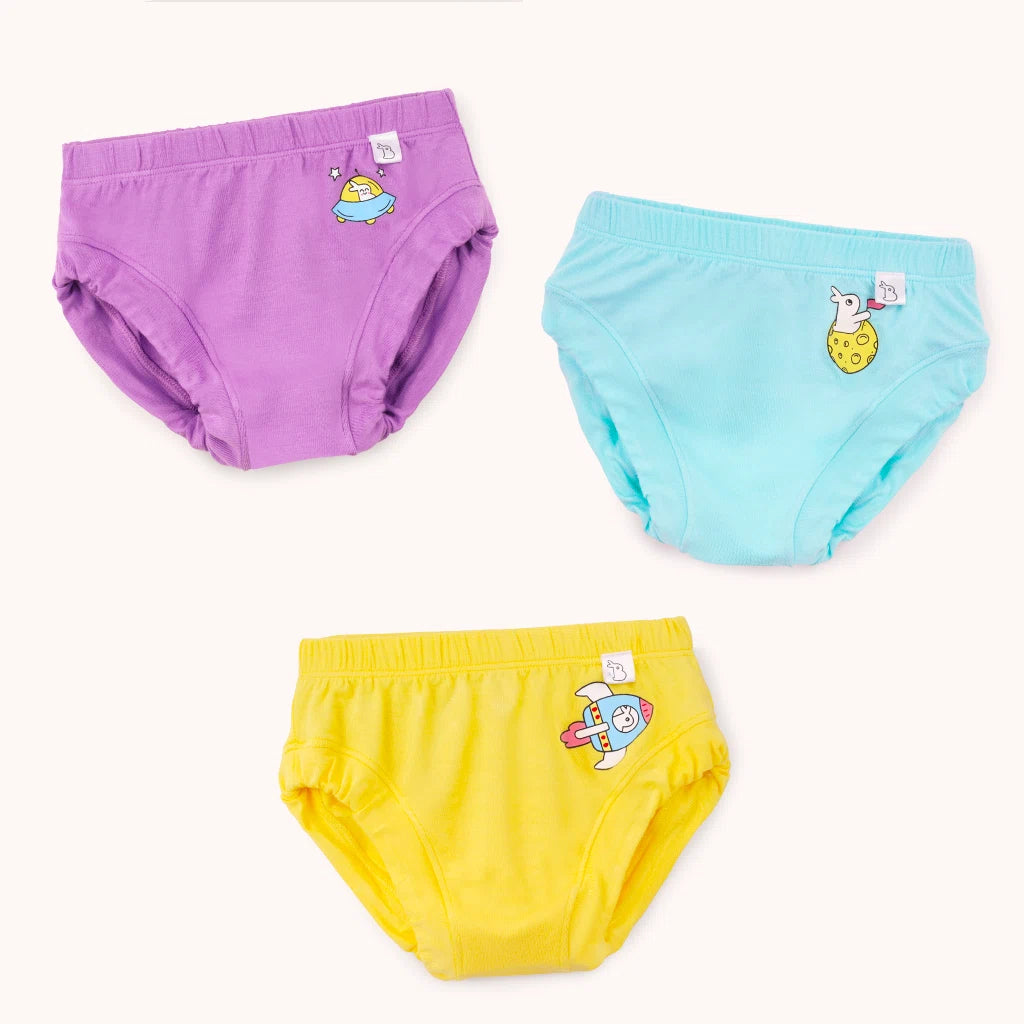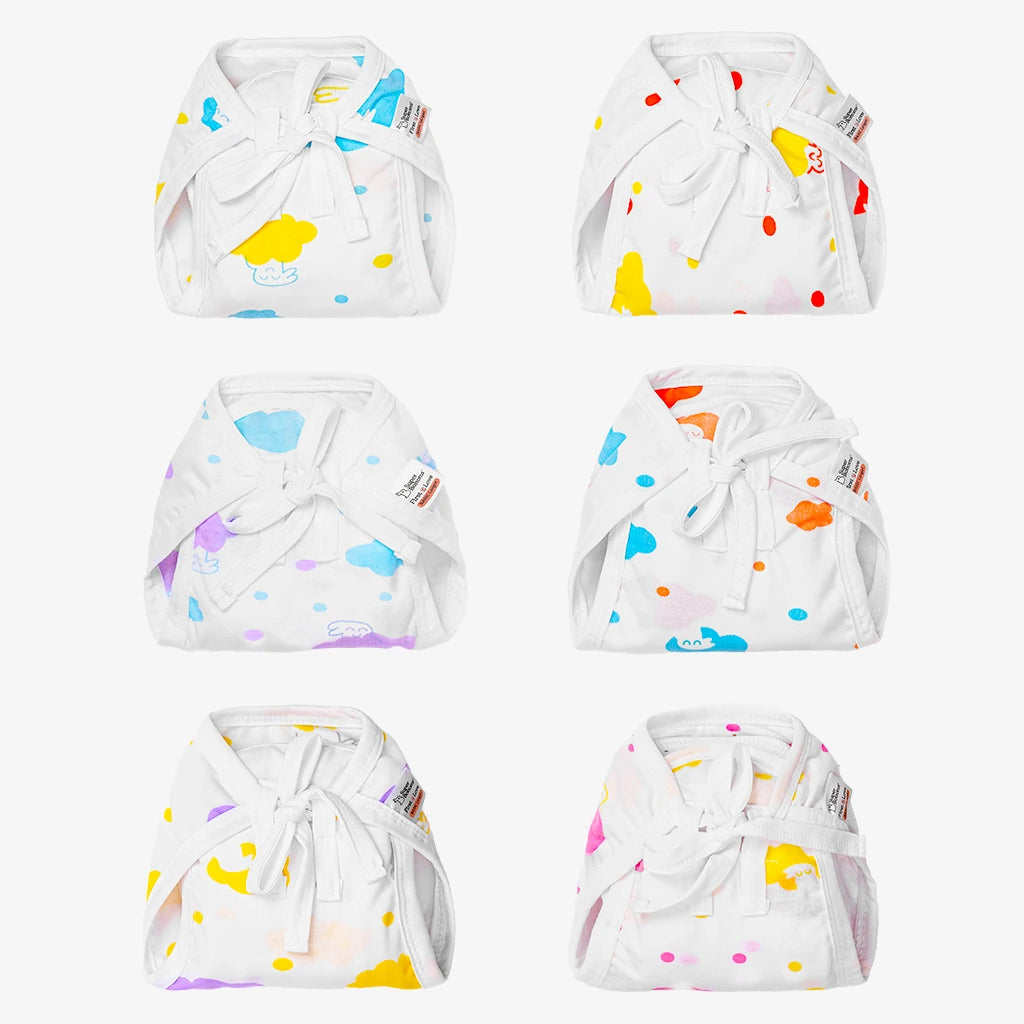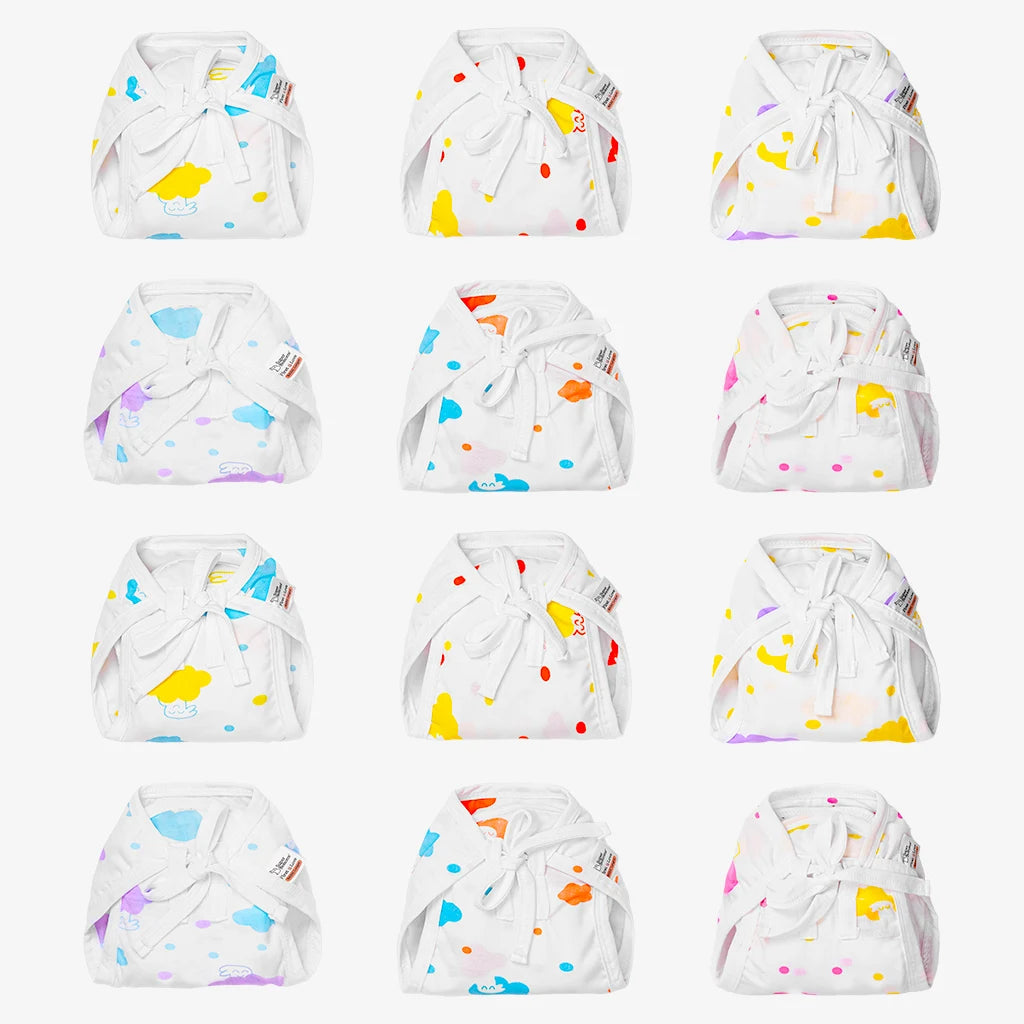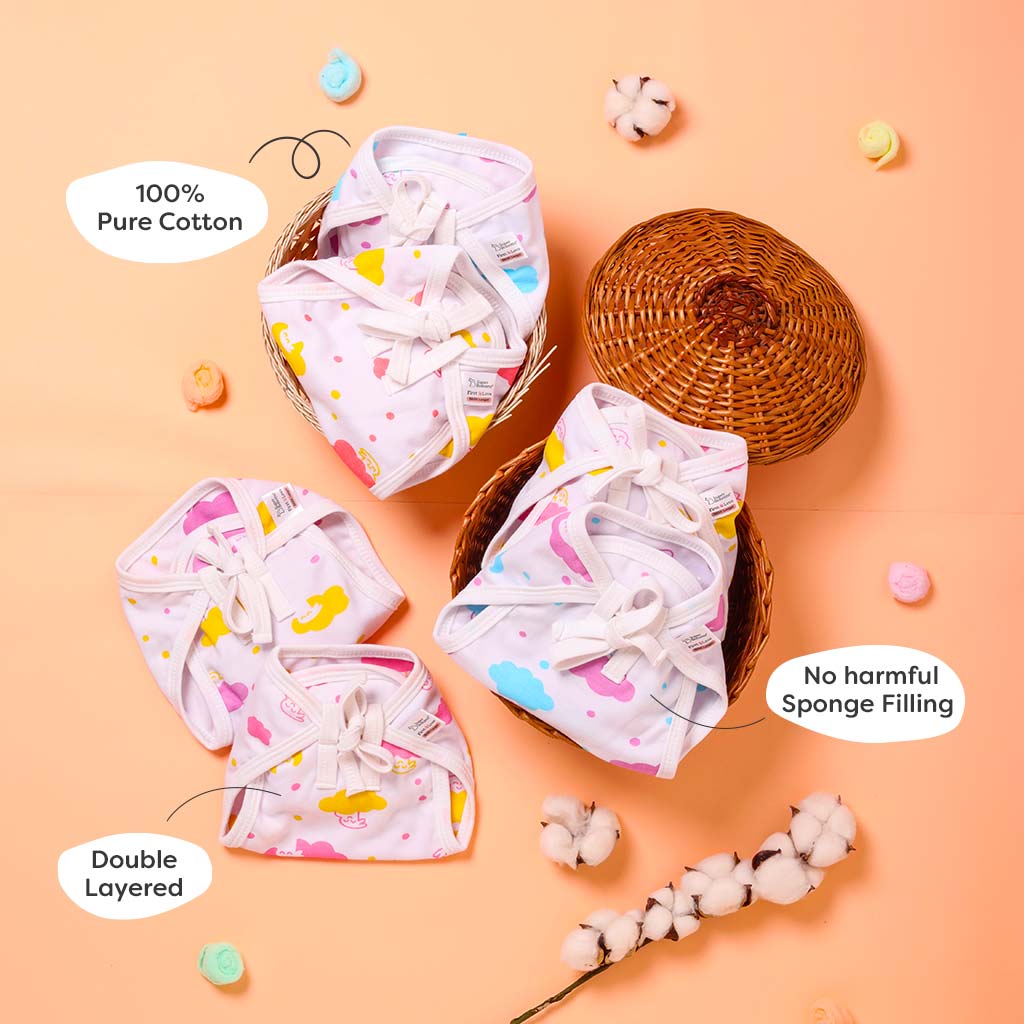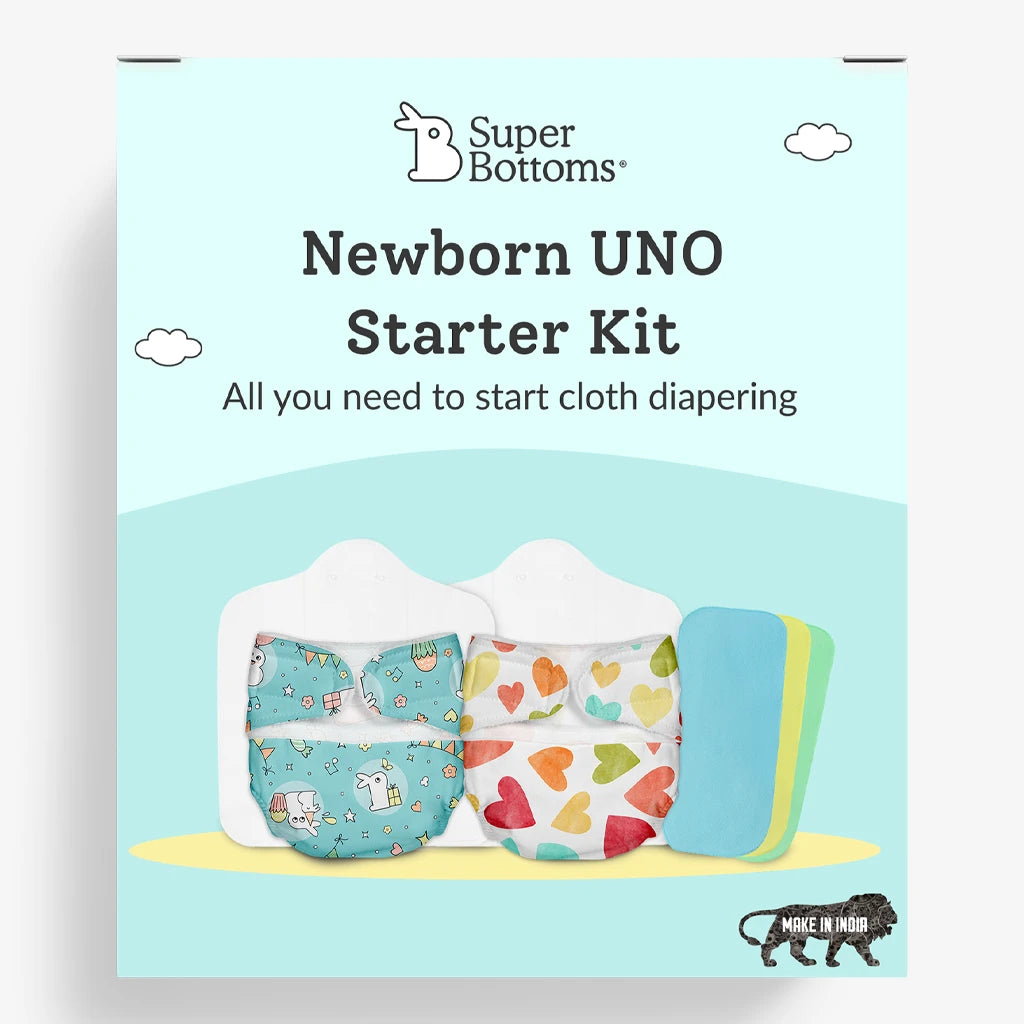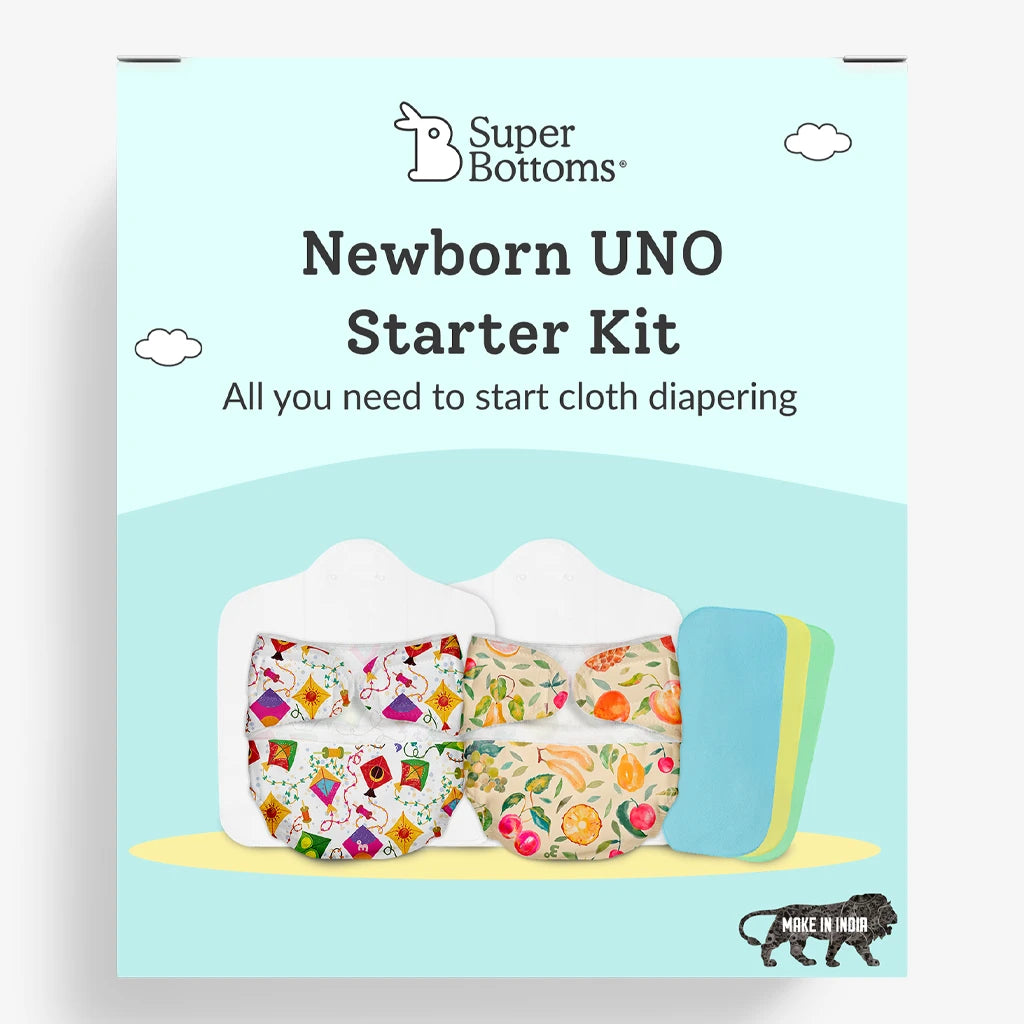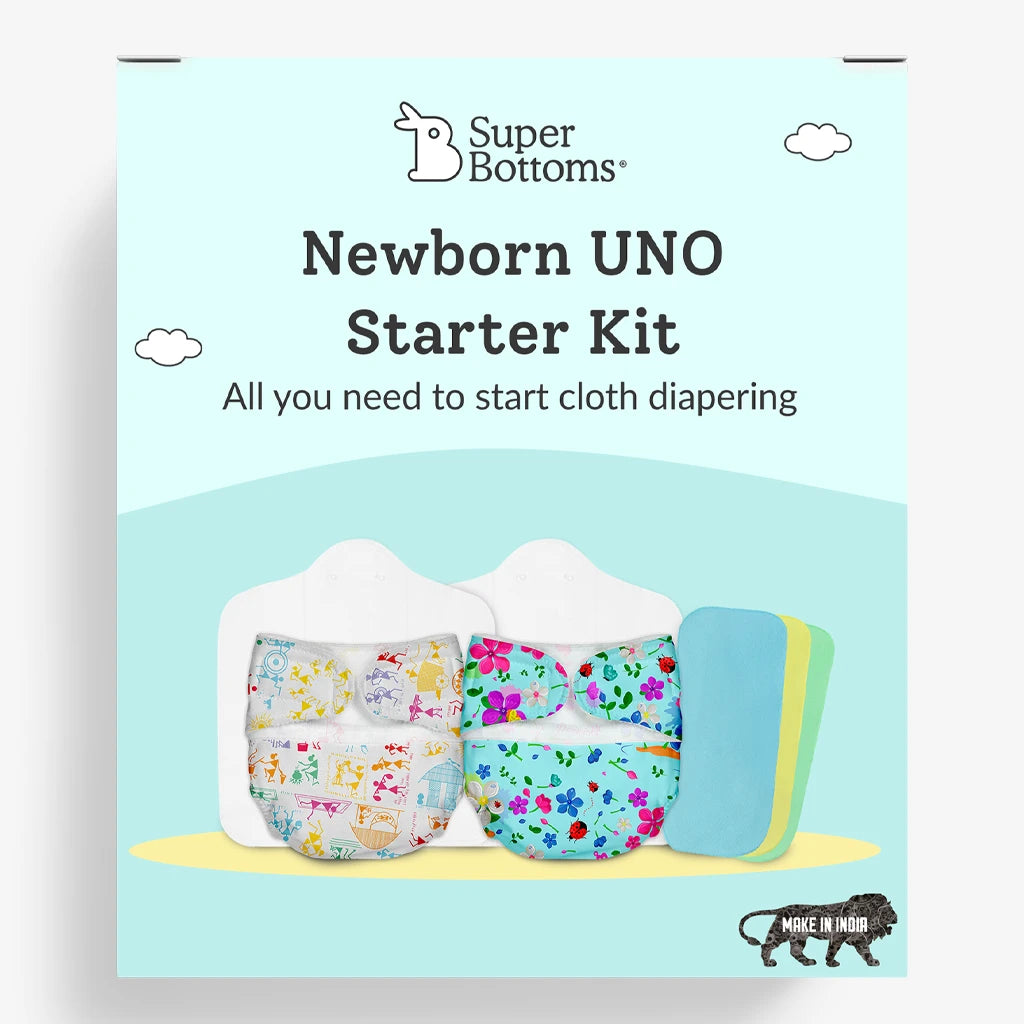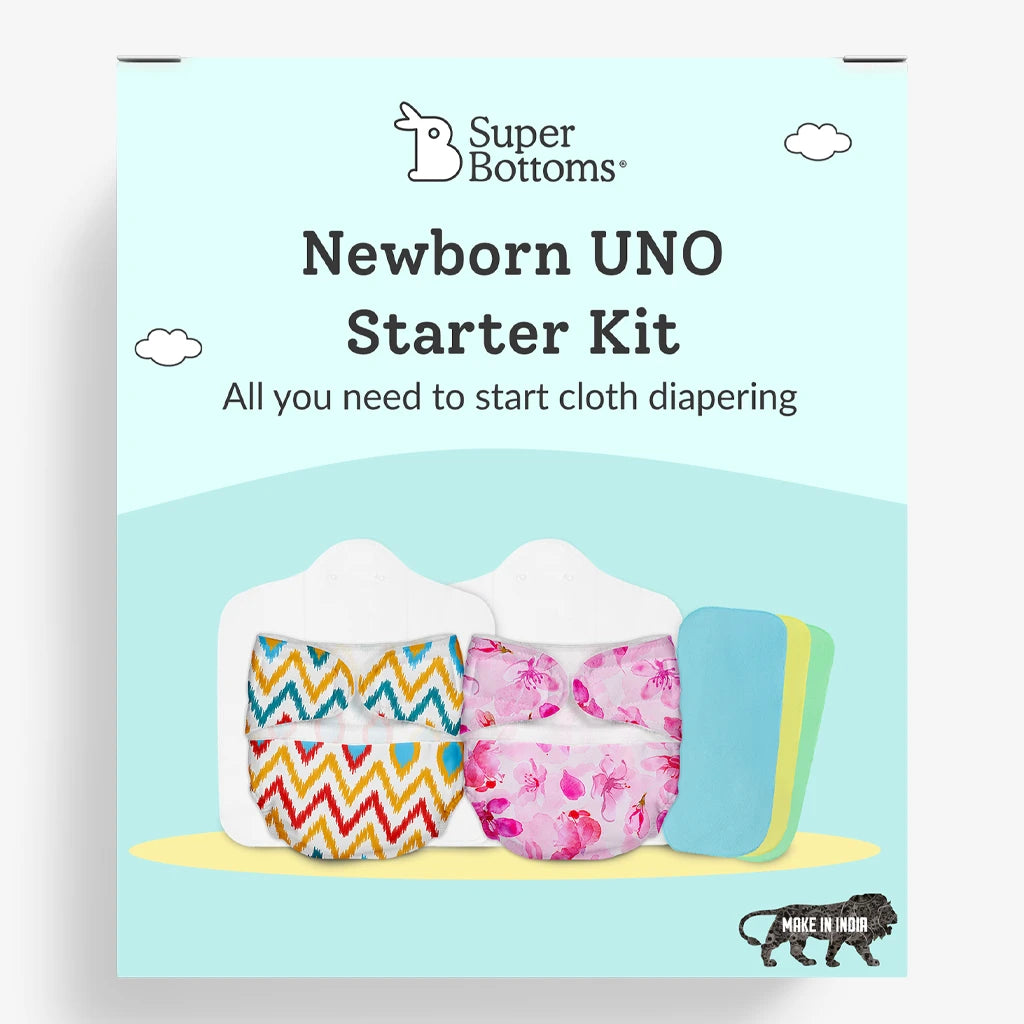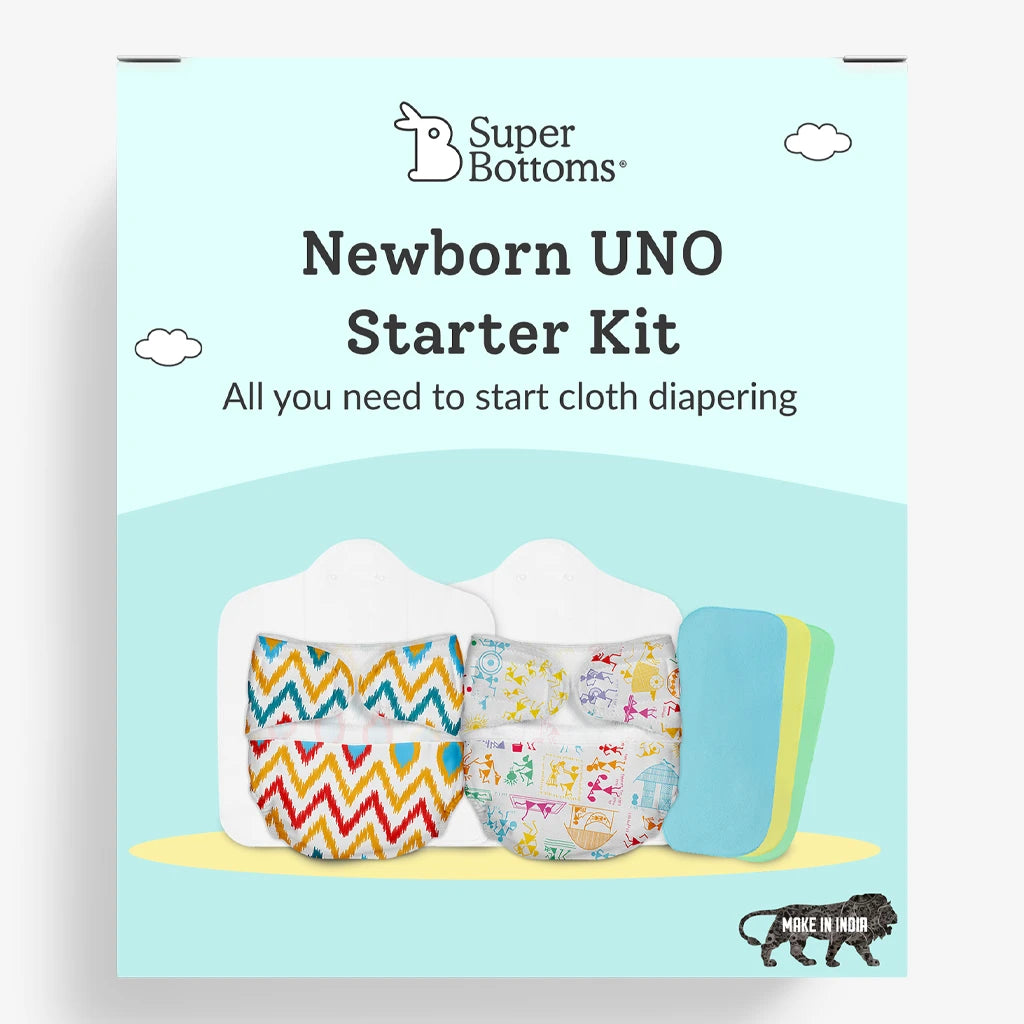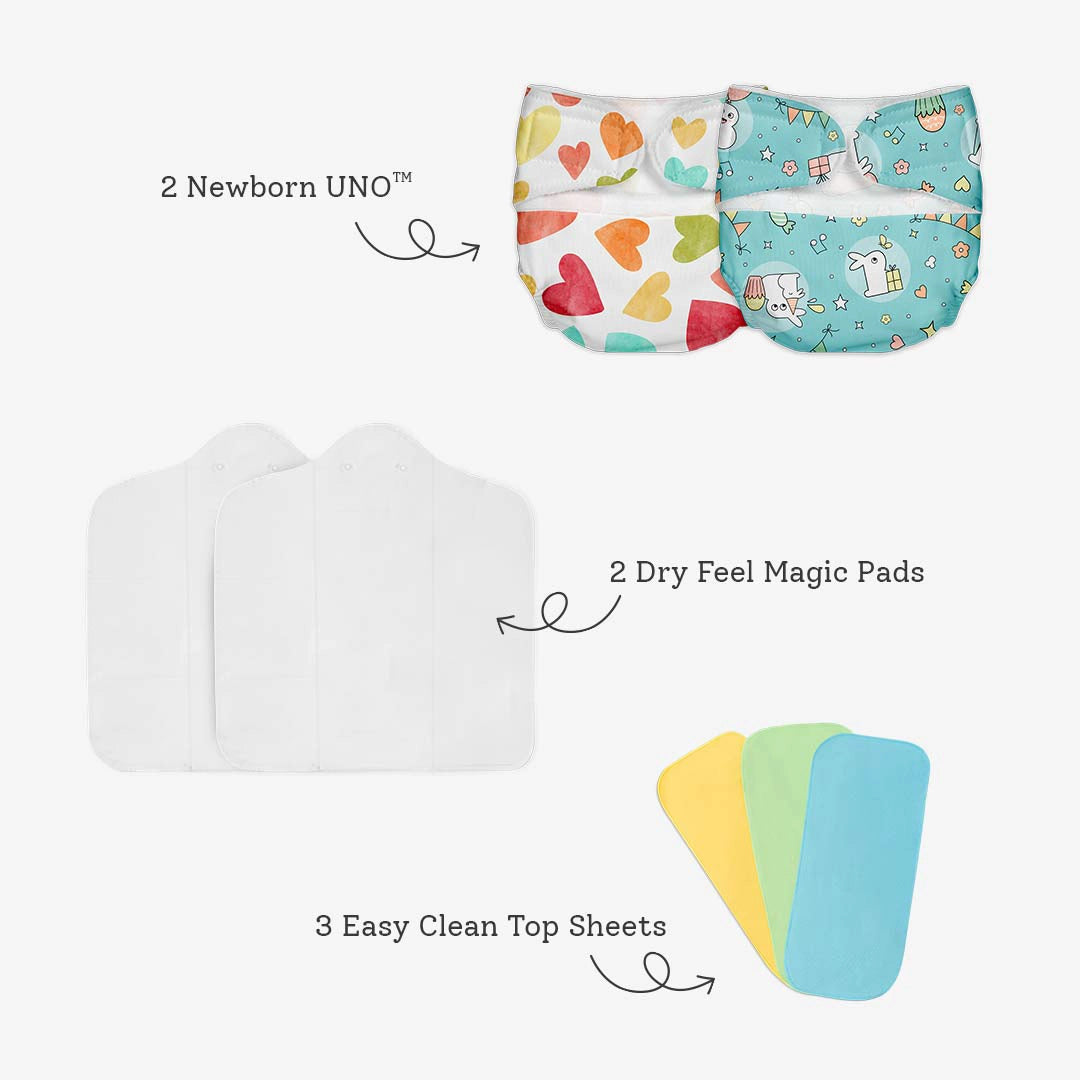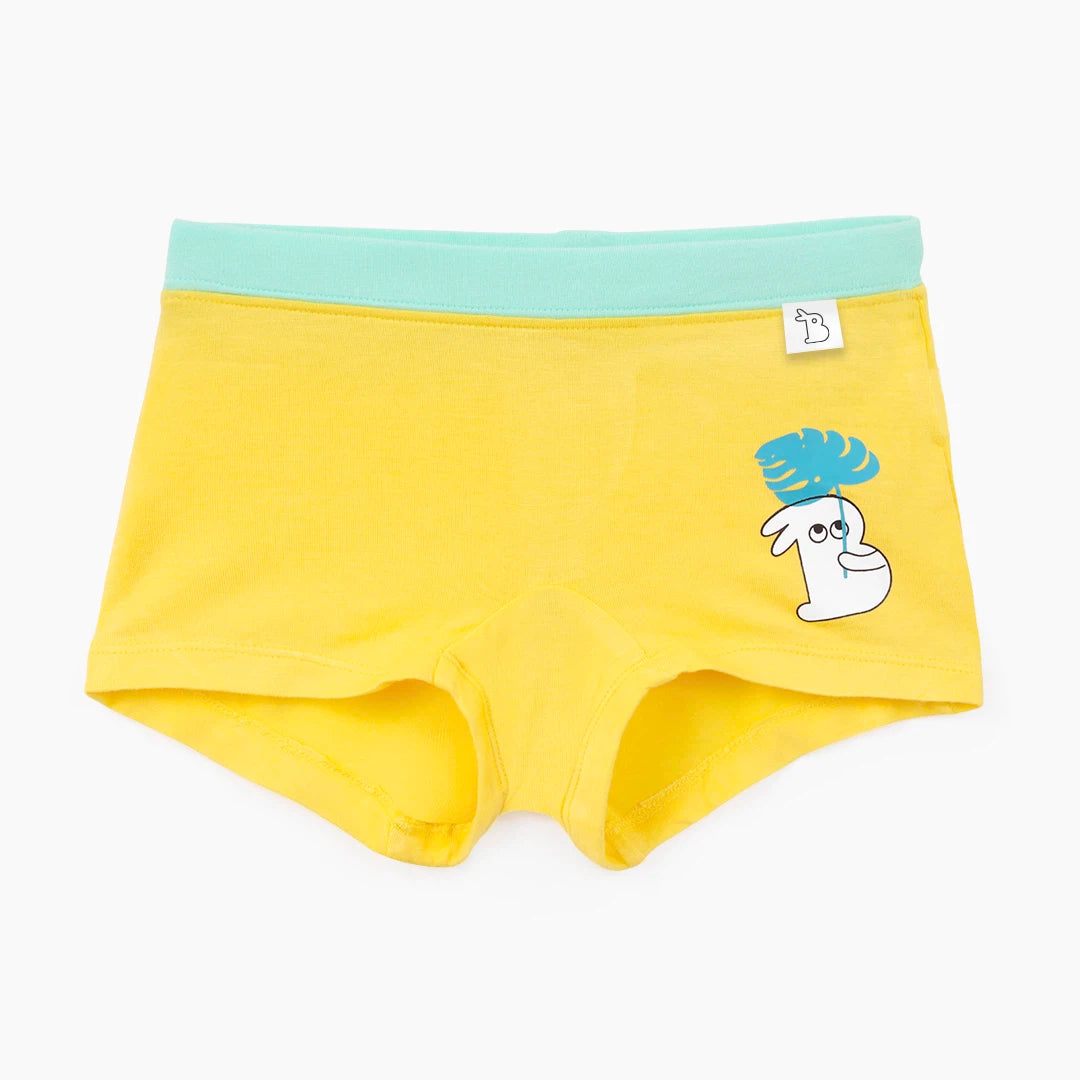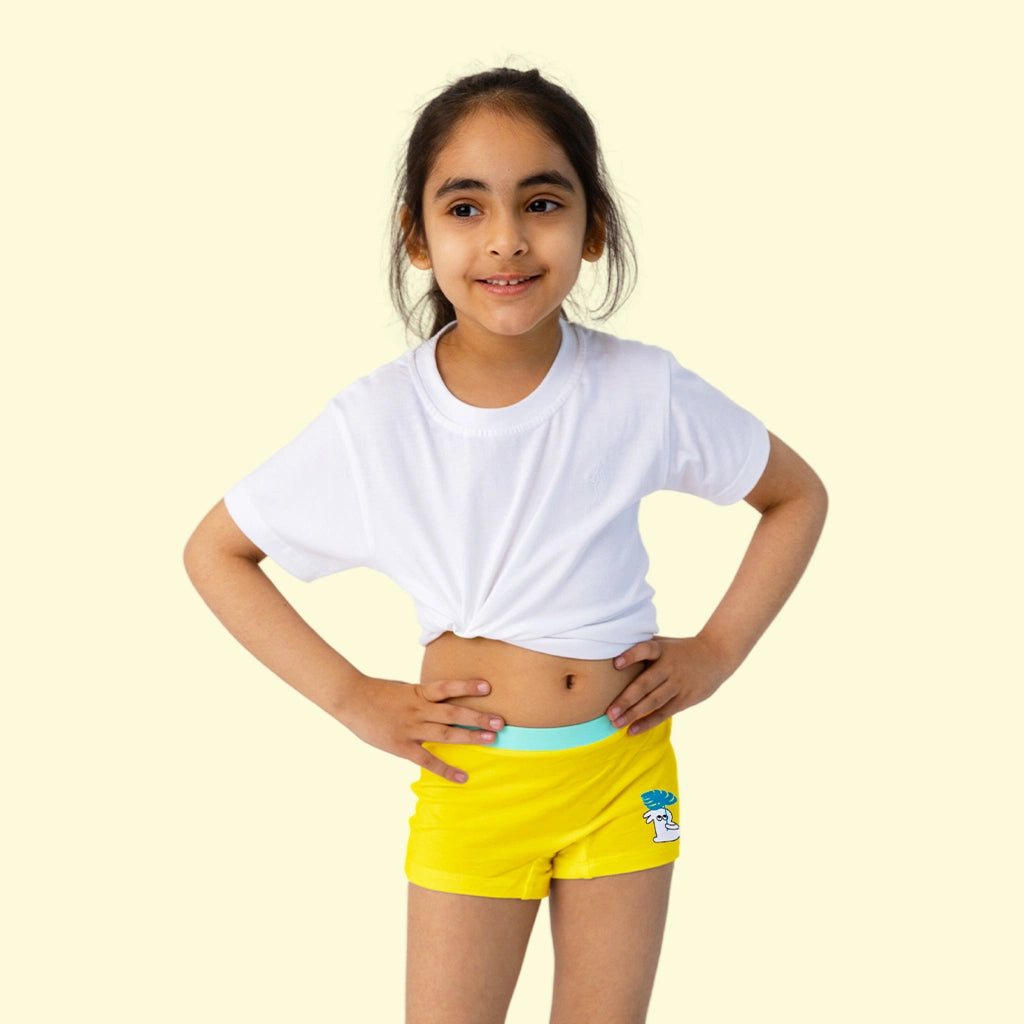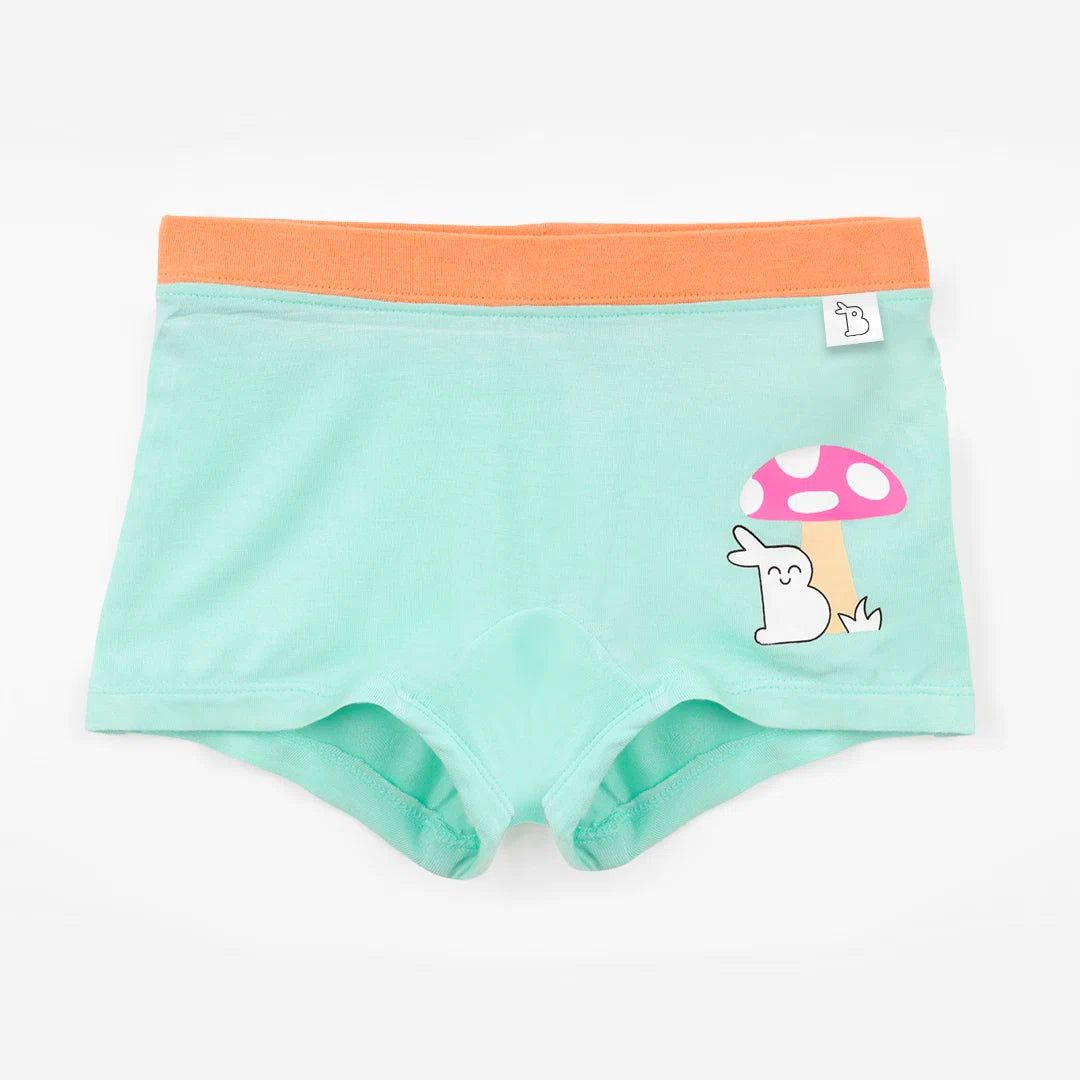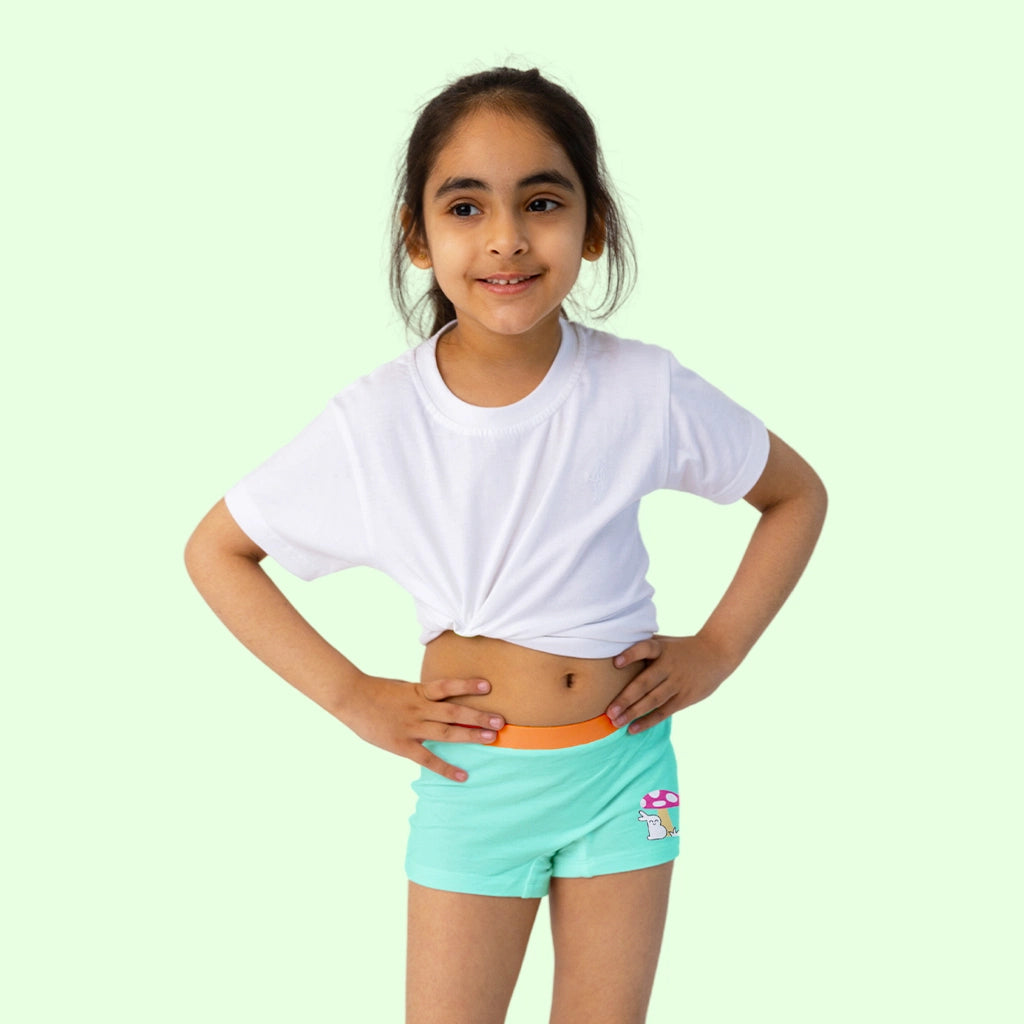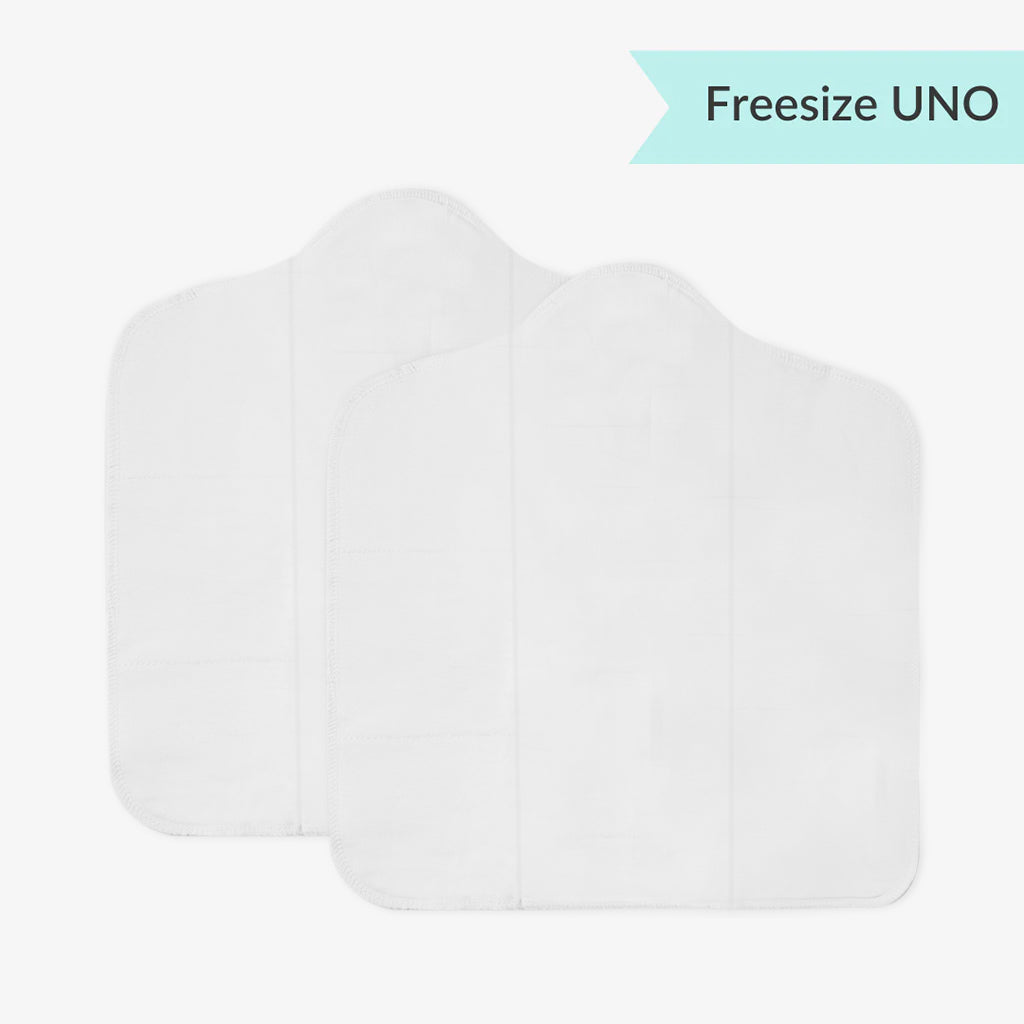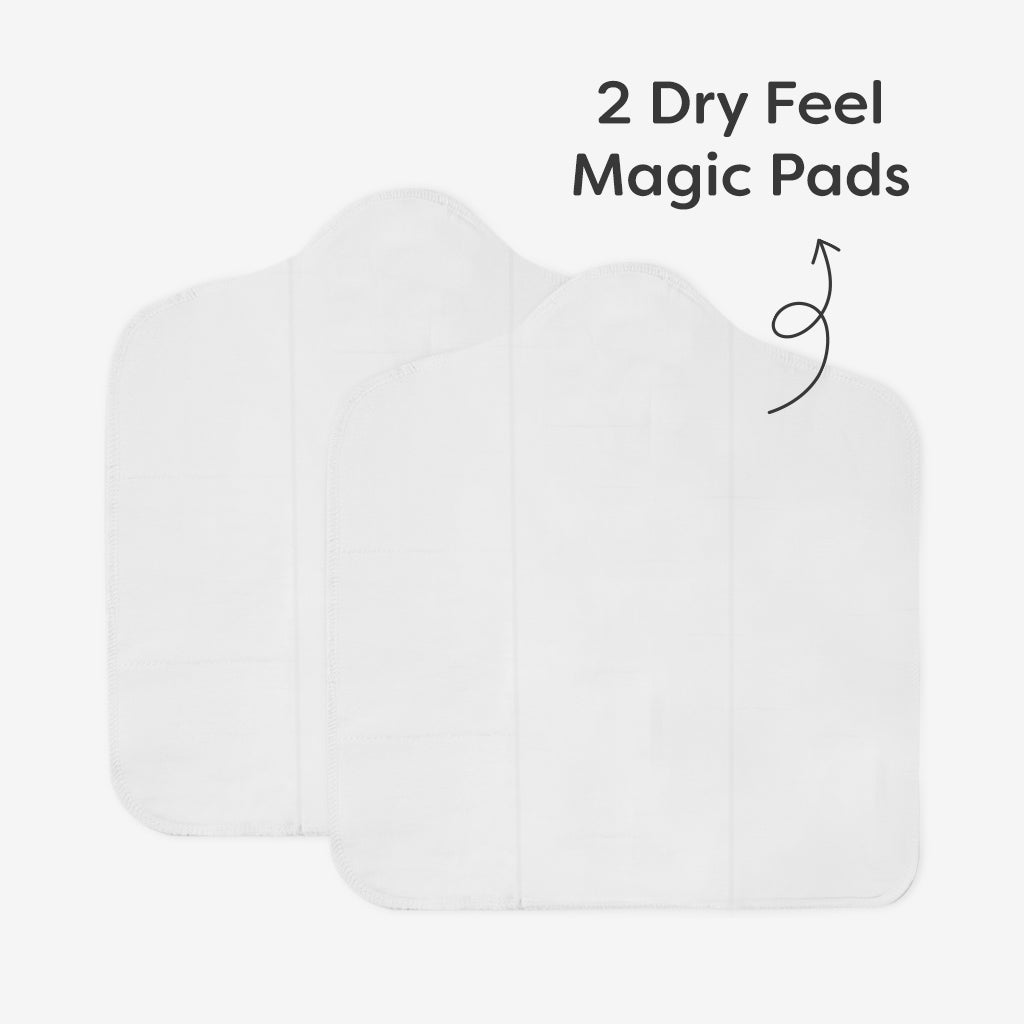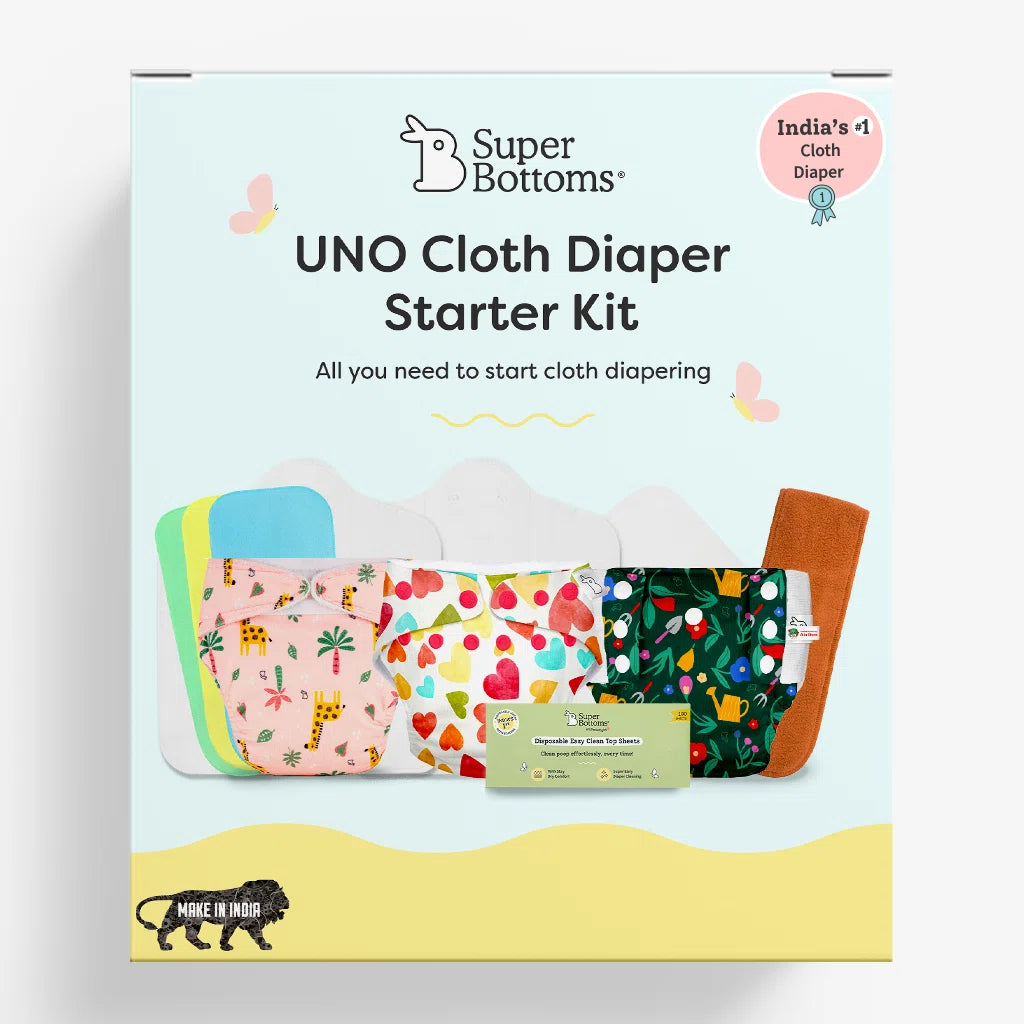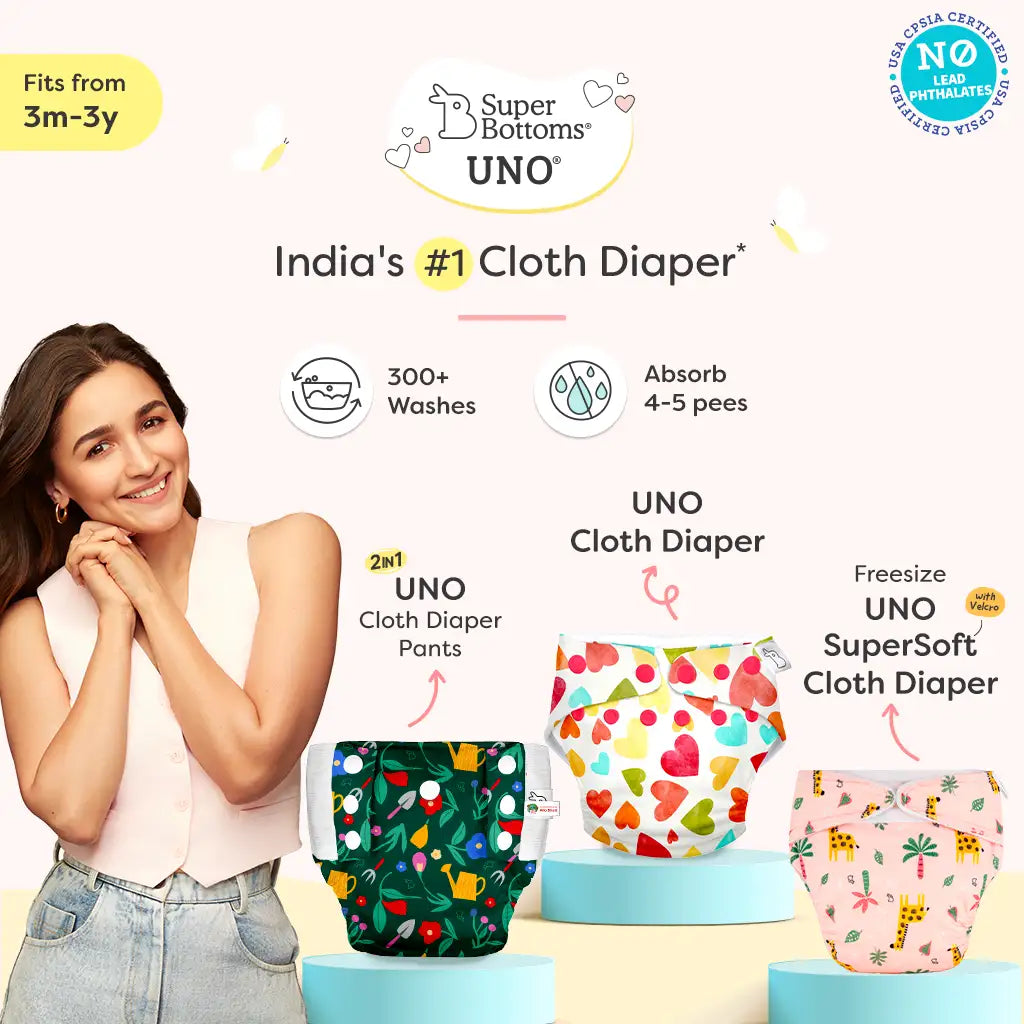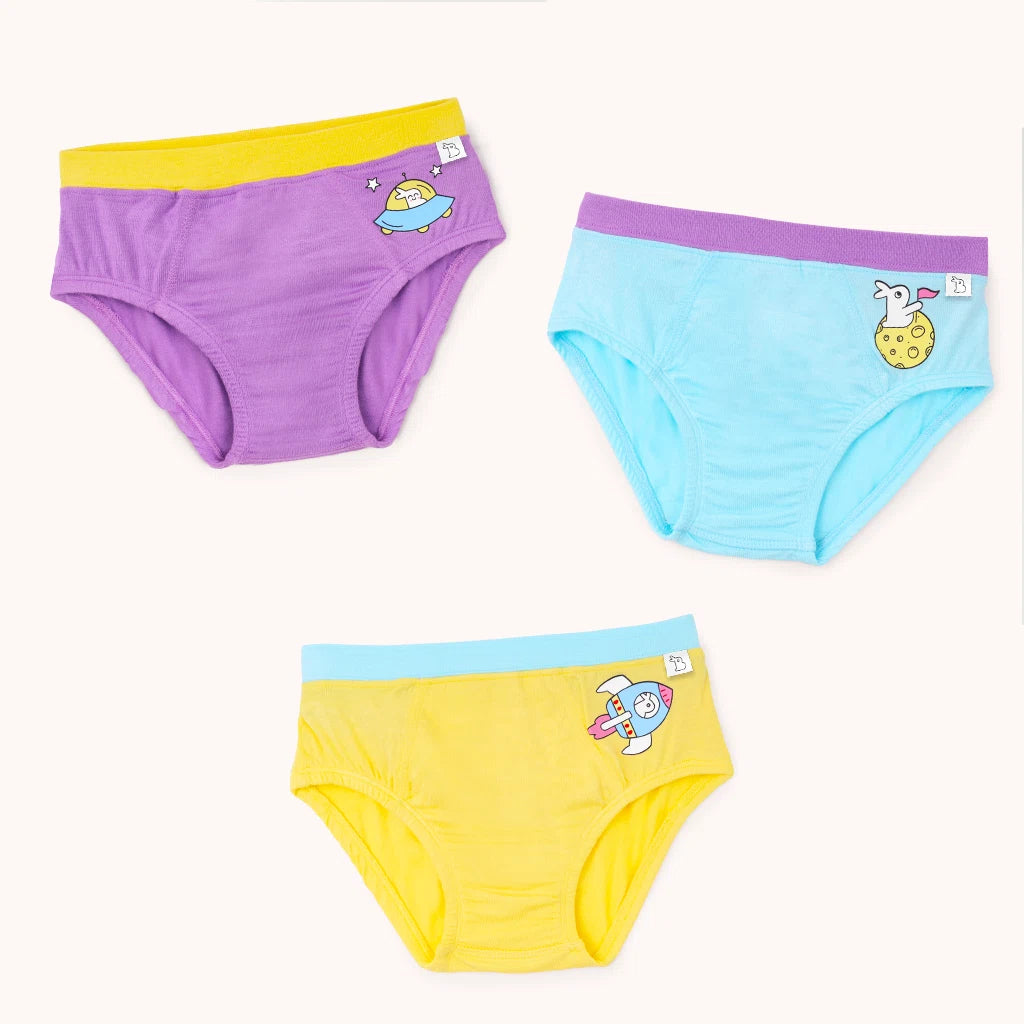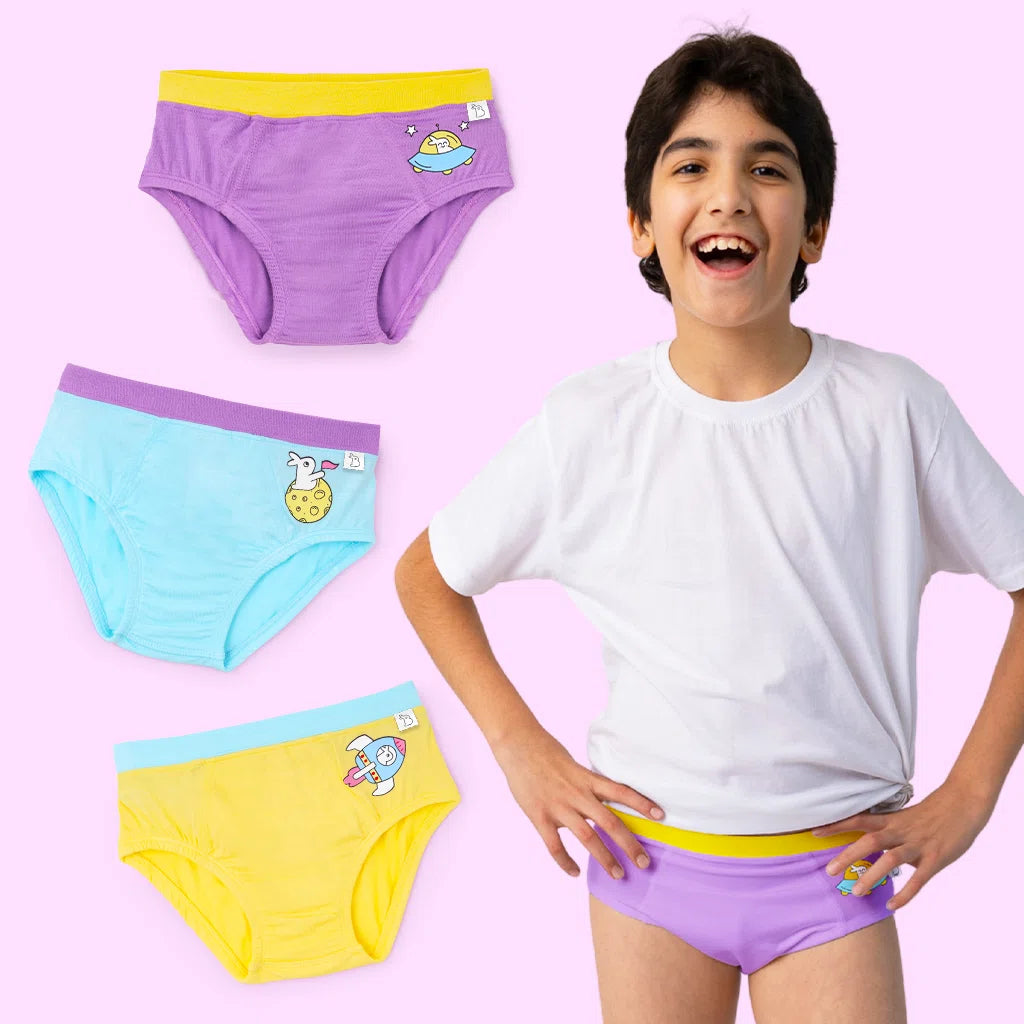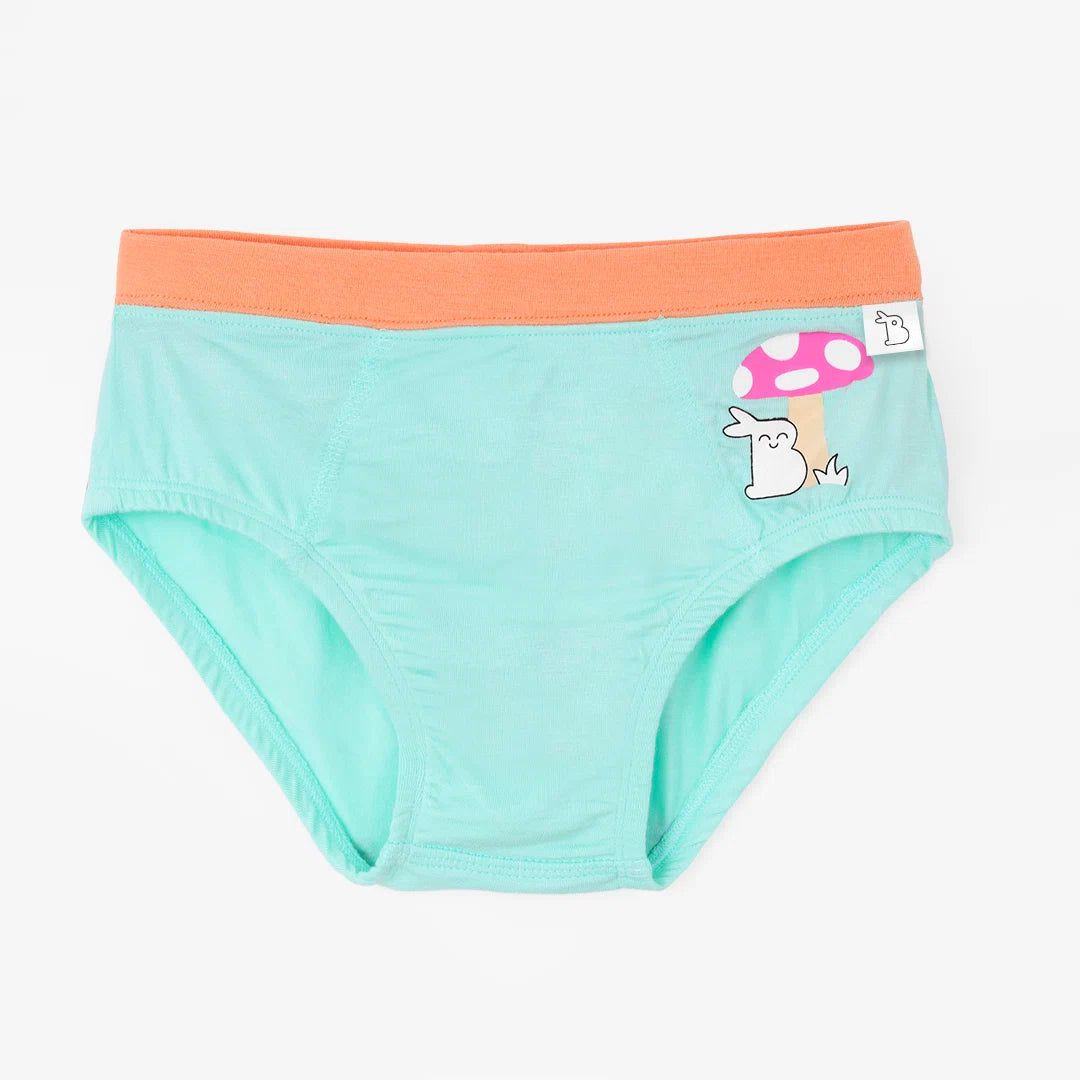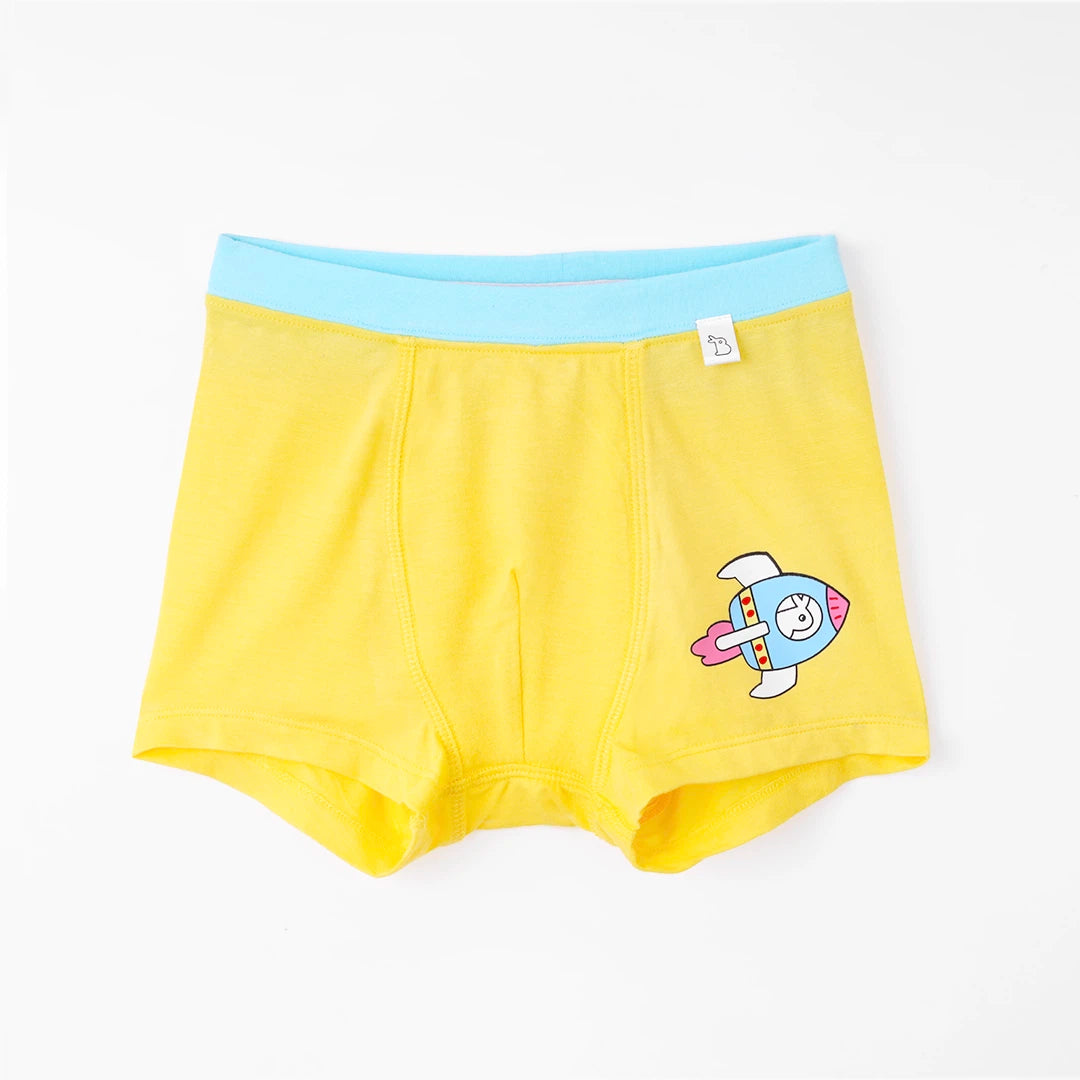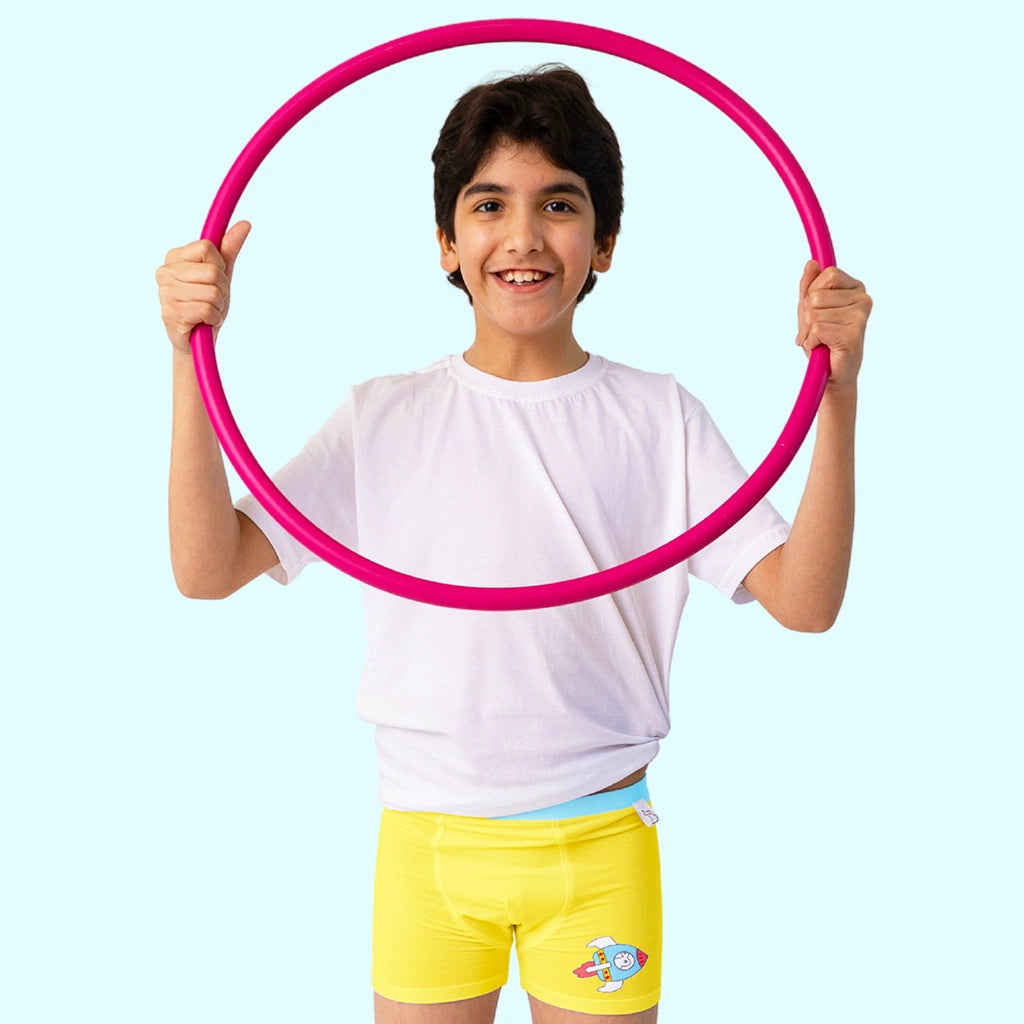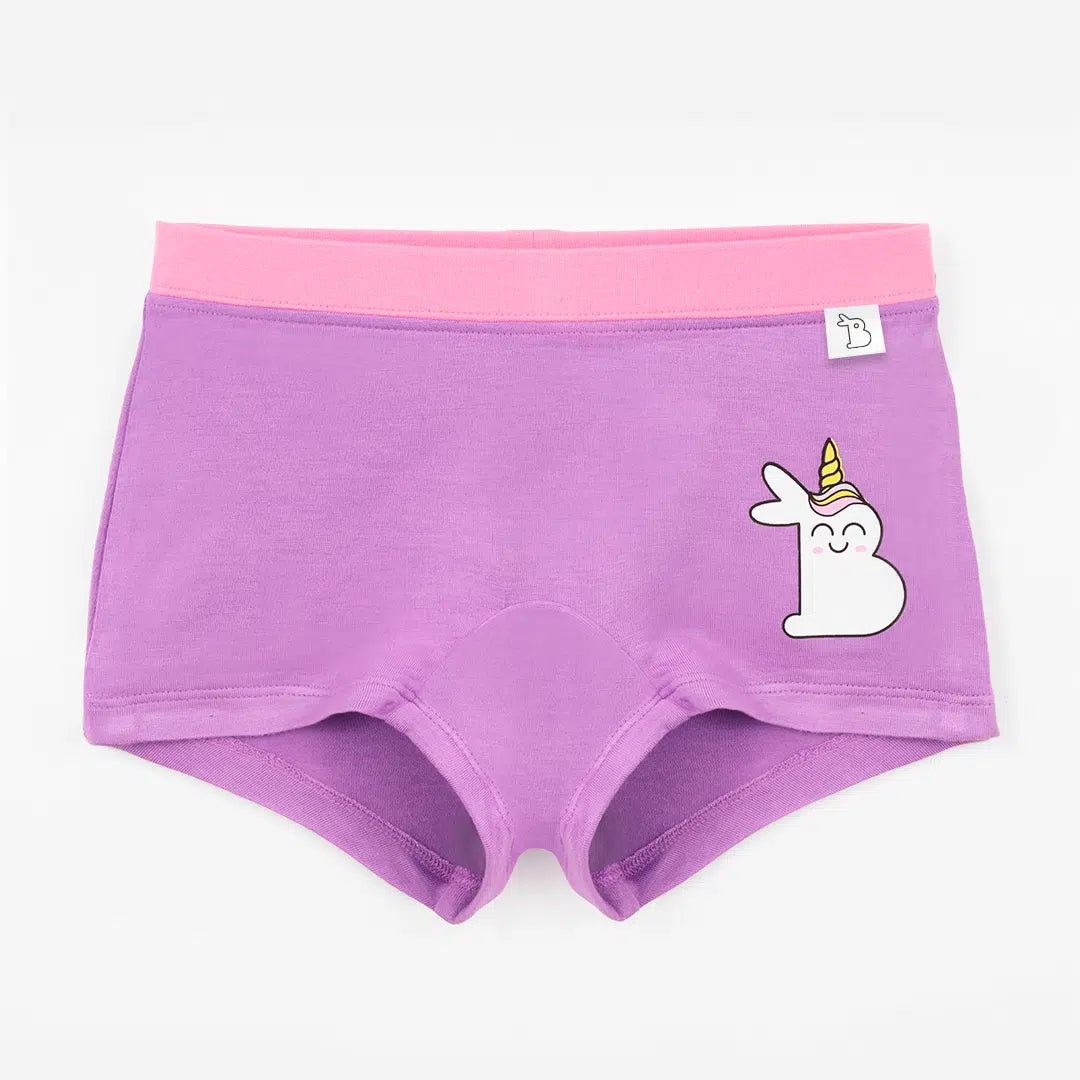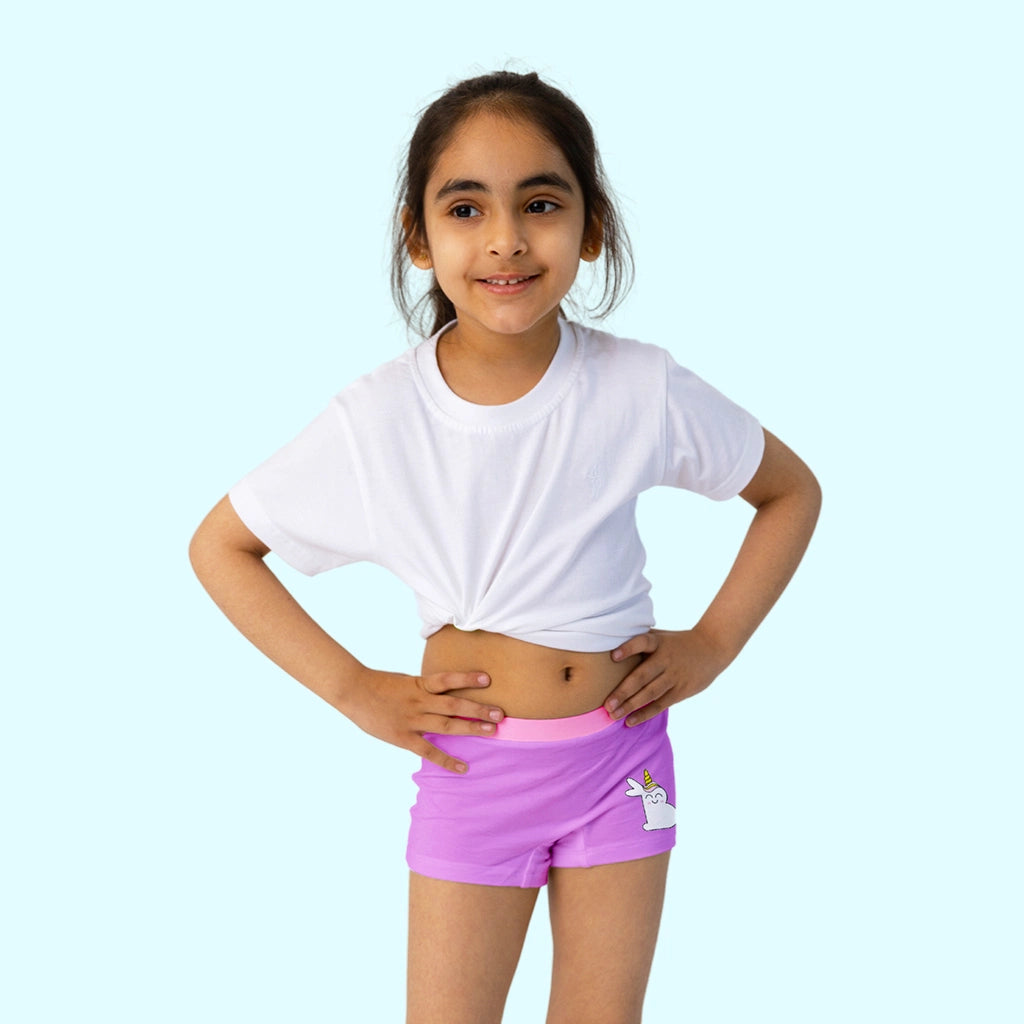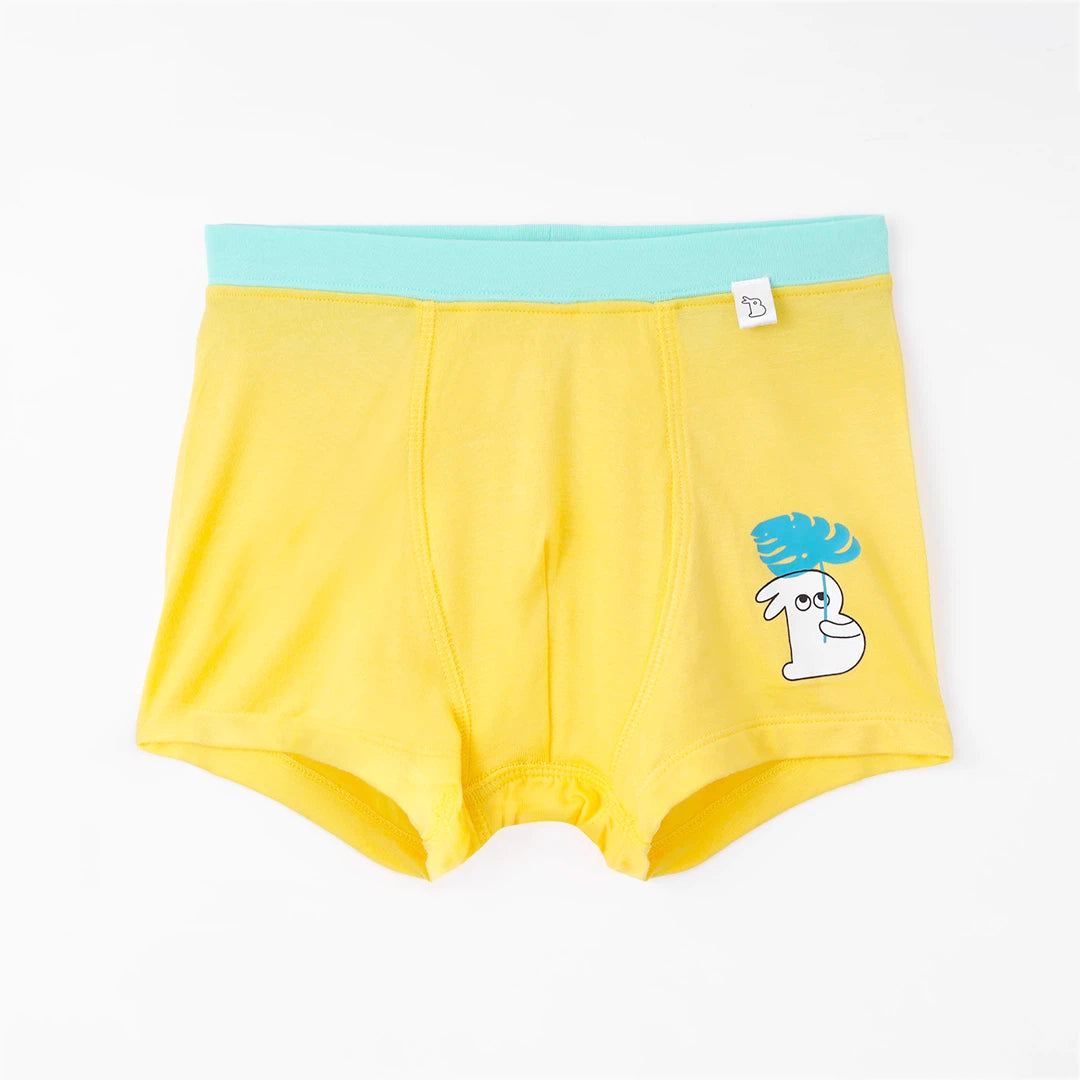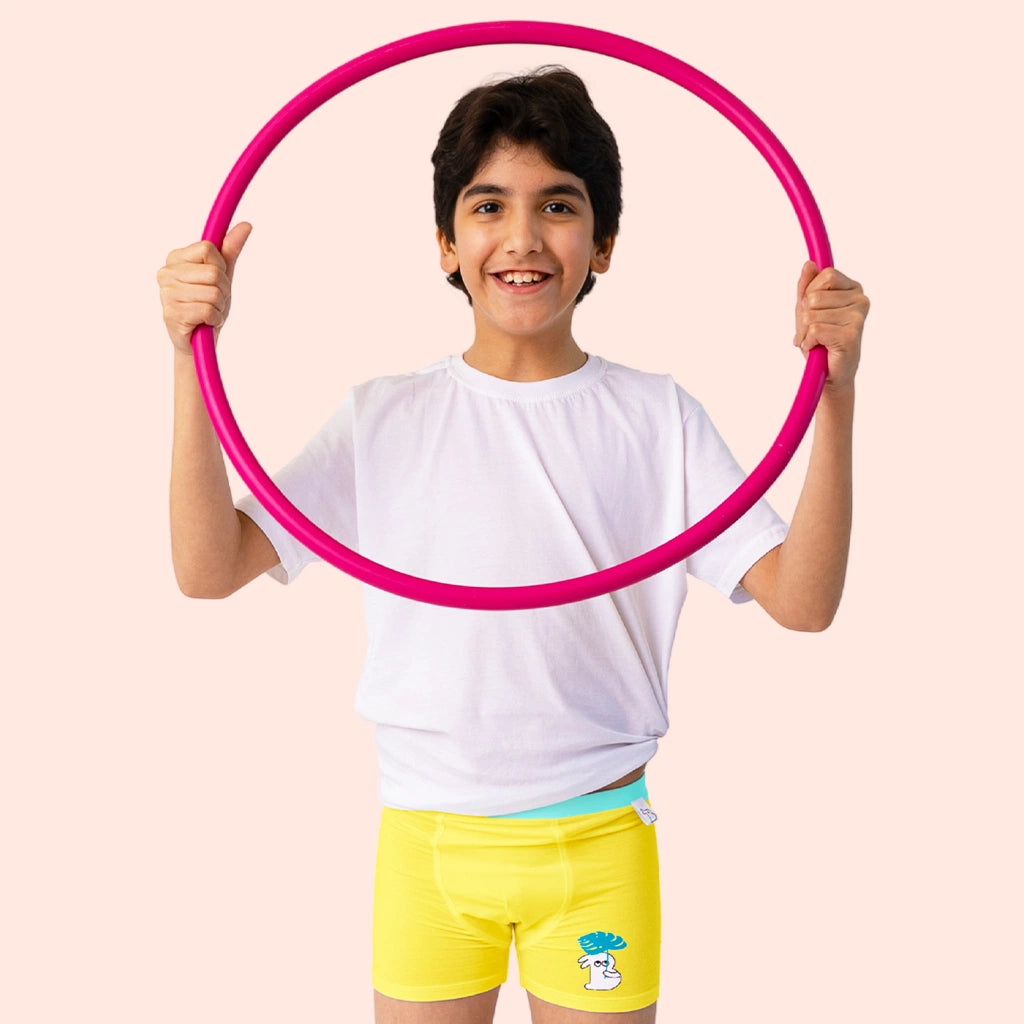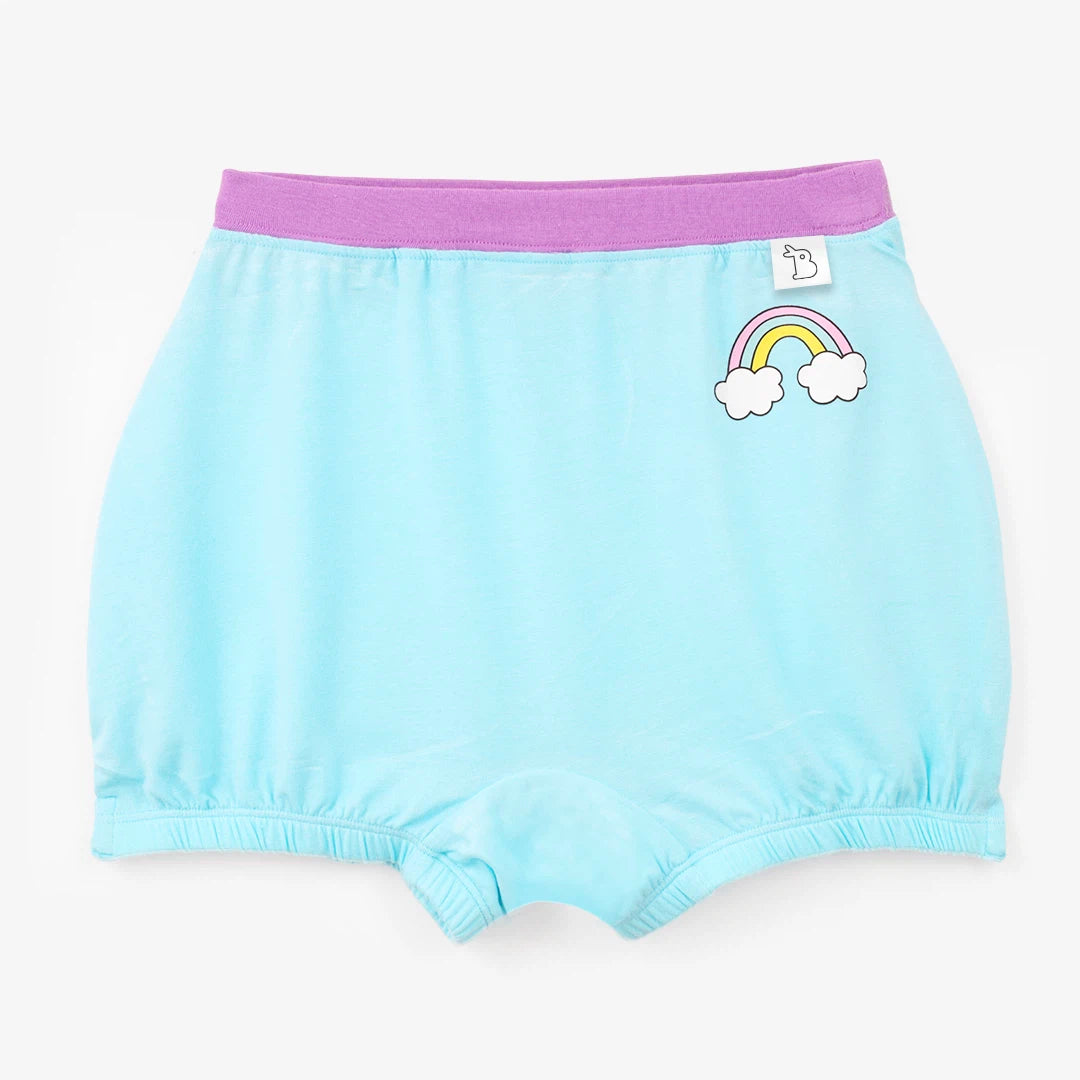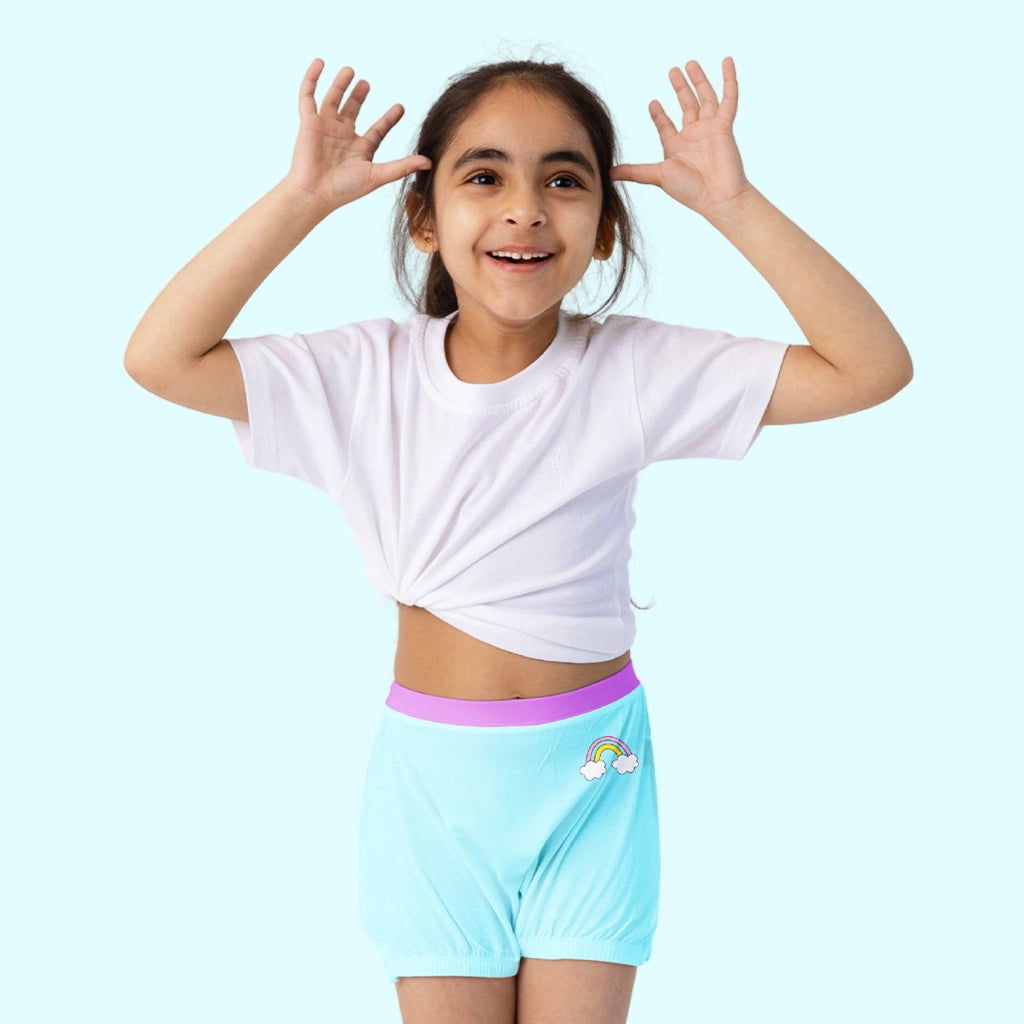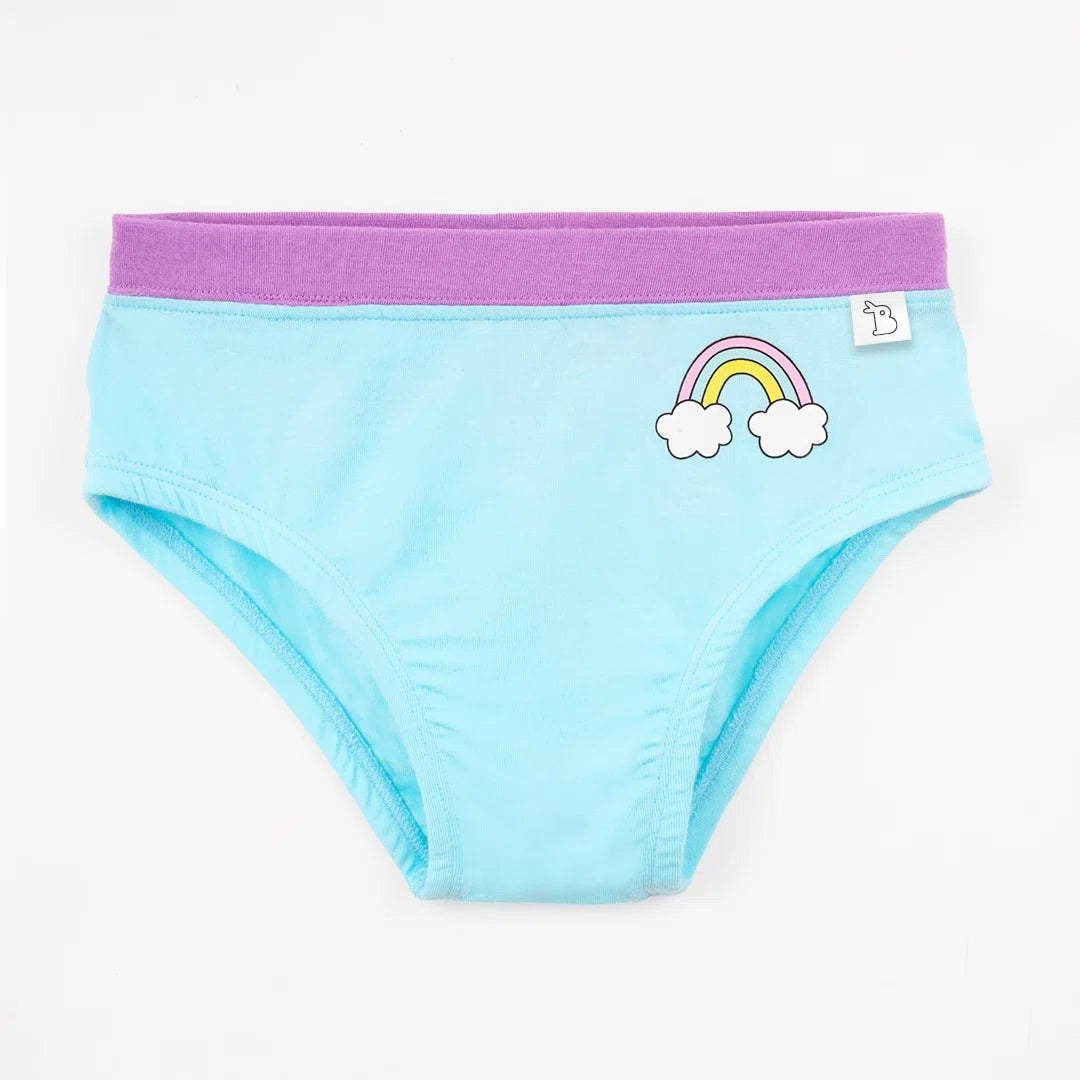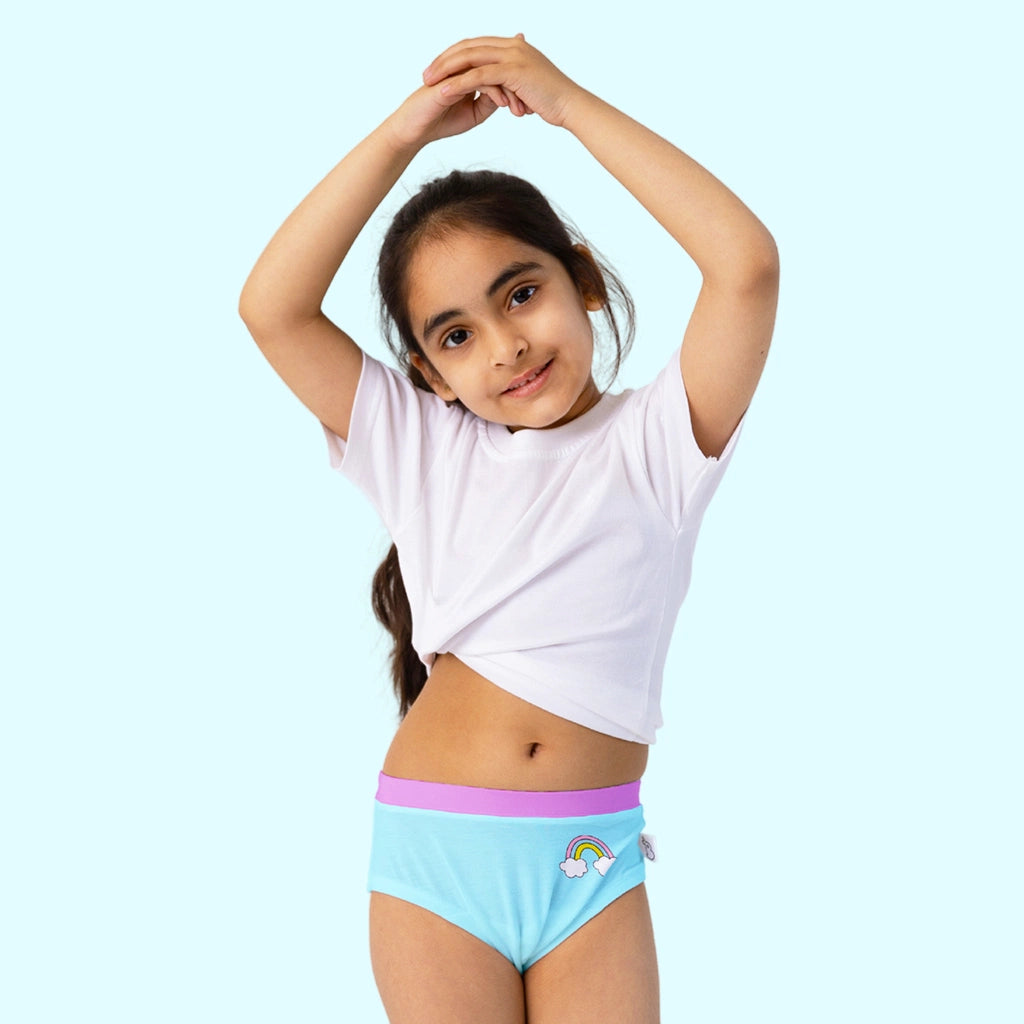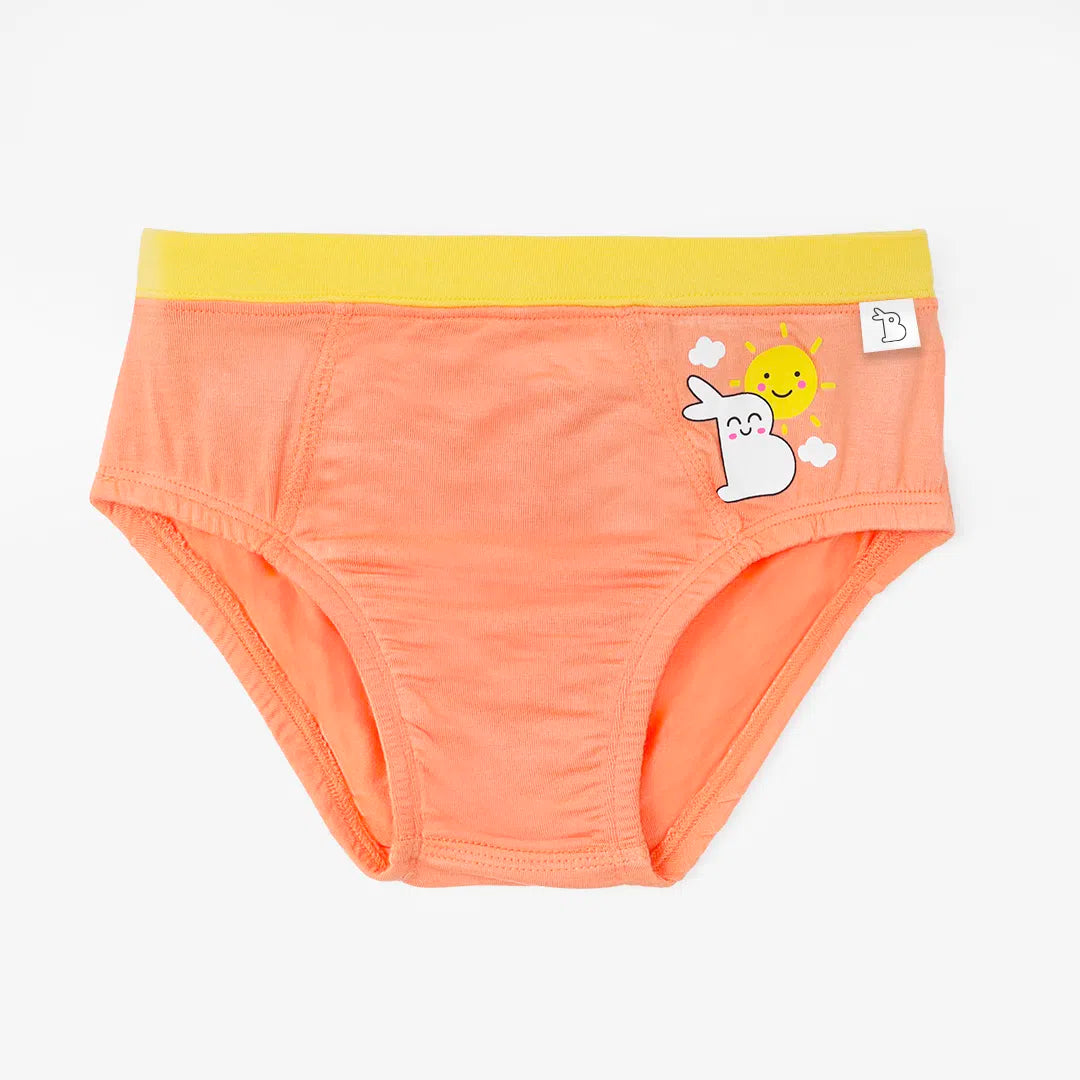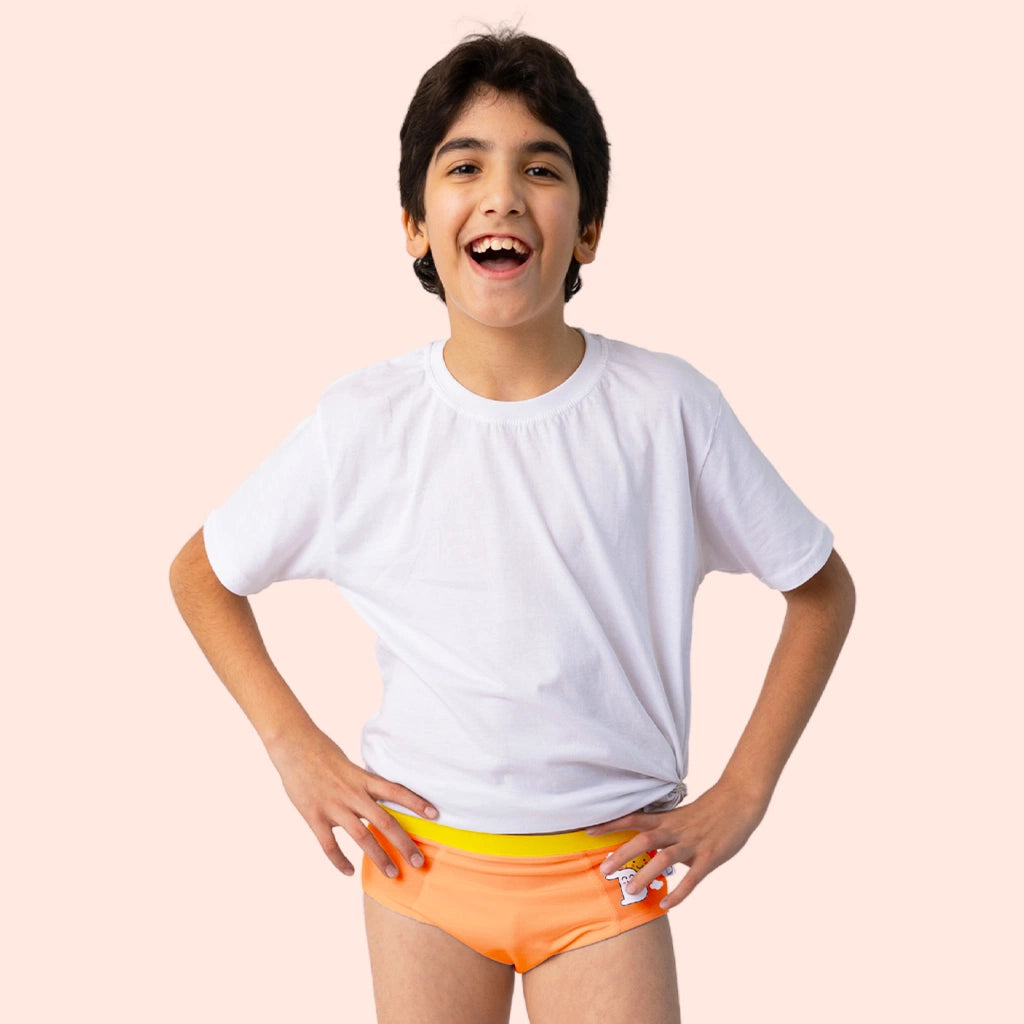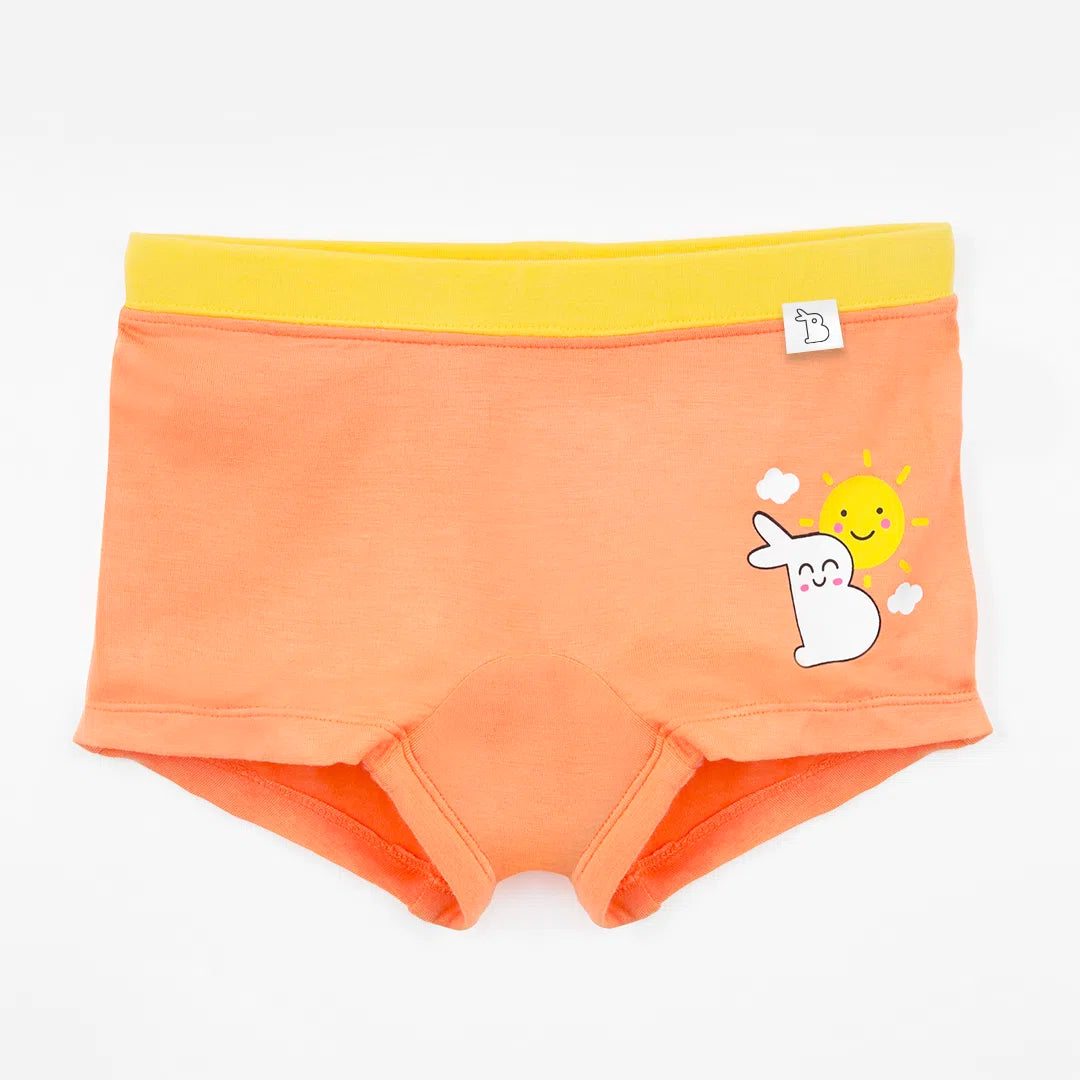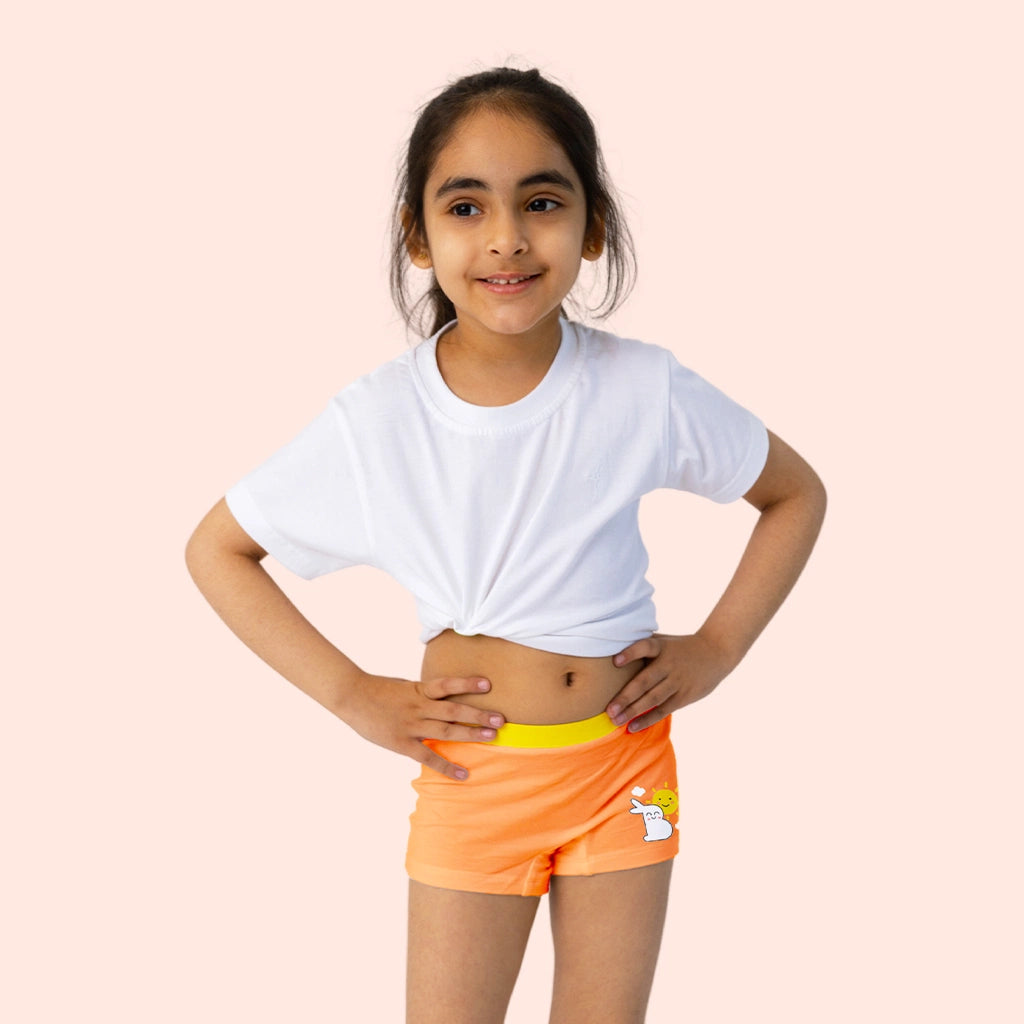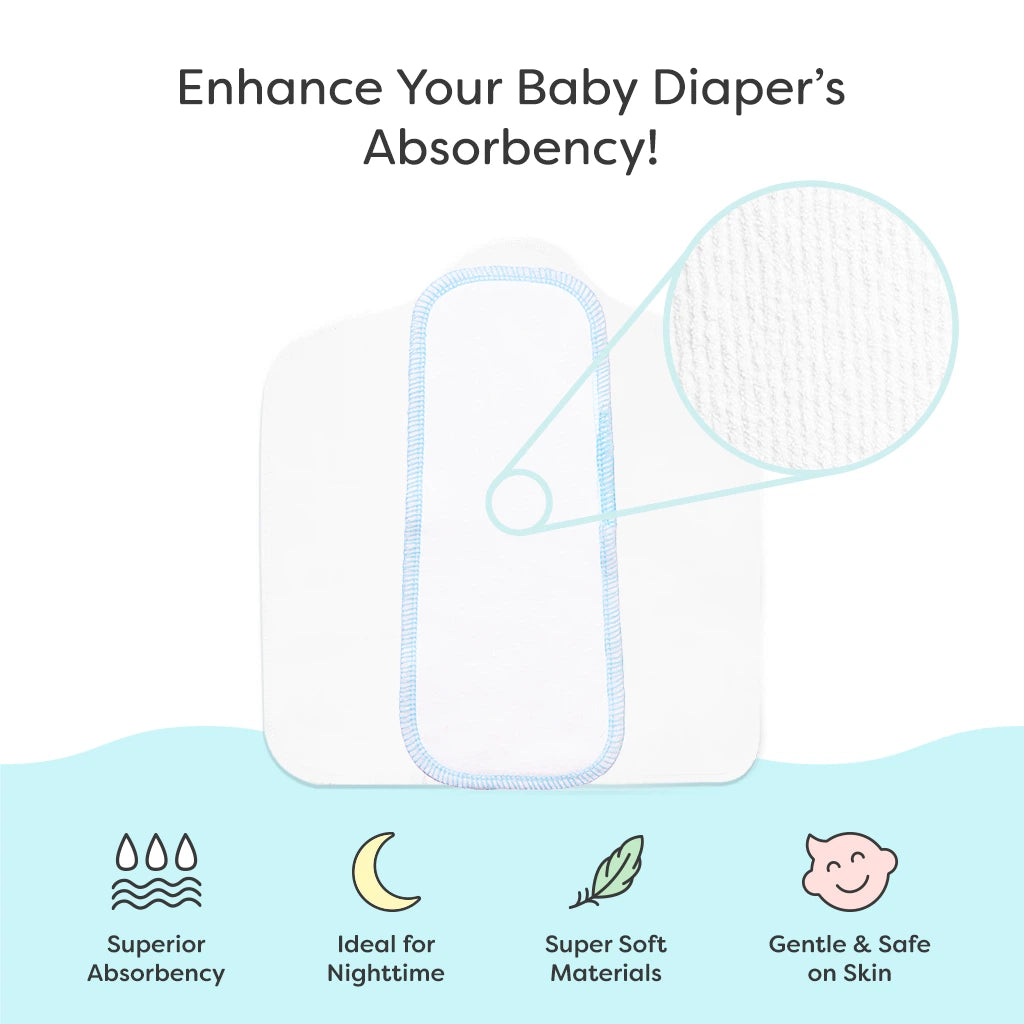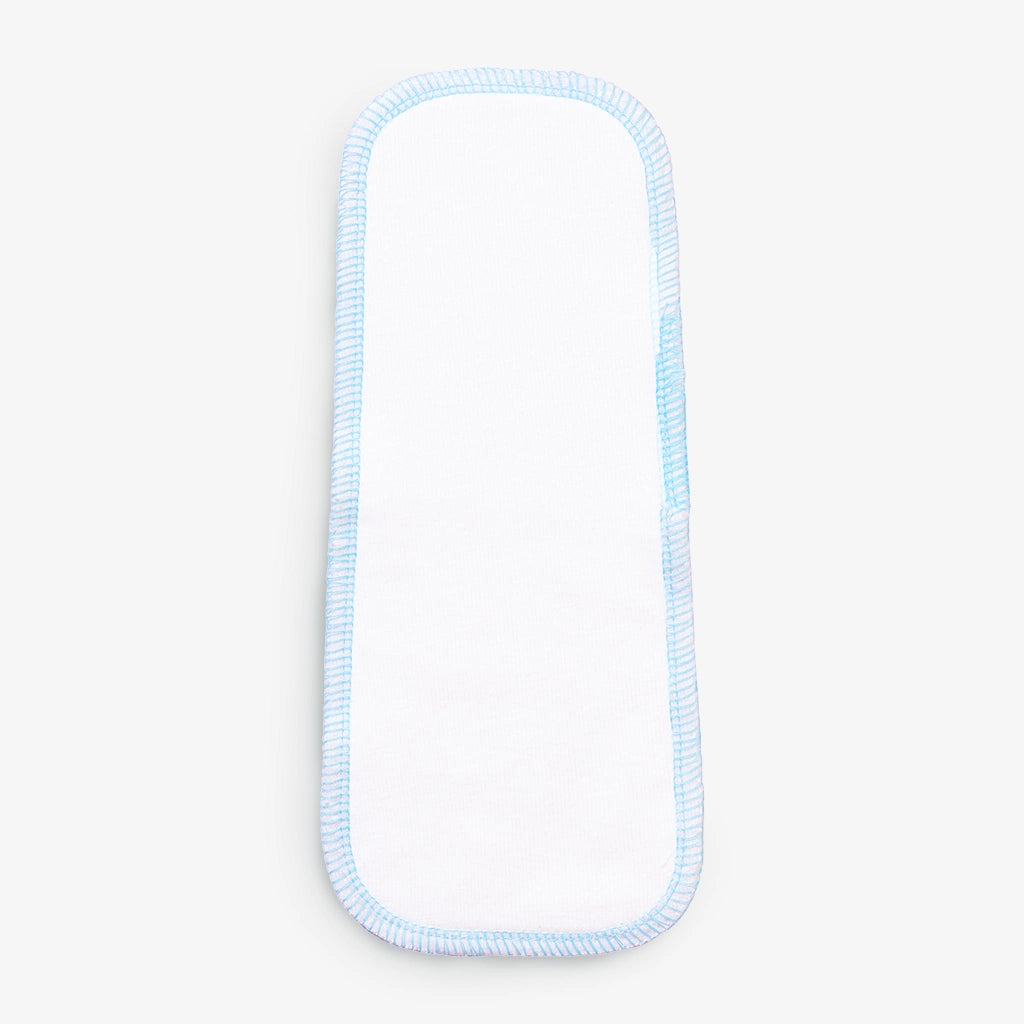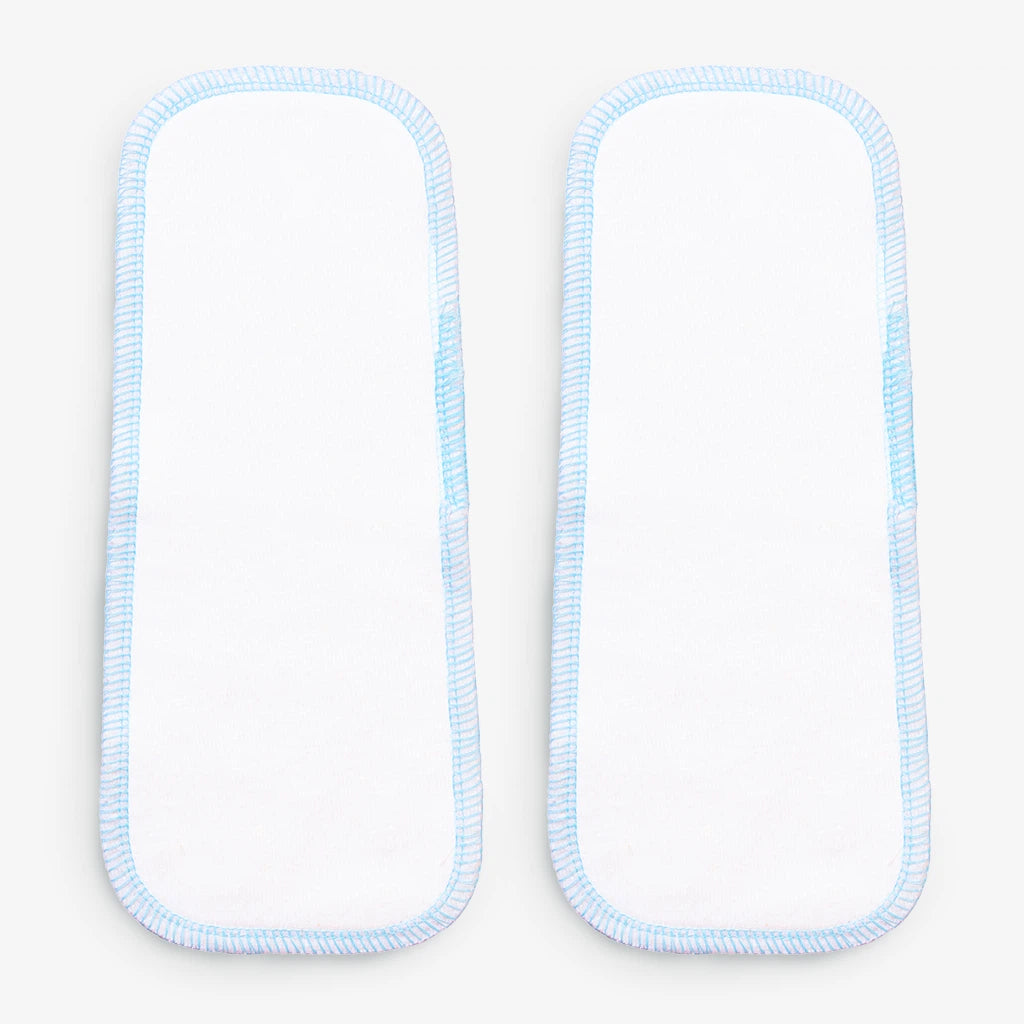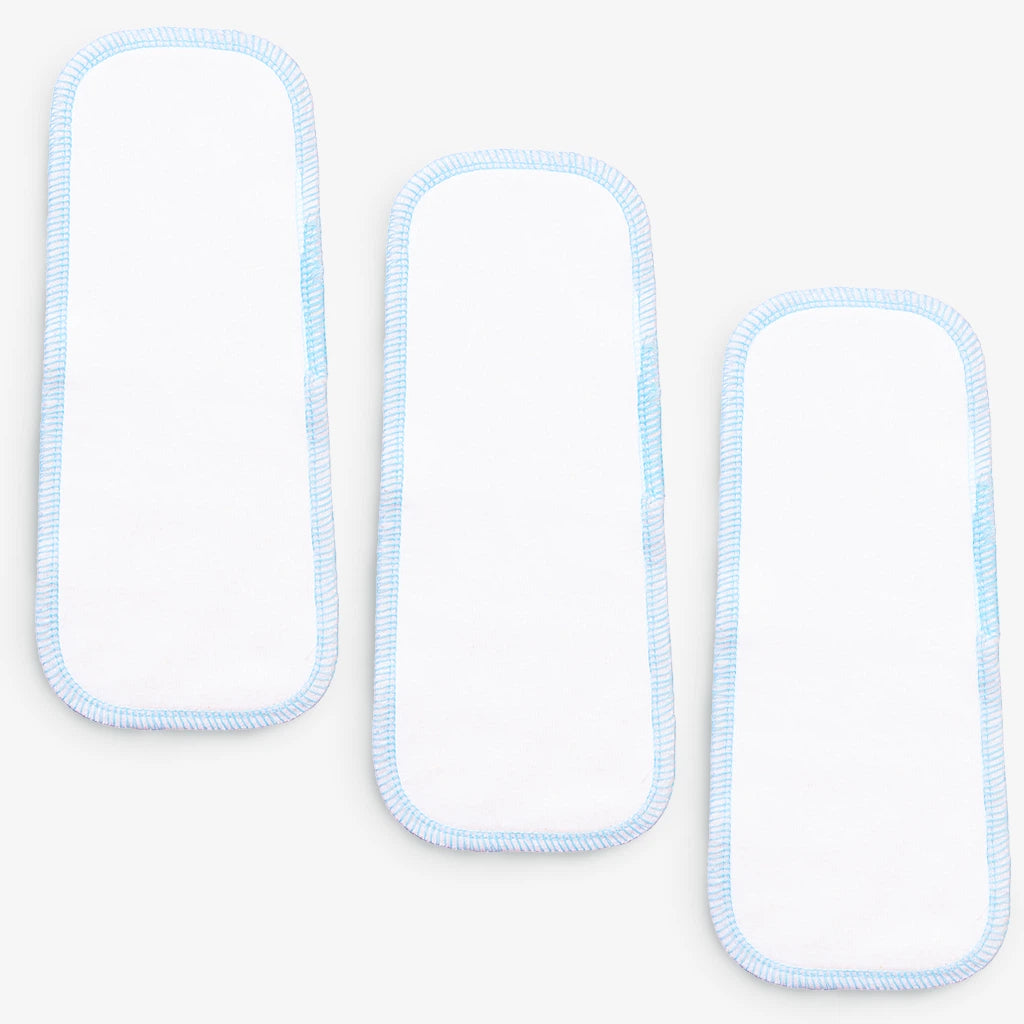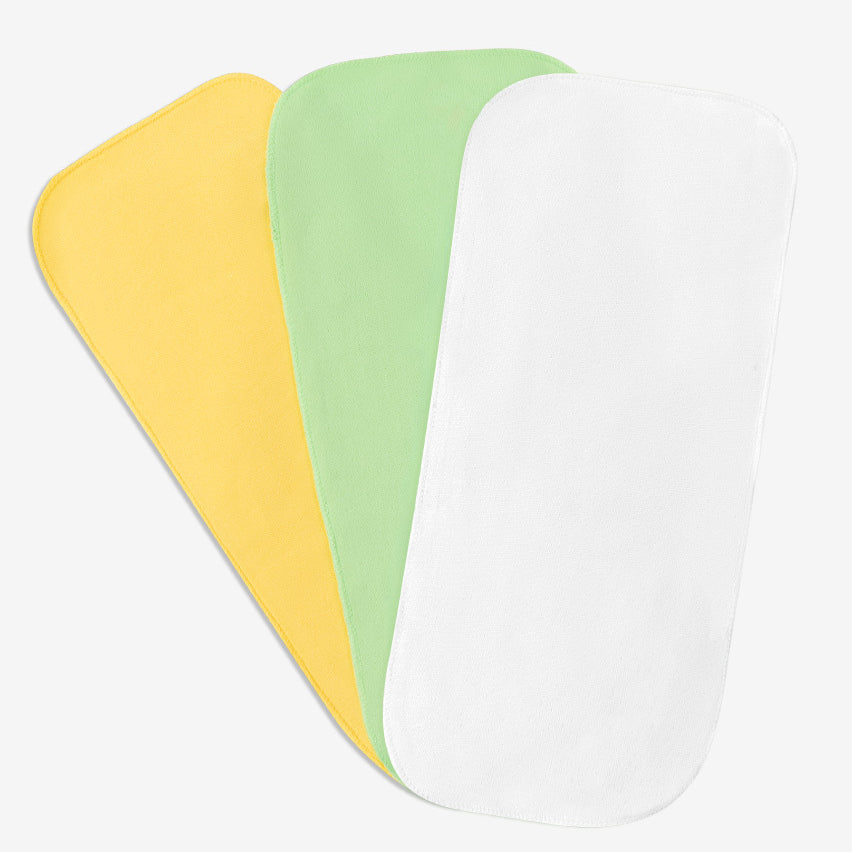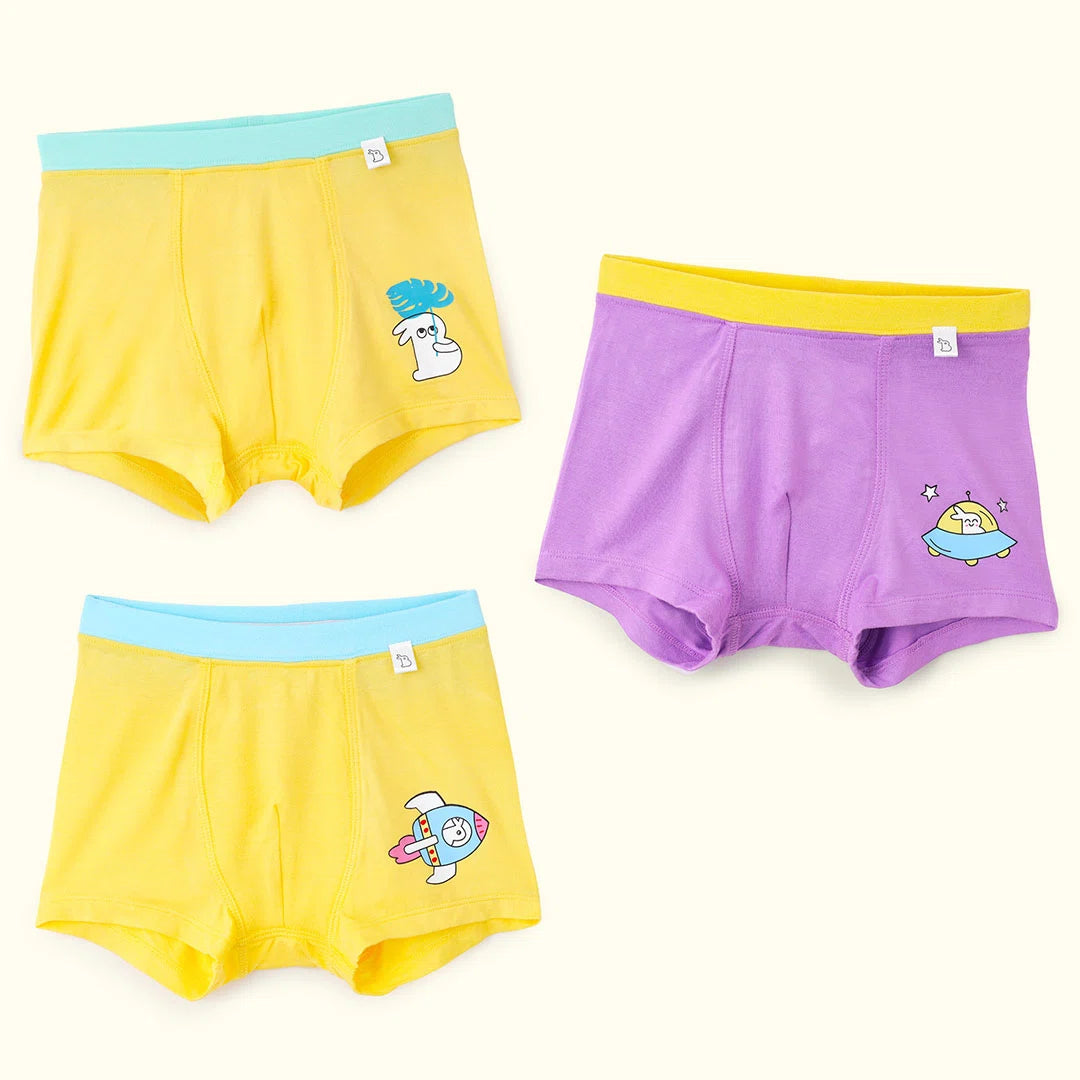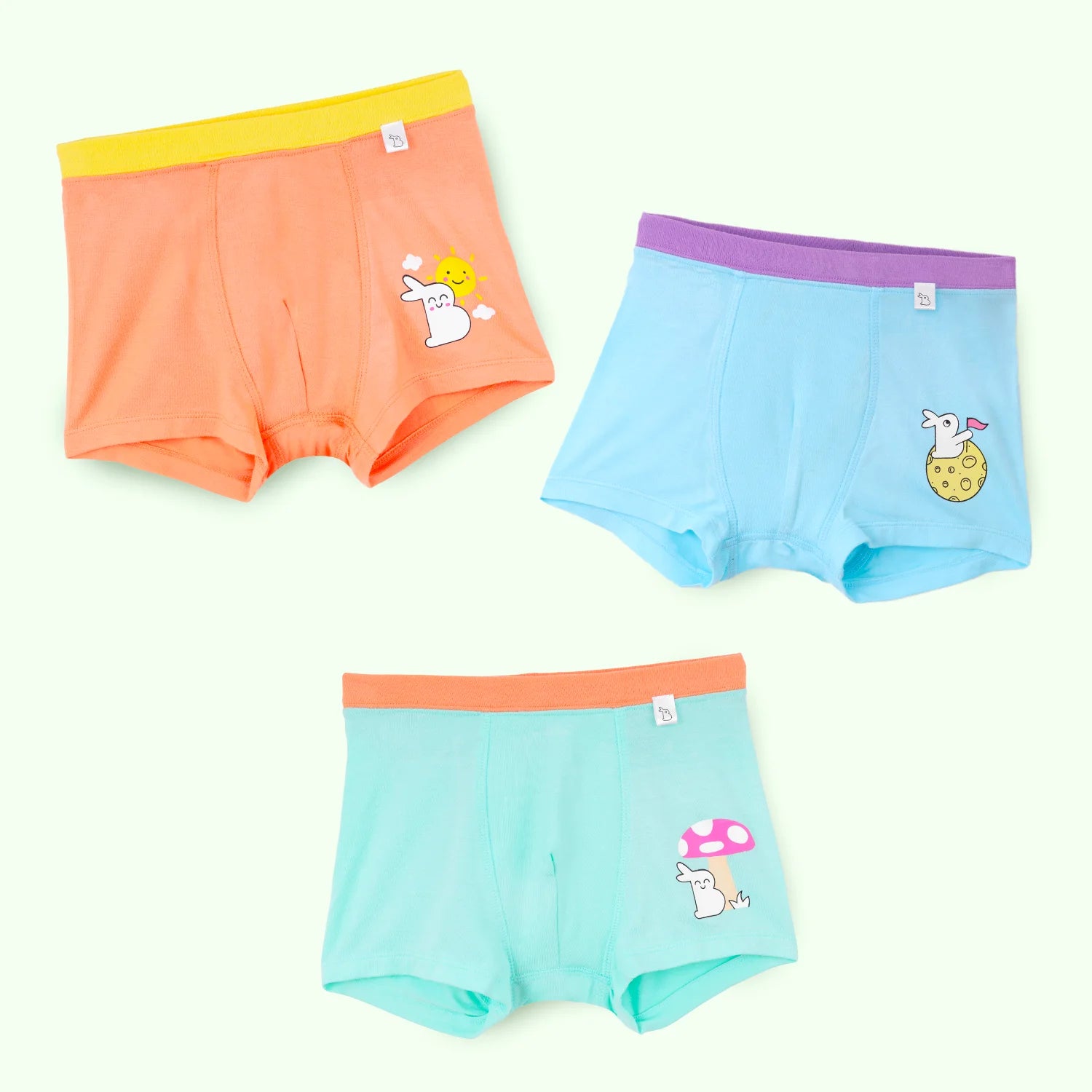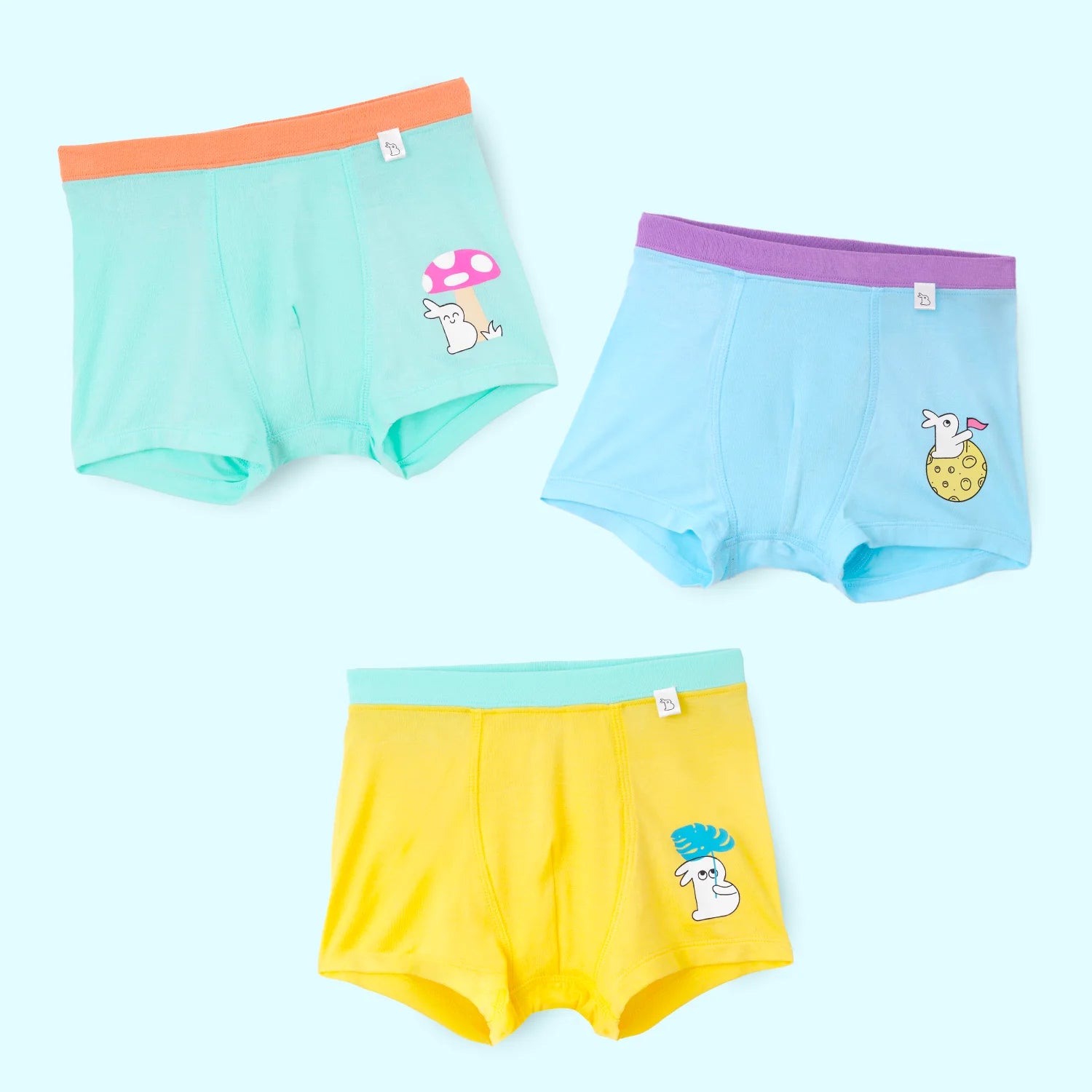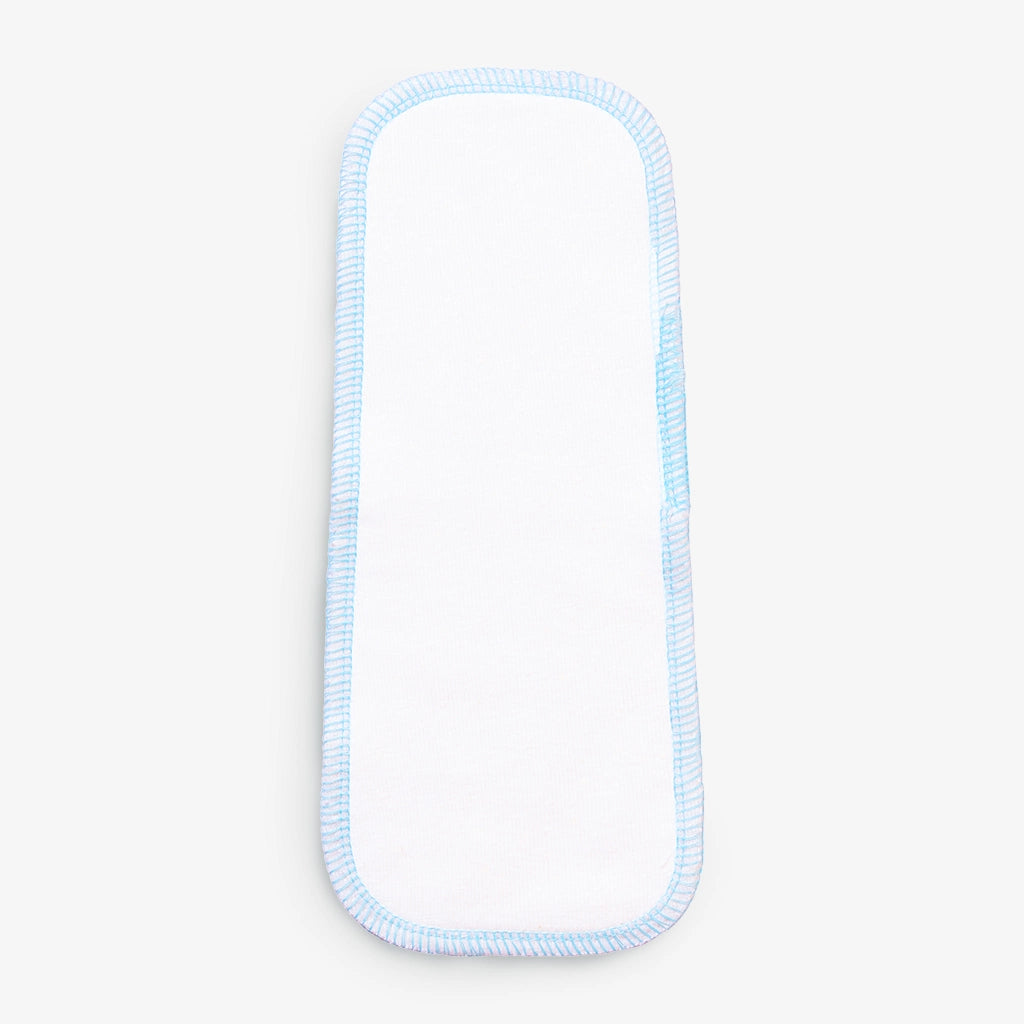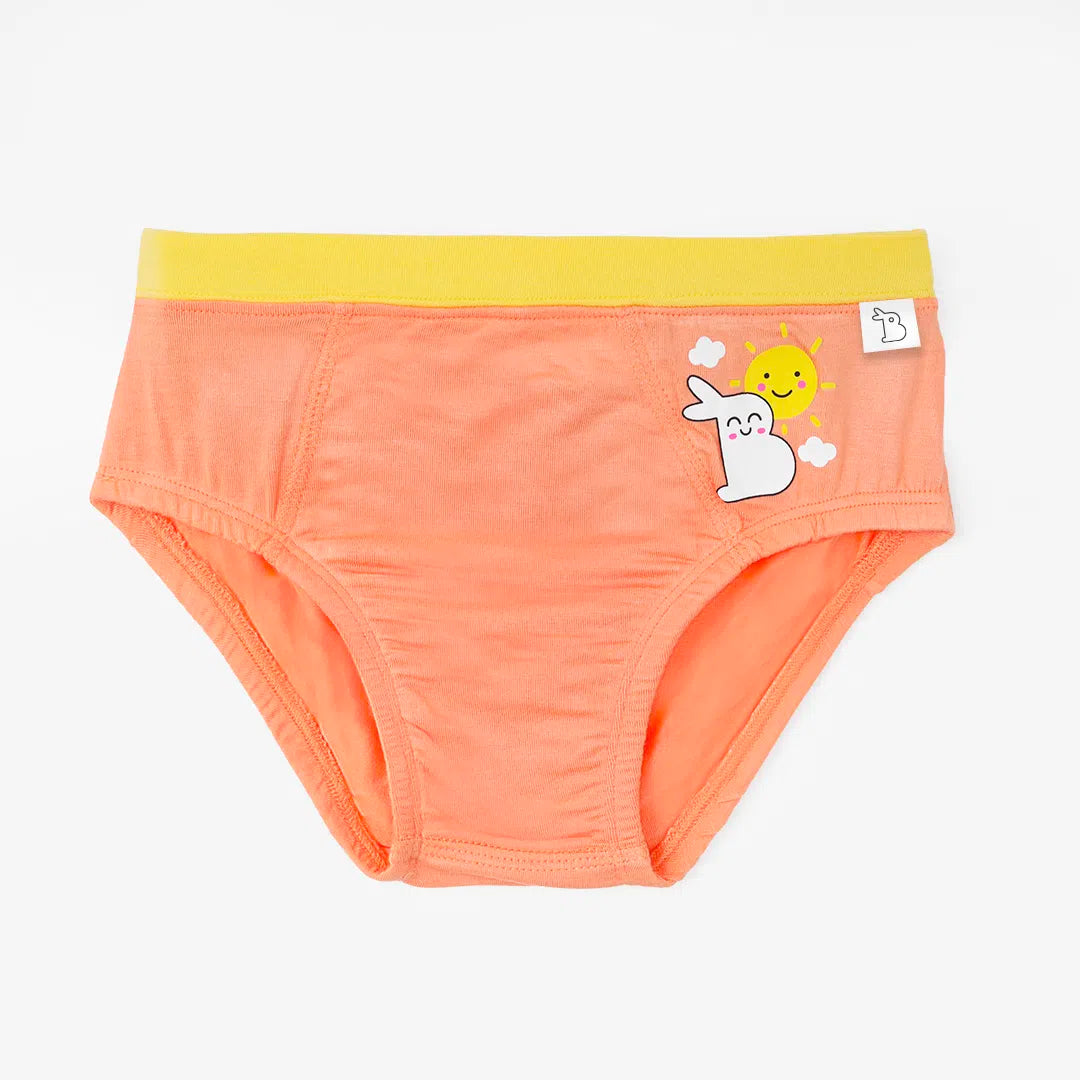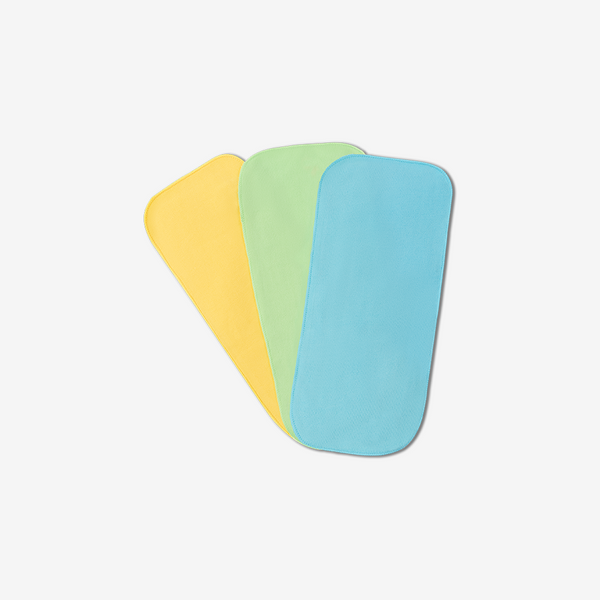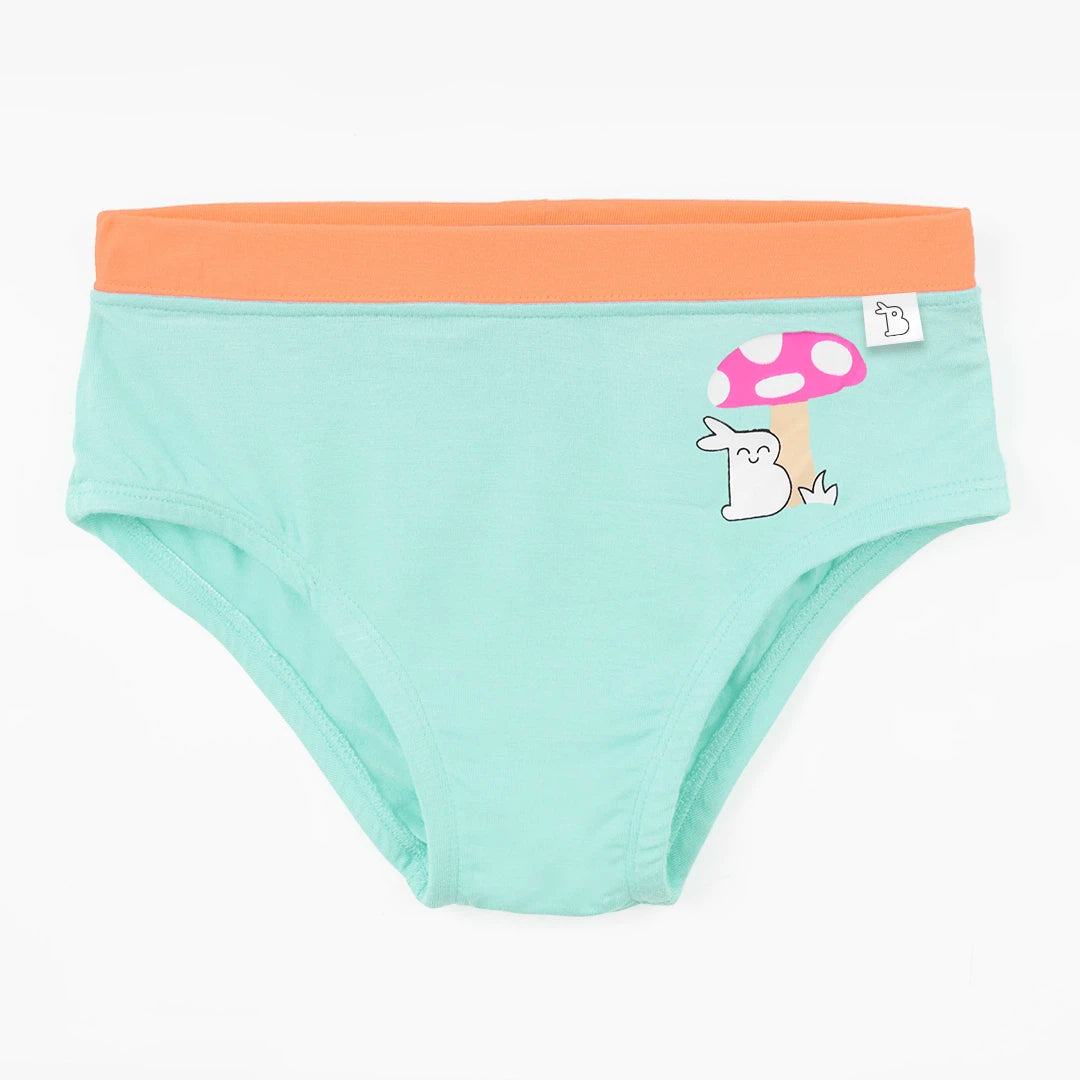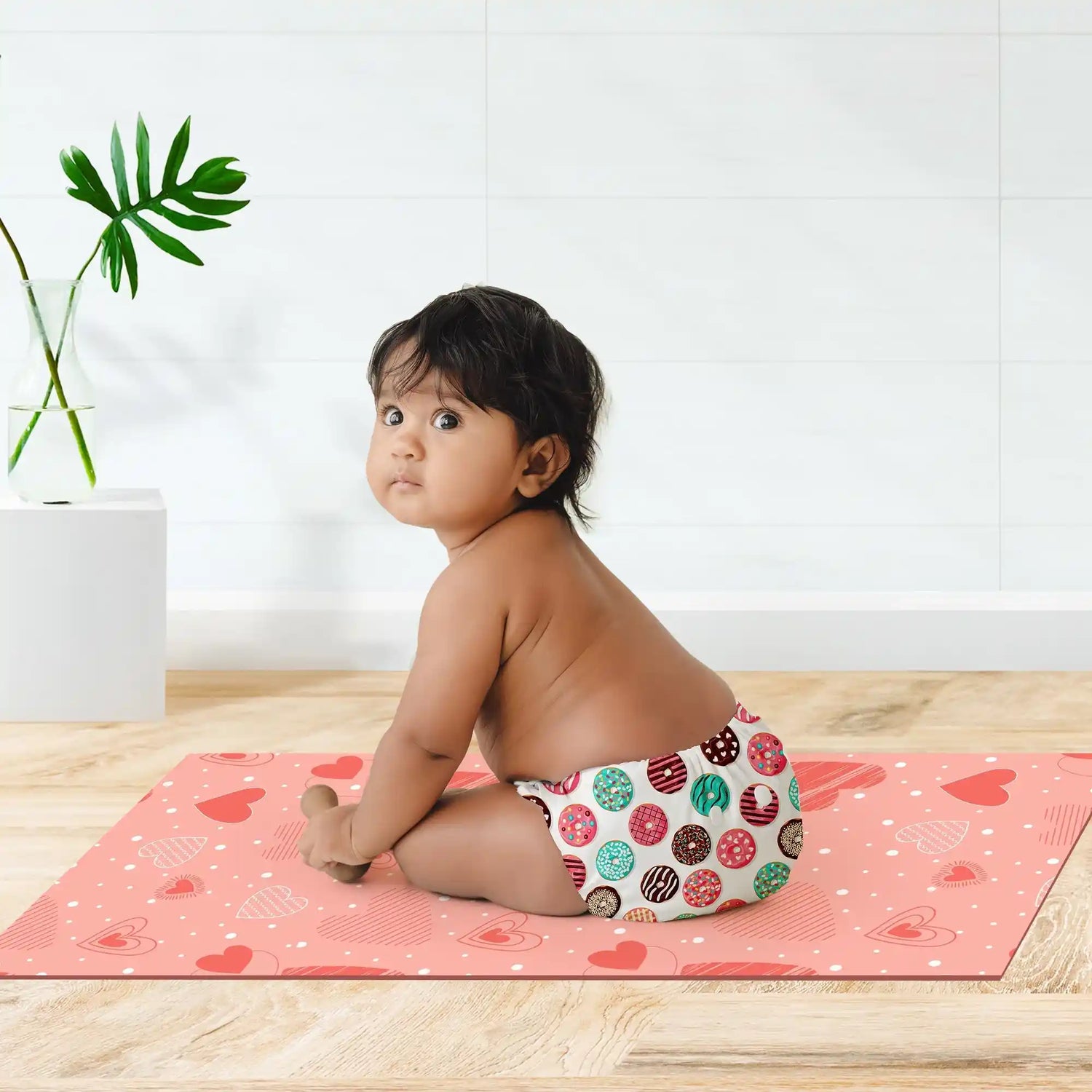Kids potty training is a significant milestone in your child's development. Through this article, let's explore the essential aspects of this journey such as the best potty training pants, types of potty training, when to start potty training, etc.
What is Potty Training?
Potty training, also known as toilet training, is the process of teaching a child to use a toilet for urination and bowel movements. This developmental milestone typically occurs during the toddler years when a child begins to transition from using diapers to using the toilet.
Kids potty training involves teaching a child to recognize the sensation of needing to go to the bathroom, understanding how to use a toilet, and developing the ability to control their bladder and bowel movements.
When to Start Potty Training
Potty training is a gradual process that typically begins between 18 and 24 months. However, every child is different, so look for signs of readiness like showing interest in the toilet or having longer periods of dry diapers. Potty training is crucial for your child's independence and hygiene. It helps them transition from cloth diapers to using the toilet, fostering a sense of accomplishment and boosting their confidence.
How to Start Potty Training
• Introduce the Potty: Start by placing a small potty in the bathroom. Let your child get familiar with it and see it as a friendly tool.
• Create a Routine: Establish a consistent schedule for potty breaks, like after meals or when waking up. Routine helps make the process predictable.
• Positive Reinforcement: Encourage your child with praise and positive reinforcement. Celebrate small victories, and be patient through setbacks.
Potty Training Pants and Underwear:
Embarking on the potty-training journey with cloth pants and underwear is a significant step toward independence for your little one. Introduce the best potty training underwear gradually once your child shows interest and readiness.
Choose soft, breathable materials for maximum comfort. Opt for Diaper Pants that are easy for your child to pull up and down independently.
Select pants with enough absorbency to manage small accidents while promoting awareness. Look for potty training underwear like SuperBottoms Padded Underwear made from comfortable, breathable fabrics like cotton. Choose potty-training underwear with fun designs to make the process exciting for your child.
Types of Potty Training:
There are various approaches to potty training, and the effectiveness of each method can depend on the child's personality, readiness, and the family's preferences. Here are some common types of potty training methods:
Child-Oriented Training:
• Overview: This method allows the child to take the lead, emphasizing their cues and readiness.
• How It Works: Parents observe signs of readiness in the child, such as showing interest in the potty or expressing discomfort with wet diapers.
• Pros: Generally, less stressful for the child, as they initiate the process.
• Cons: Progress may be slower, and accidents might occur more frequently.
Scheduled Training:
• Overview: Potty breaks are scheduled at regular intervals throughout the day.
• How It Works: Parents set specific times for the child to use the potty, regardless of whether they show signs of needing to go.
• Pros: Creates a predictable routine, which can be helpful for some children.
• Cons: May not align with a child's natural cues, and some children may resist a fixed schedule.
Combined Approach:
• Overview: A flexible combination of child-oriented and scheduled training methods.
• How It Works: Parents pay attention to the child's cues while maintaining a structured routine for potty breaks.
• Pros: Strikes a balance between child-initiated and parent-led approaches.
• Cons: Requires adaptability and responsiveness to the child's needs.
Incentive-Based Training:
• Overview: Rewards or incentives are used to motivate the child to use the potty.
• How It Works: Positive reinforcement, such as stickers, small treats, or praise, is given when the child successfully uses the potty.
• Pros: Provides immediate positive feedback, encouraging the child to repeat successful behaviors.
• Cons: Some critics argue that this method may not address the underlying readiness of the child.
Gradual Training:
• Overview: Potty training is introduced gradually, allowing the child to get accustomed to the process at their own pace.
• How It Works: Parents slowly introduce the concept of using the potty, starting with sitting on it fully clothed and progressing to using it without diapers.
• Pros: Reduces the potential for stress and resistance.
• Cons: Progress may be slower, and the transition to full independence can take time.
Choosing a potty training method depends on the child's personality, developmental readiness, and the family's preferences. It's common for parents to adapt and combine different approaches based on what works best for their child. The key is to remain patient, supportive, and consistent throughout the potty training journey.
Potty Training at Night:
Nighttime training usually comes later. Use absorbent baby training pants initially, and limit fluid intake before bedtime. Be consistent with nighttime routines. Encourage your child to use the potty before going to bed.
Common Challenges in Potty Training:
Expect occasional accidents during the learning process. Stay calm and encourage your child to try again. Some children may resist potty training. Nighttime training often comes later than daytime. Use absorbent training pants initially and establish consistent bedtime routines.
Moving from diapers to training pants may be challenging. Establish a routine for potty breaks to create predictability. Some children may be afraid of the toilet. Introduce the potty gradually, allowing your child to get comfortable.
Toddlers may struggle to express their needs. Encourage open communication and pay attention to cues. Look for cues like increased interest in the toilet and longer periods of dry diapers. Remember, every child is unique, and these challenges are a natural part of the potty training journey. Stay patient, offer positive reinforcement, and celebrate small victories to make the process smoother for both you and your child.
|
Limited Offers Ending Sooner - BUY NOW Now or never offers live on the SuperBottoms website. Take advantage of the never-before Good Value for Money on our offer page! Stock up on the bestselling UNO diapers, accessories and other popular SuperBottoms baby and mom products now available in deals and discounts. HURRY, the Deals are Live till stocks last! |
Celebrate Success:
Kids' potty training success is a significant achievement for your little one, and celebrating these milestones plays a crucial role in fostering confidence and motivation. When your child successfully uses the potty, shower them with enthusiastic cheers. Make it a joyful experience that they'll look forward to.
Celebrate each success, whether big or small. It could be a special song, dance, or a high-five. Boost your child's confidence by acknowledging their achievements. This positivity fosters a healthy attitude towards the potty.
Key Takeaways:
1• Potty training is a unique journey for every child.
2• Knowing when to start, understanding the importance, and choosing the right approach can make this developmental stage smoother for both you and your little one.
3• Embrace the challenges, celebrate the victories, and create a positive and supportive environment throughout this exciting process.
Frequently Asked Questions
1. When should I start potty training my child?
Ans. Potty training typically begins between 18 and 24 months, but readiness cues vary. Look for signs like increased interest in the toilet and longer periods of dry diapers.
2. How do I know if my child is ready for potty training?
Ans. Signs of readiness include showing curiosity about the toilet, expressing discomfort with wet diapers, and staying dry for longer periods.
3. How do I handle potty training at night?
Ans. Nighttime training often comes later. Use absorbent potty training pants, limit fluid intake before bedtime, and establish a consistent nighttime routine.
Message From SuperBottoms
Hi there, new parents! No matter where you are around the world or in India, SuperBottoms ensures your kids are using the best and safest products. SuperBottoms offers the best cloth diapers, which are completely safe and gentle for your baby, DryFeel langots for diaper-free time, padded underwear for potty training your kids, and period underwear for women. These products suit your baby delicate skin at any time of year. SuperBottoms is a must-have product for you and your child whether you live in Canada, Kuwait, the United States, Qatar, Hawaii, Bahrain, Armenia, the United Arab Emirates, or the Philippines. SuperBottoms products are also available on Amazon, Myntra, Flipkart, FirstCry, Zepto, Swiggy and Blinkit.



